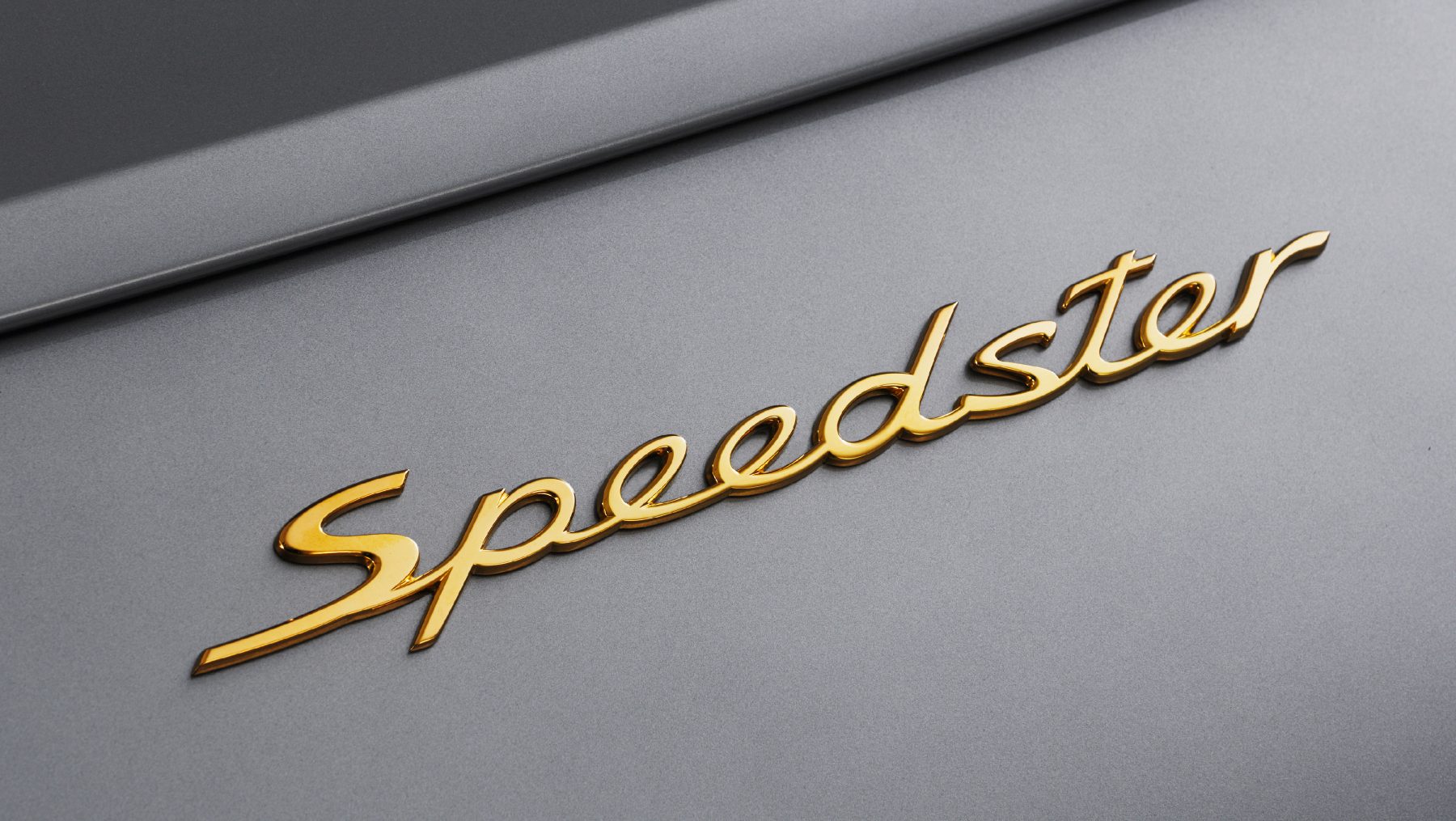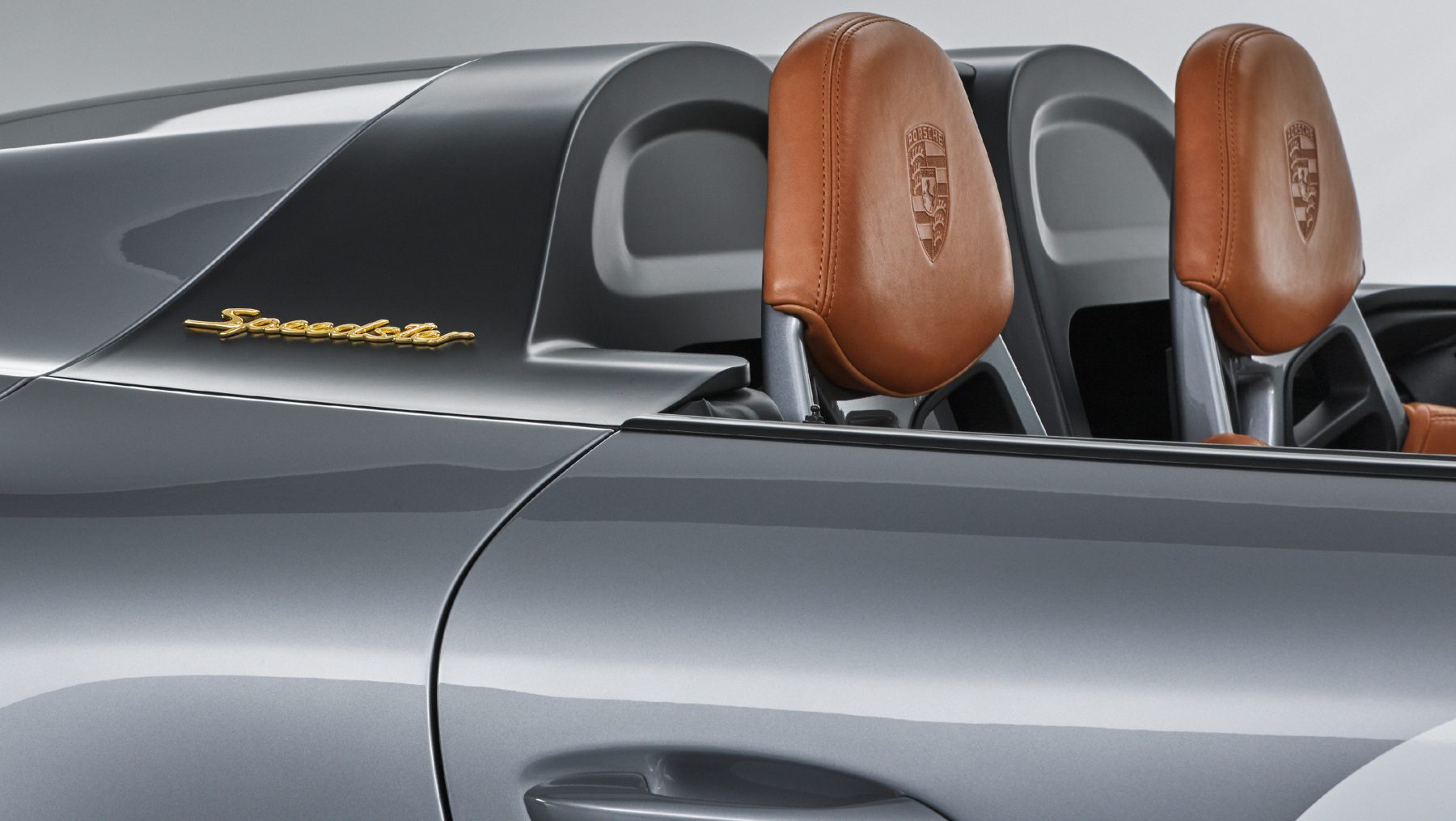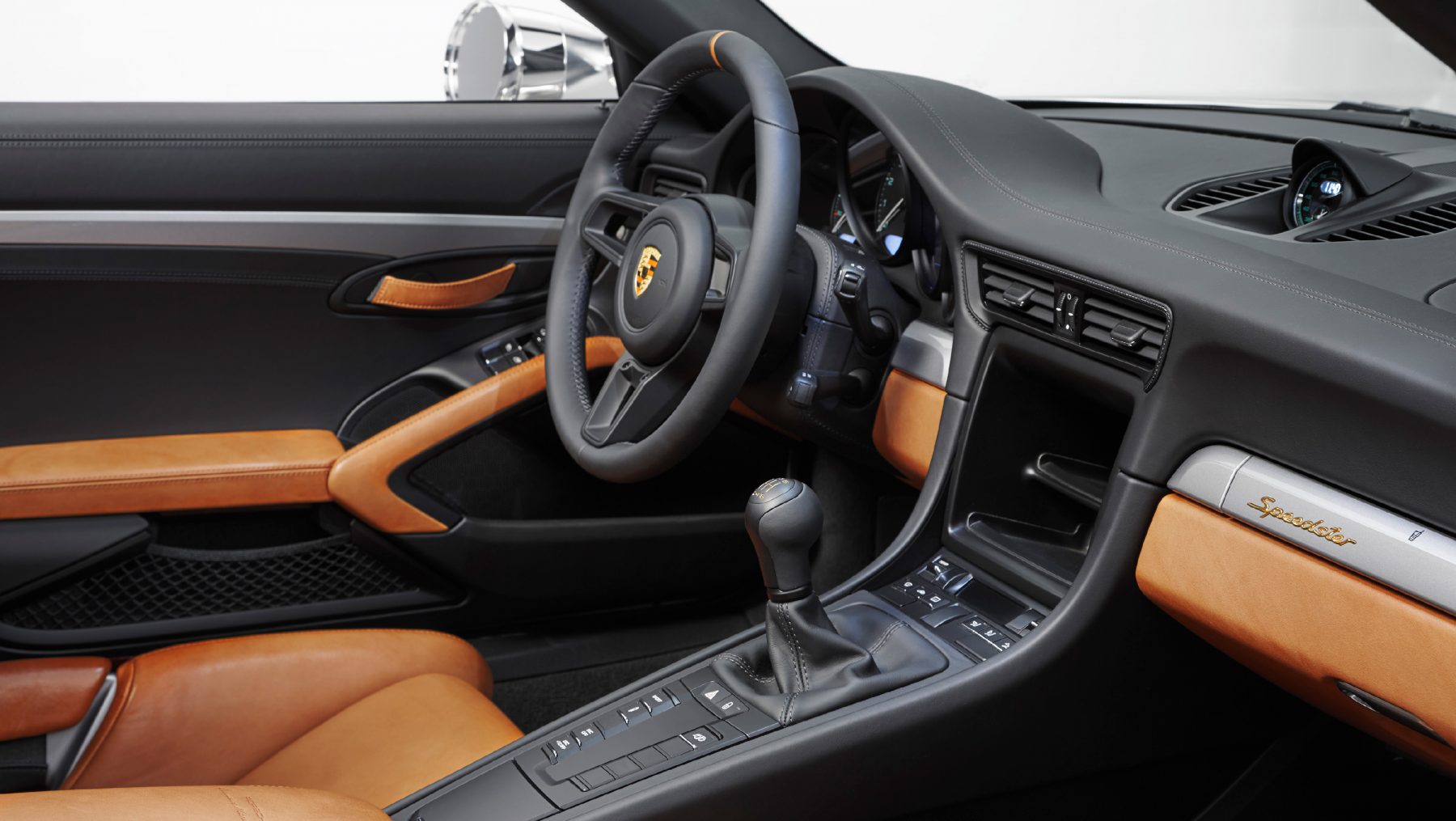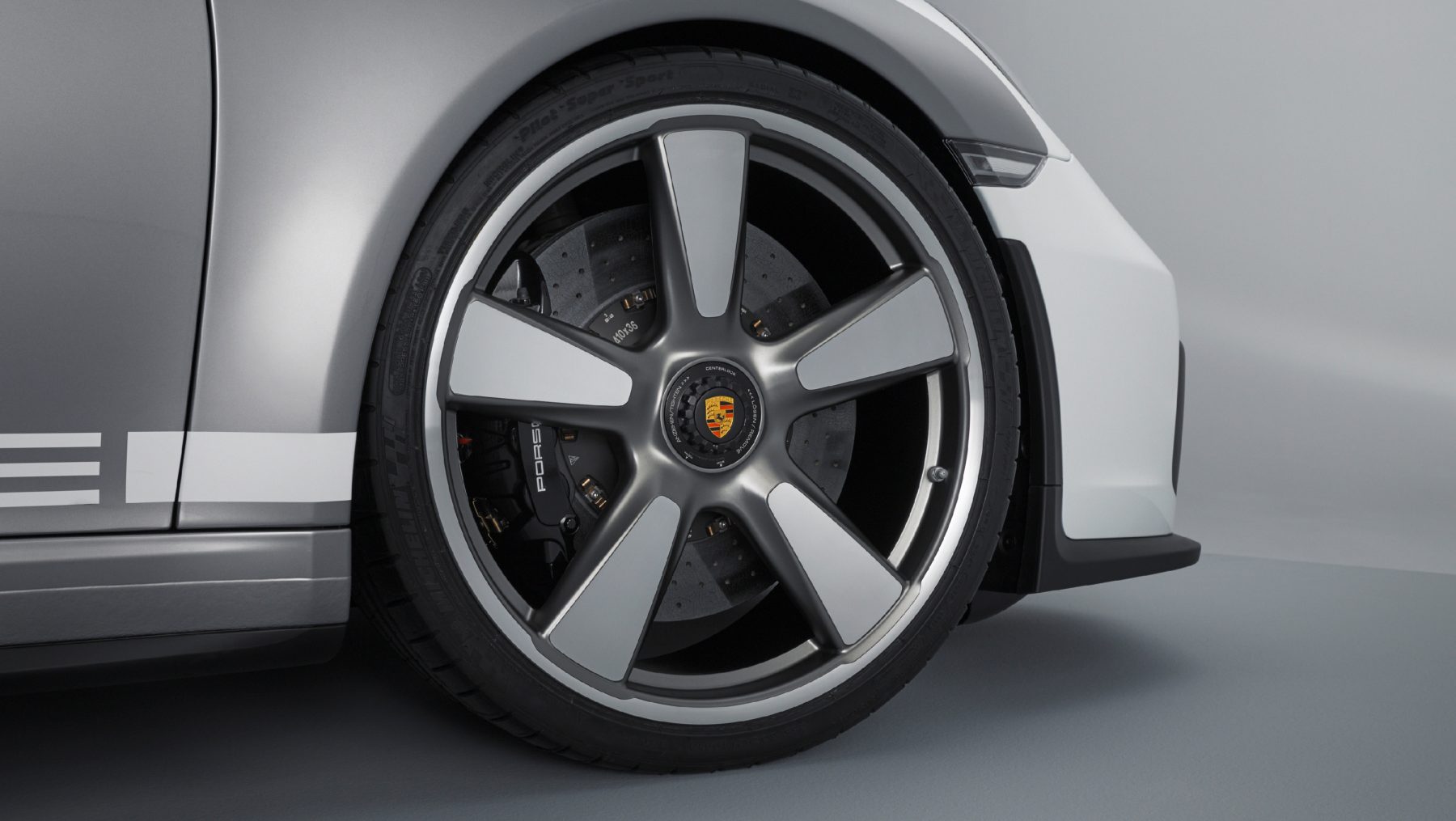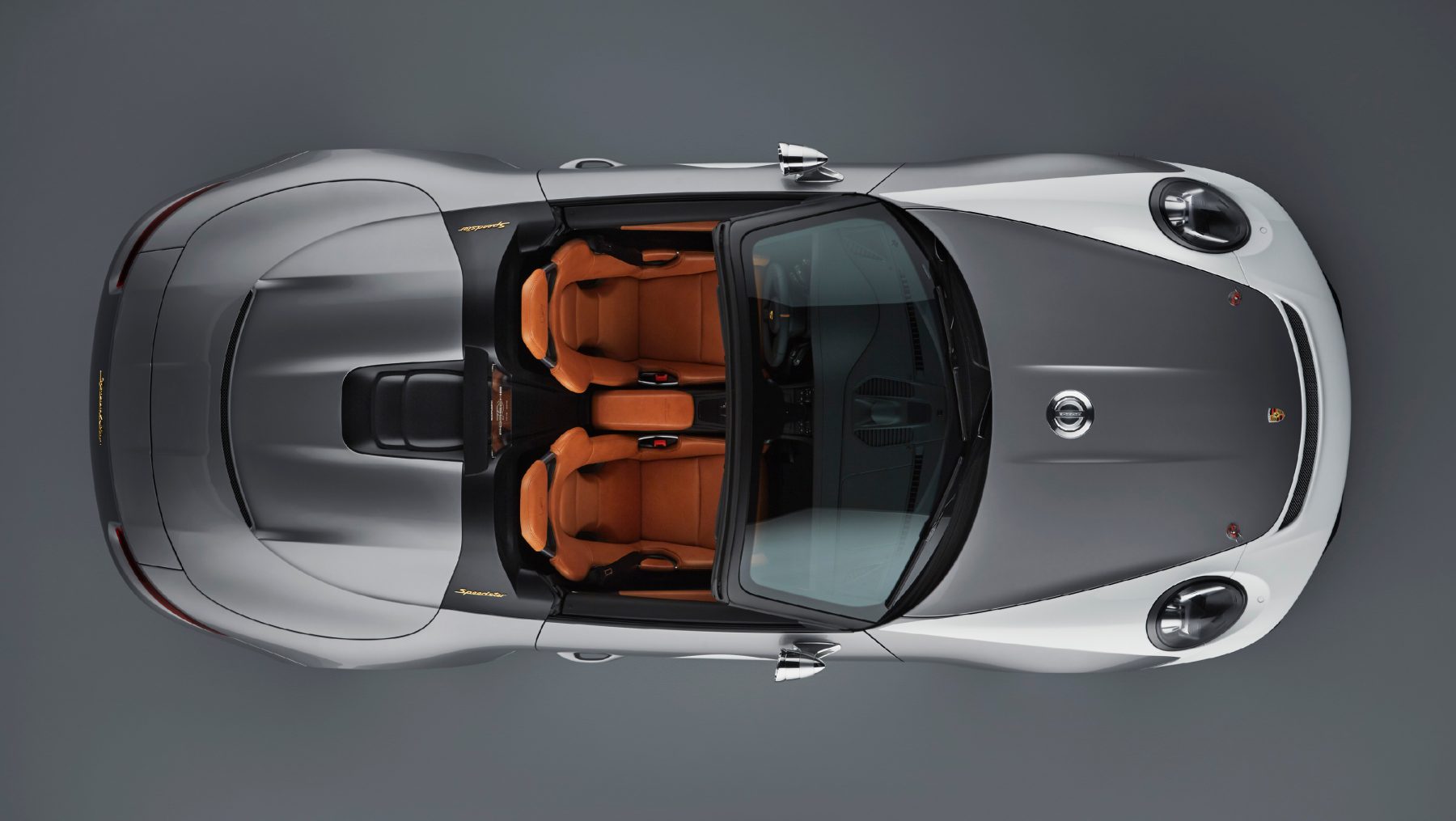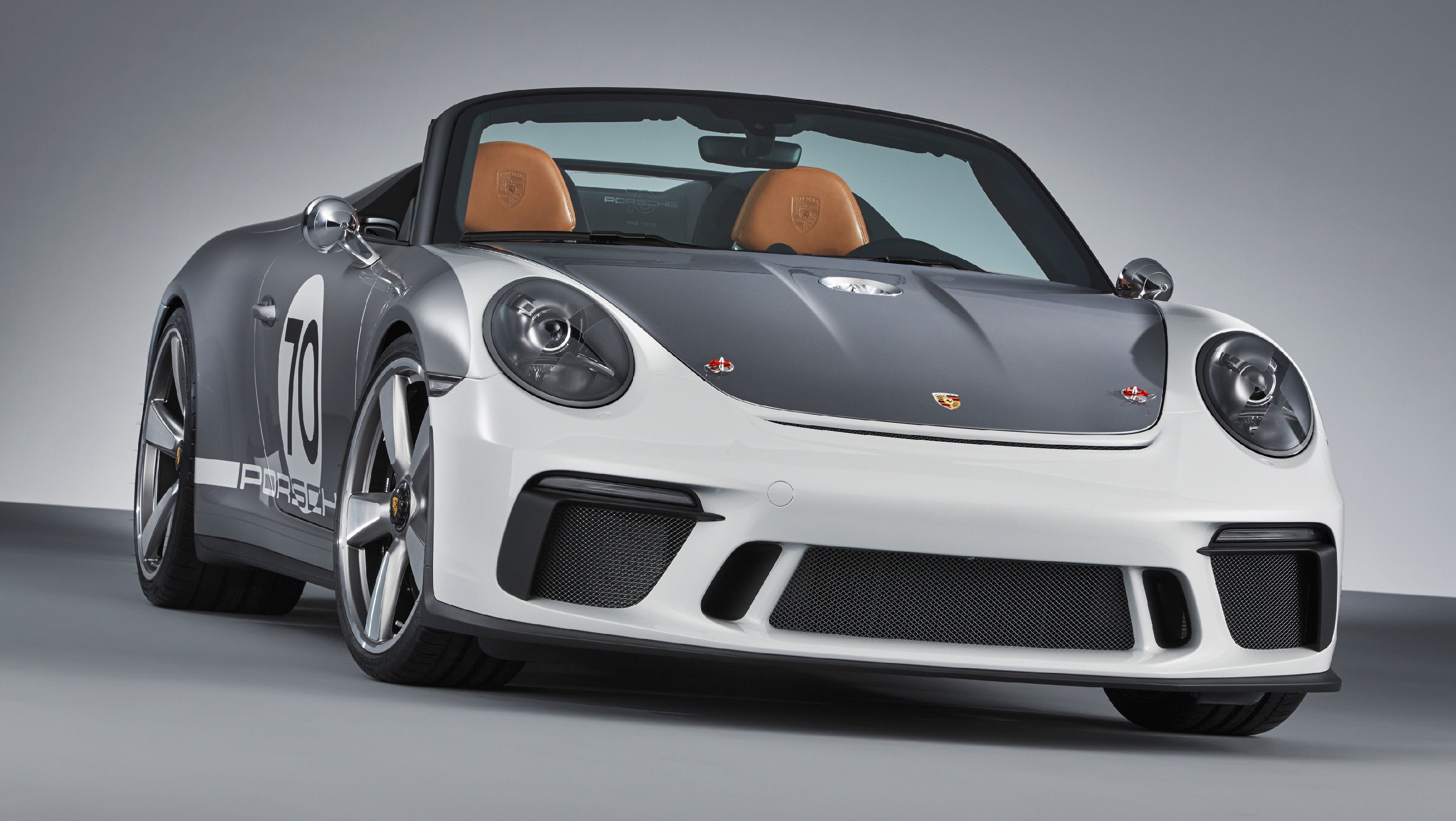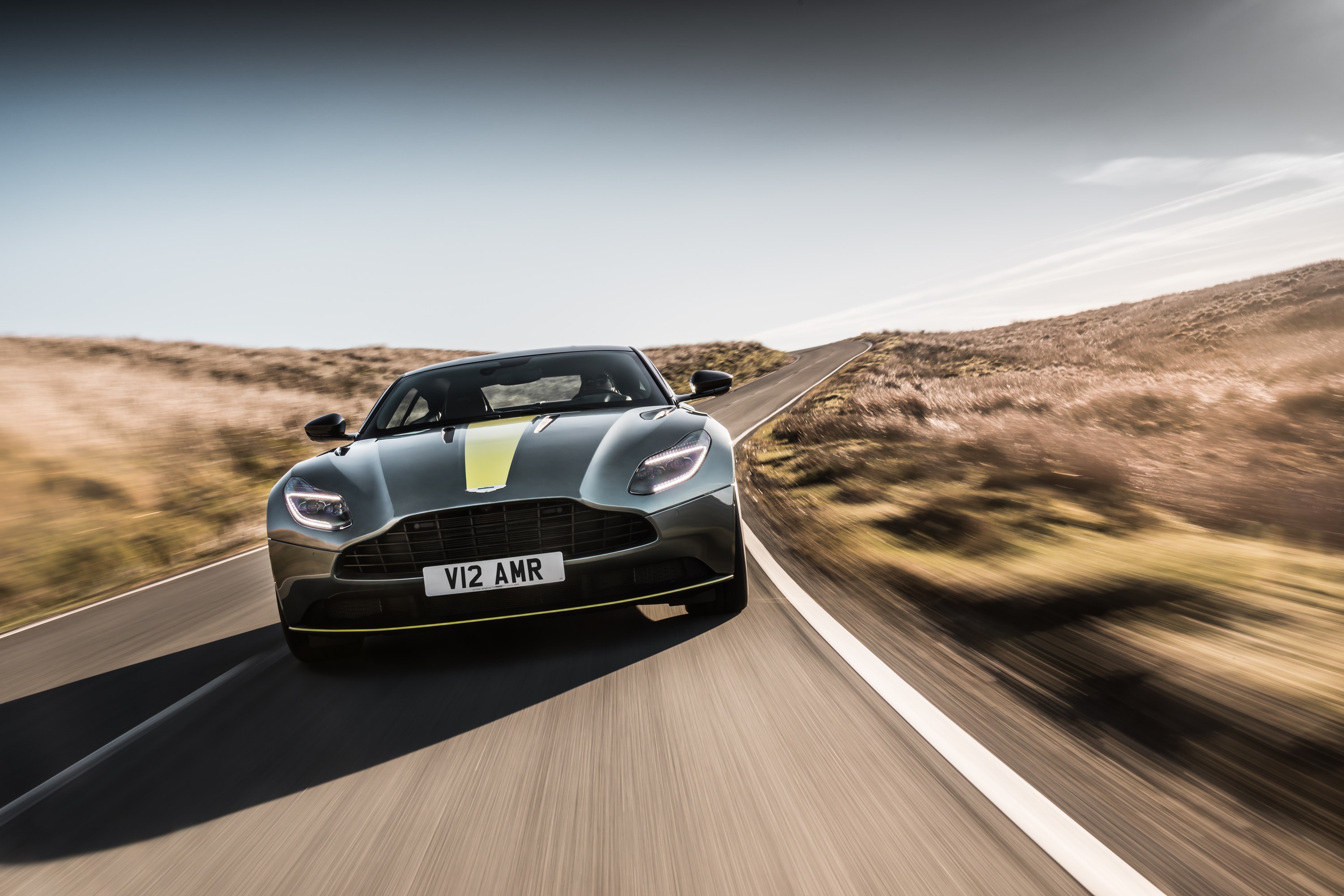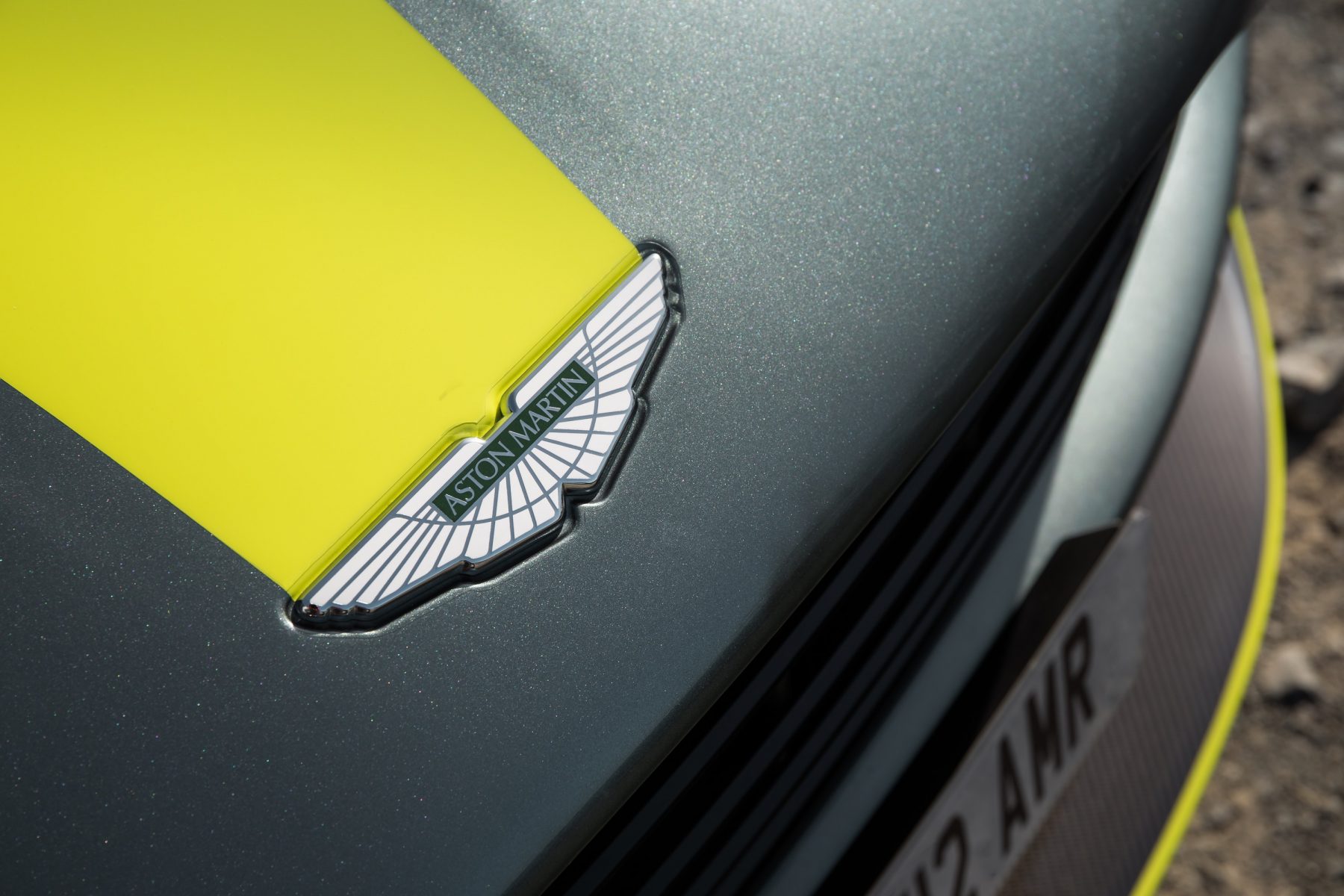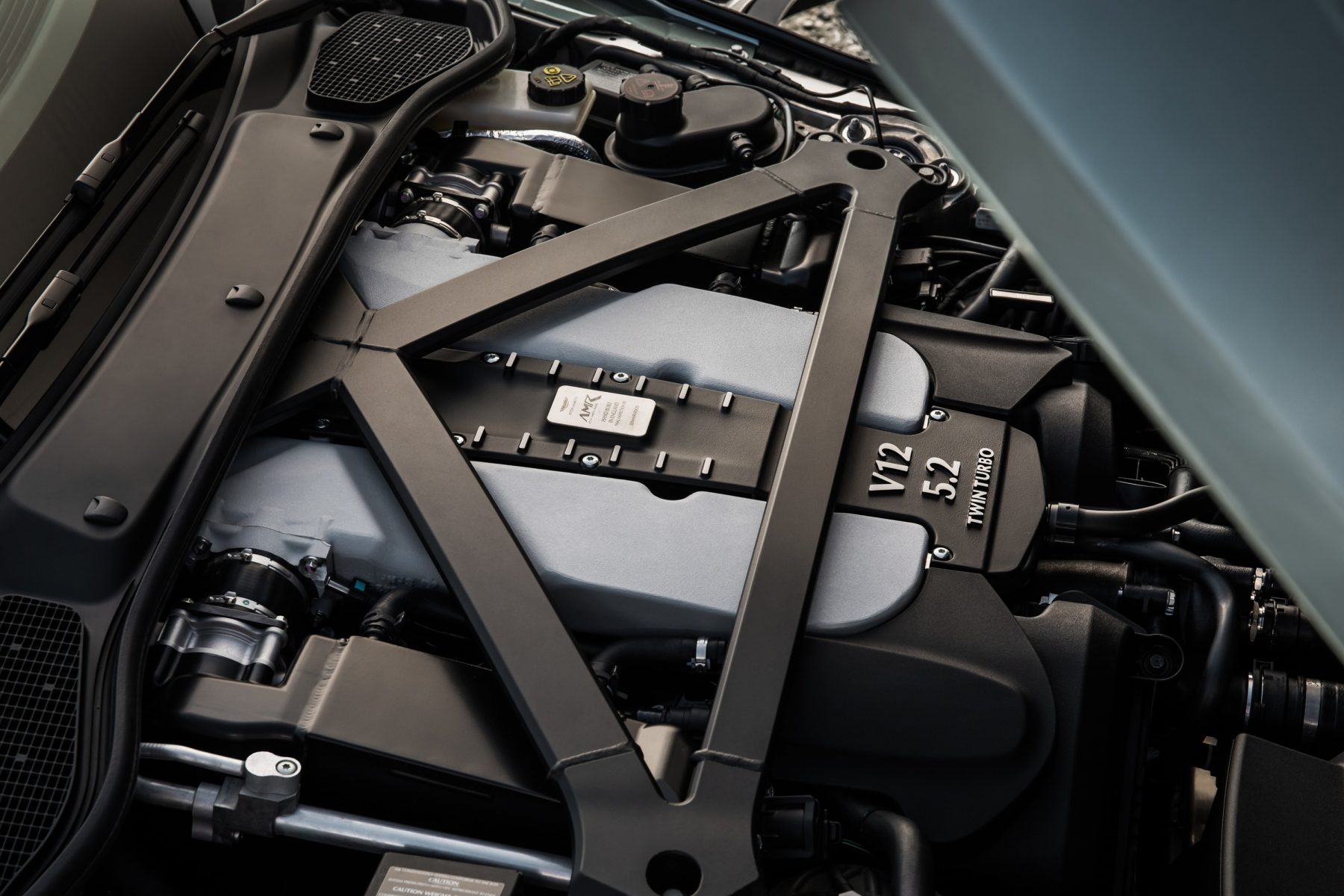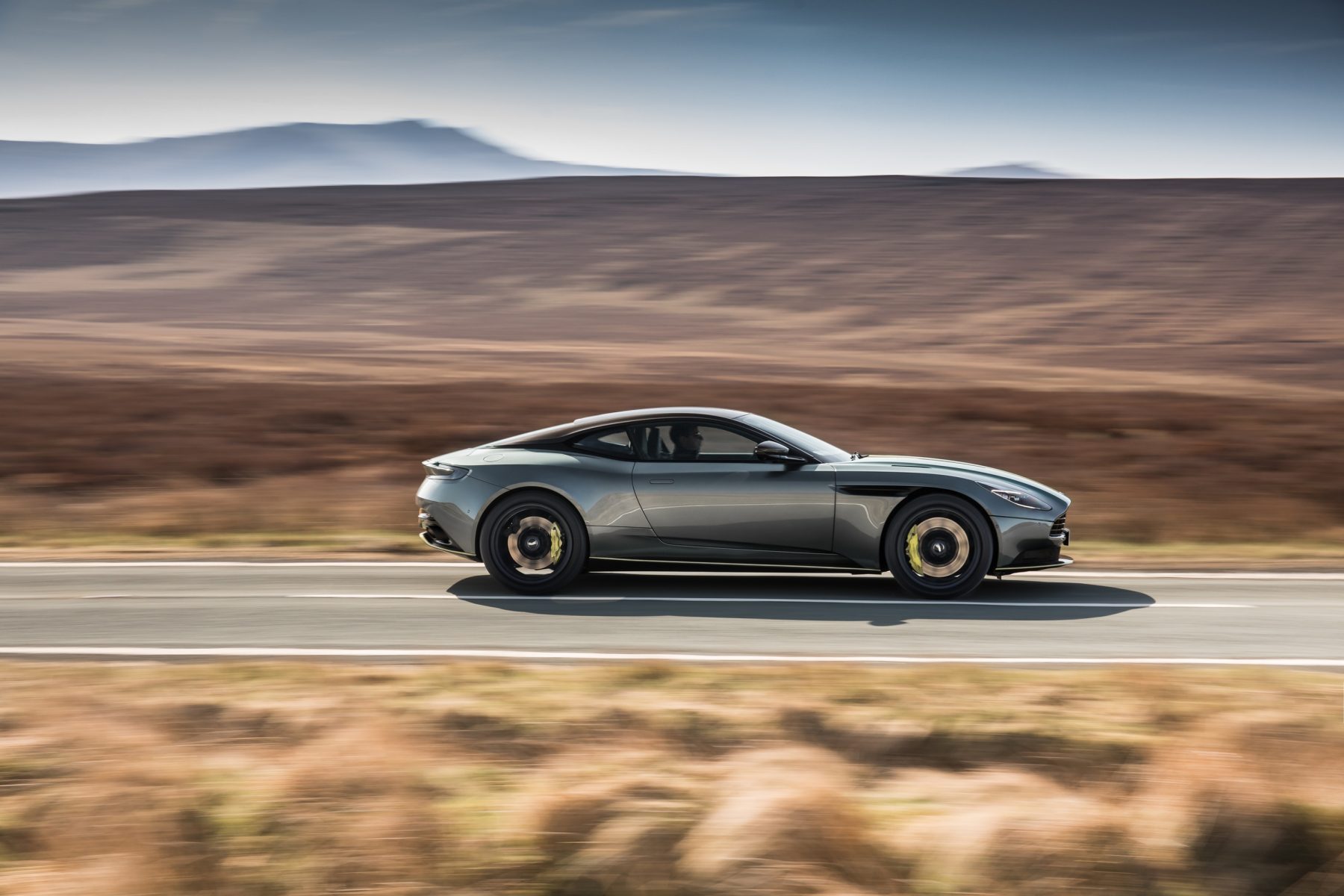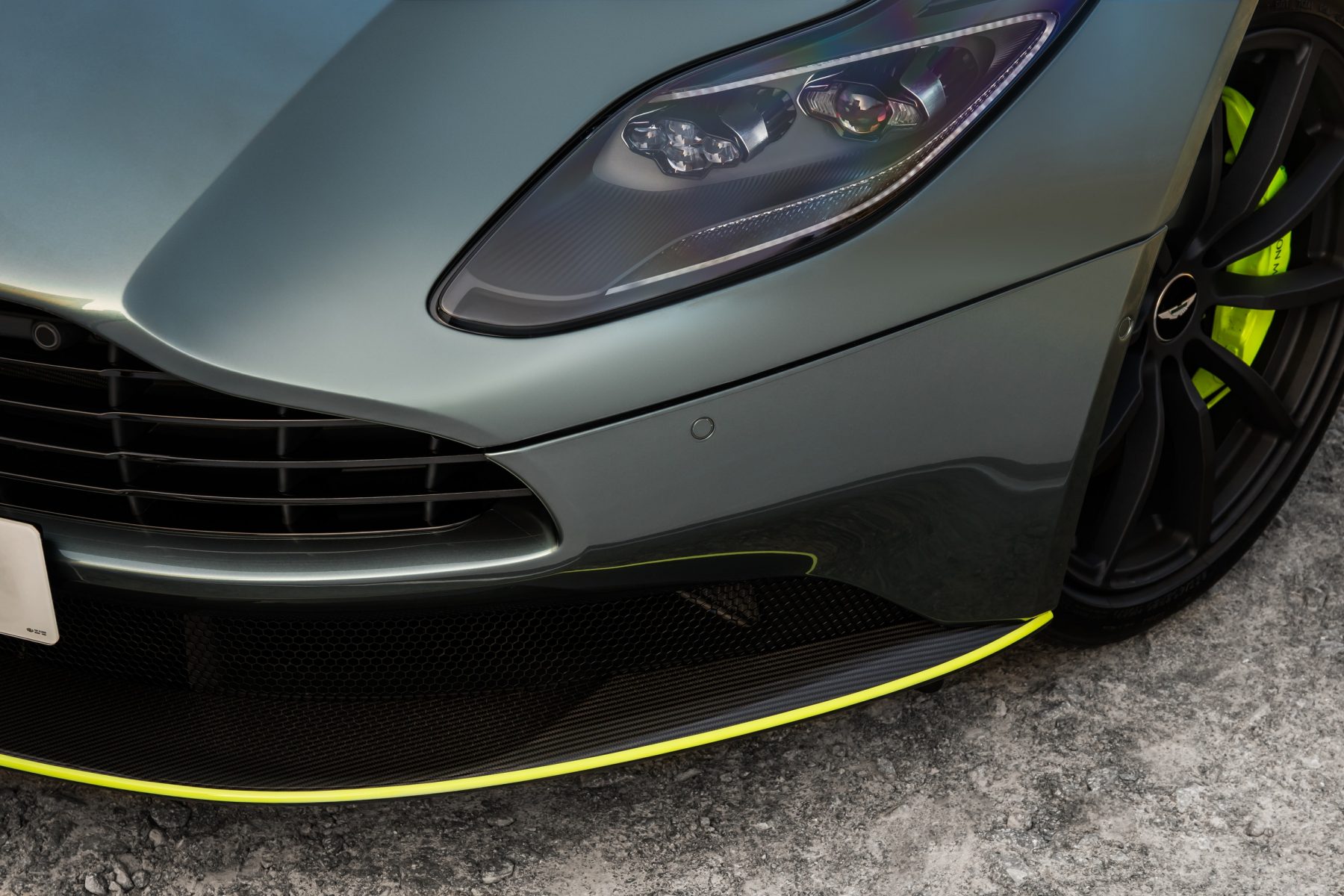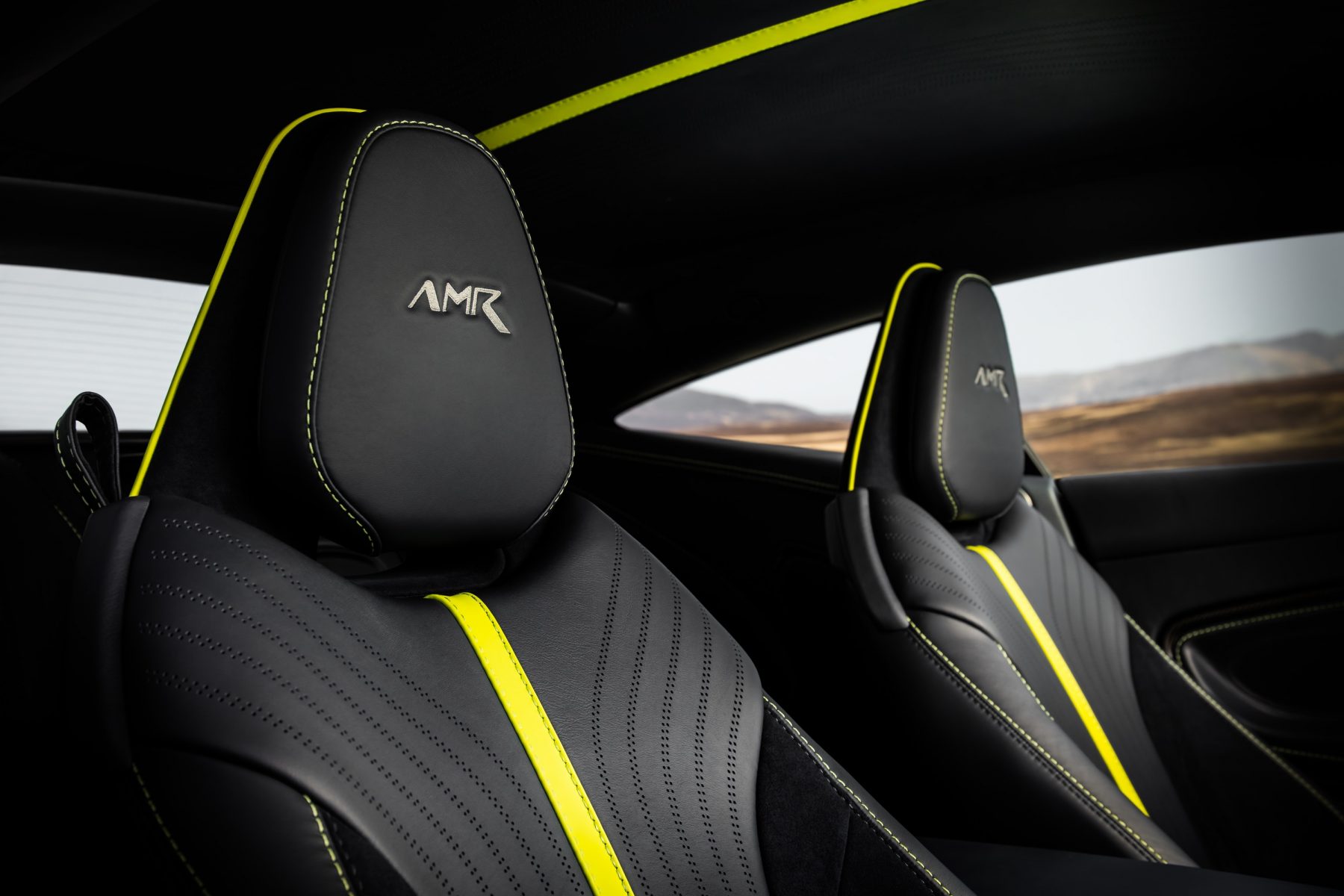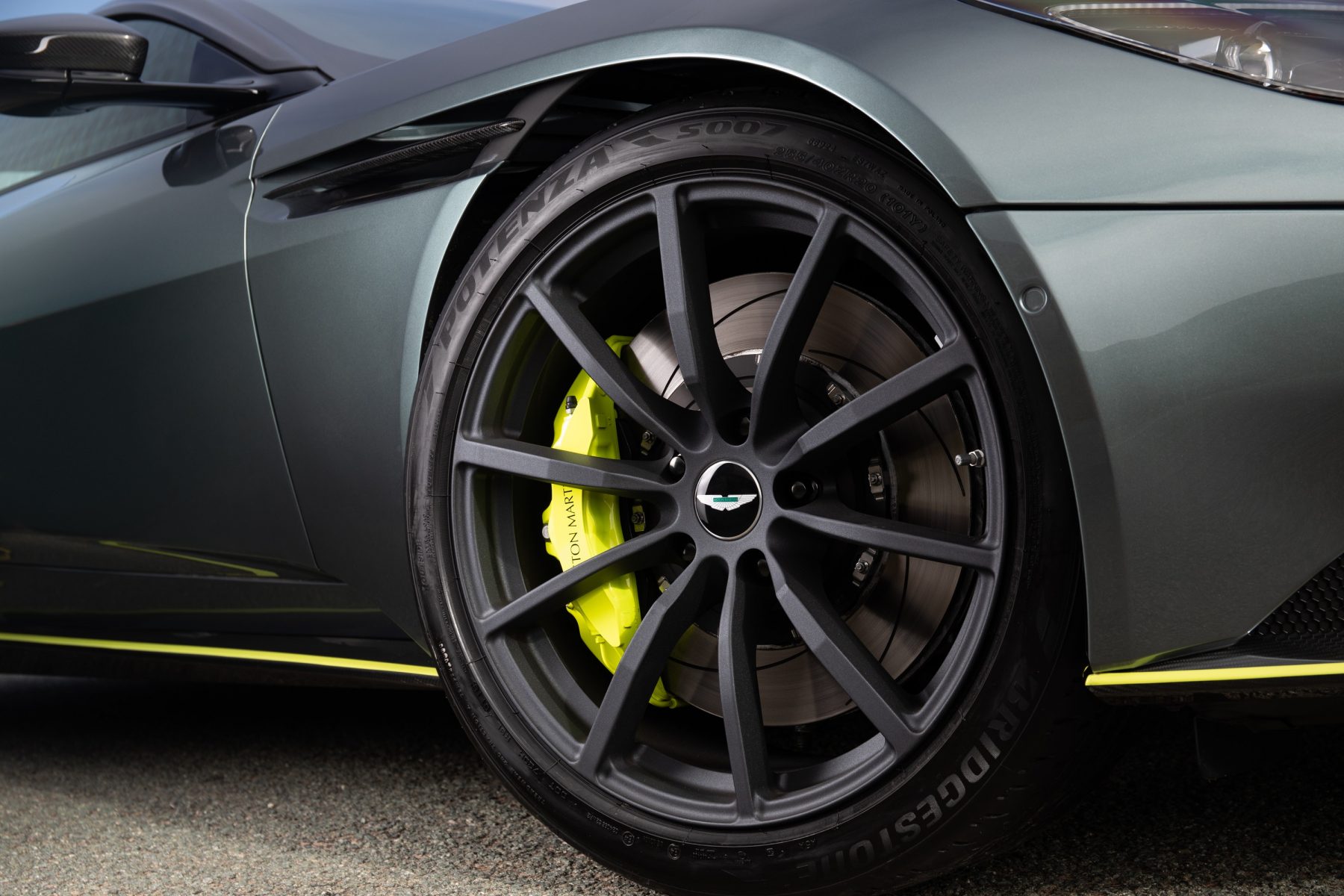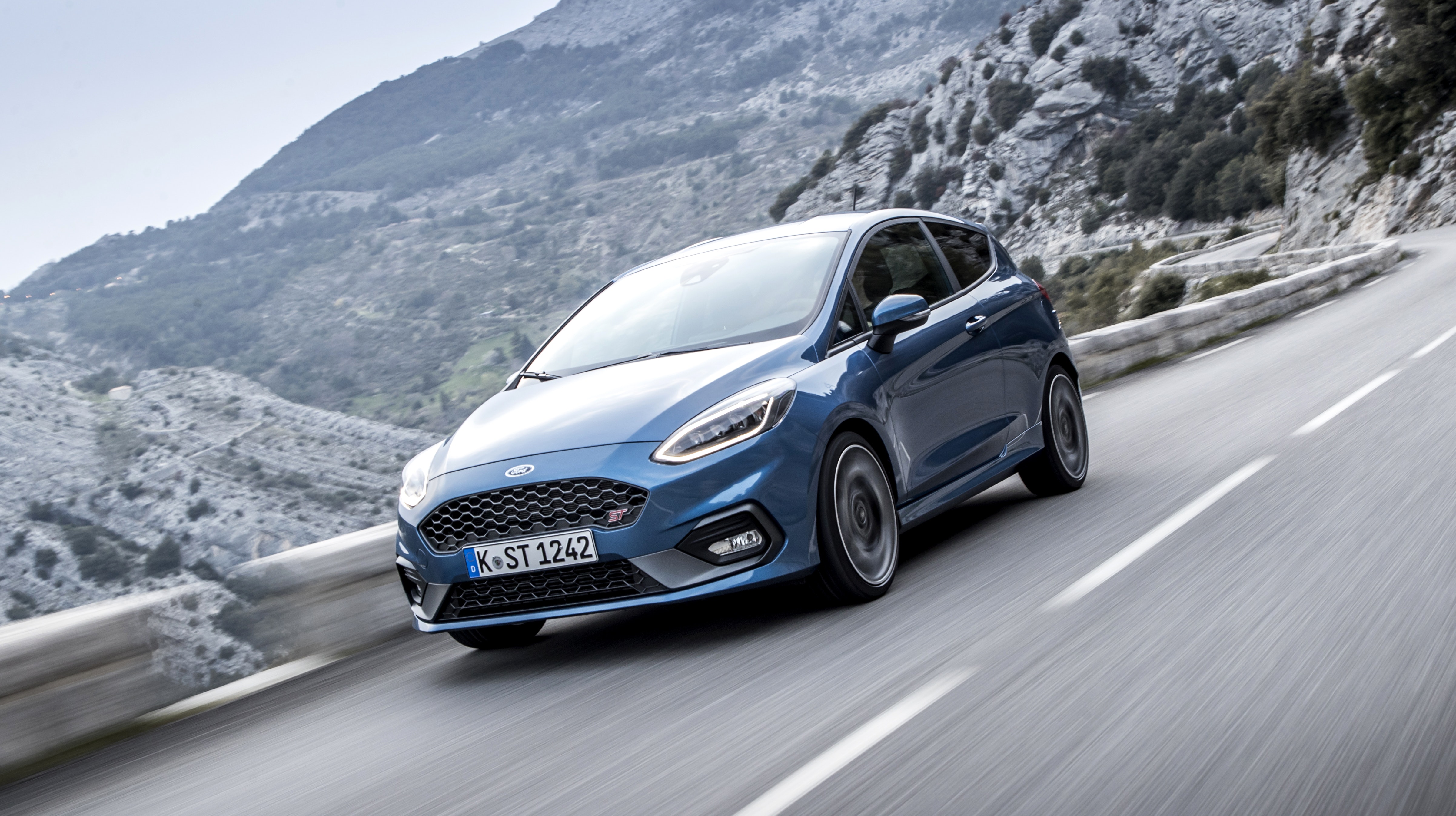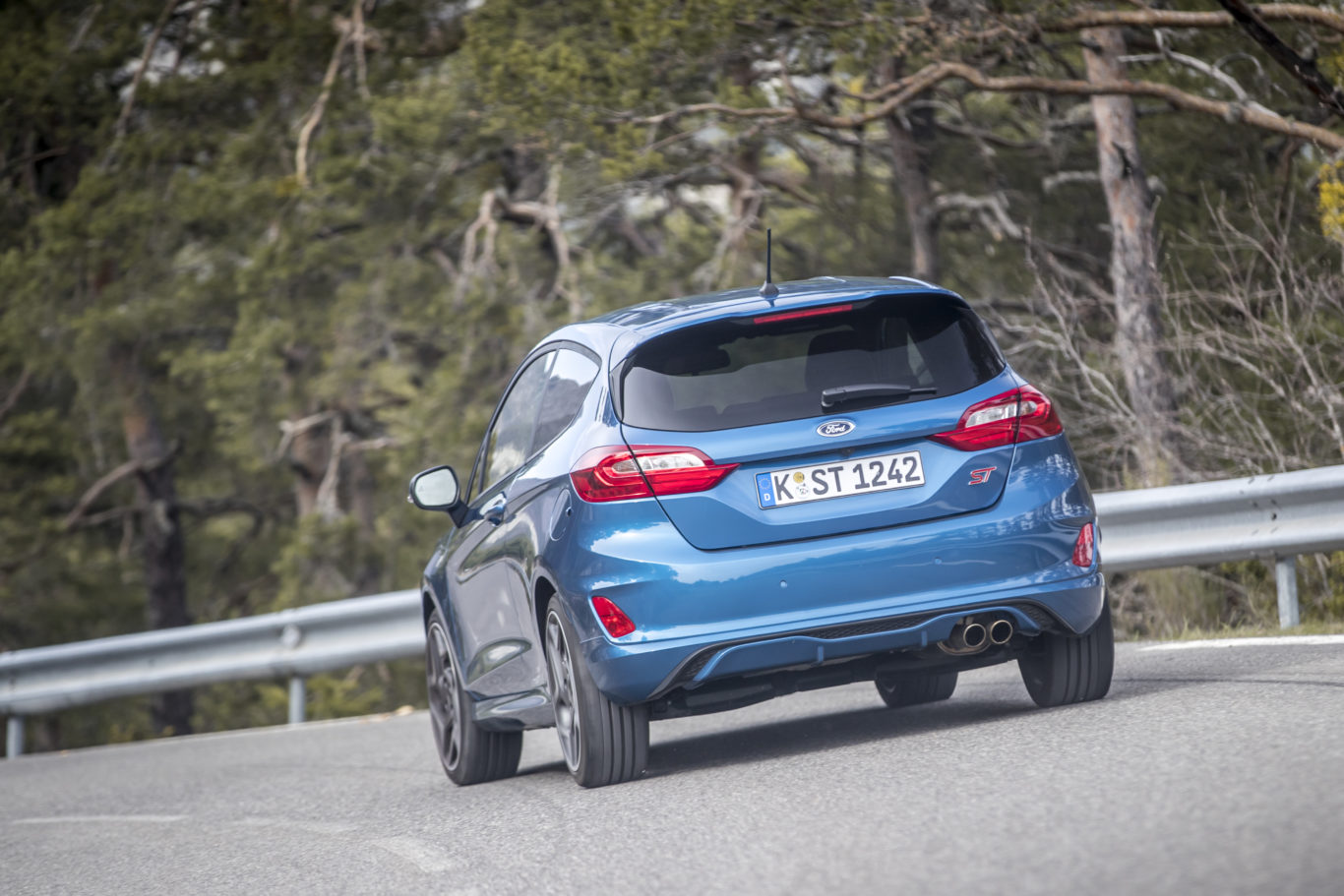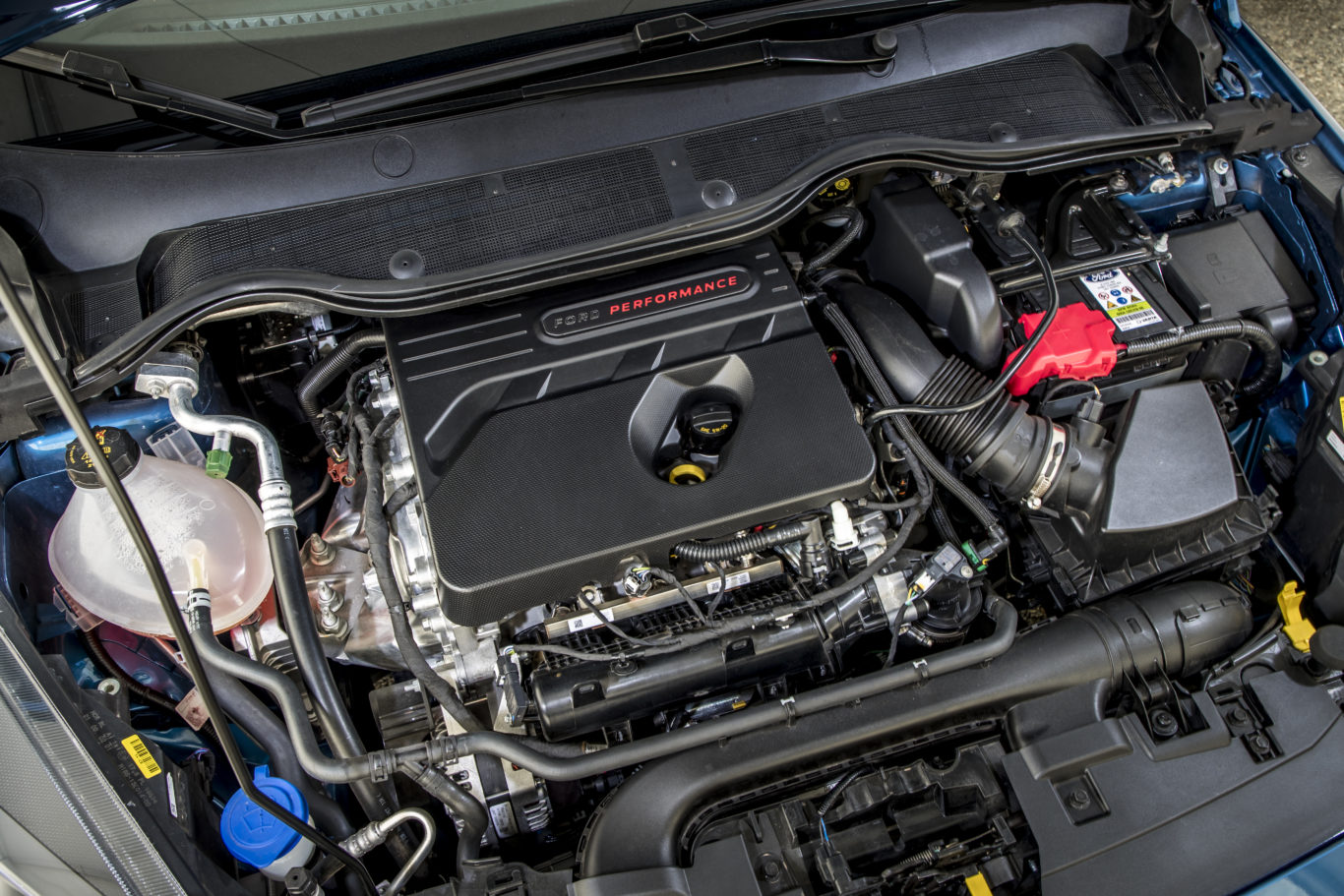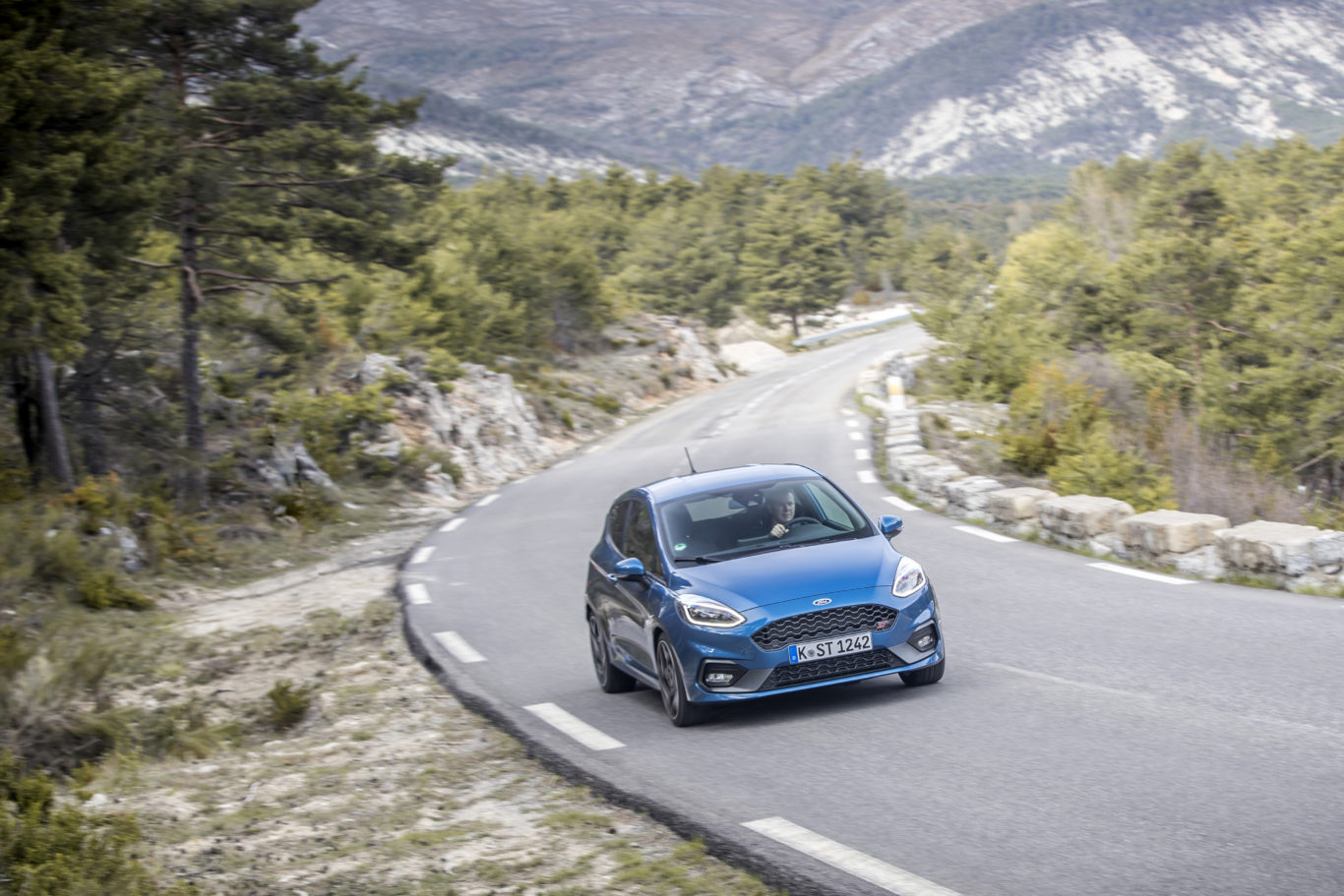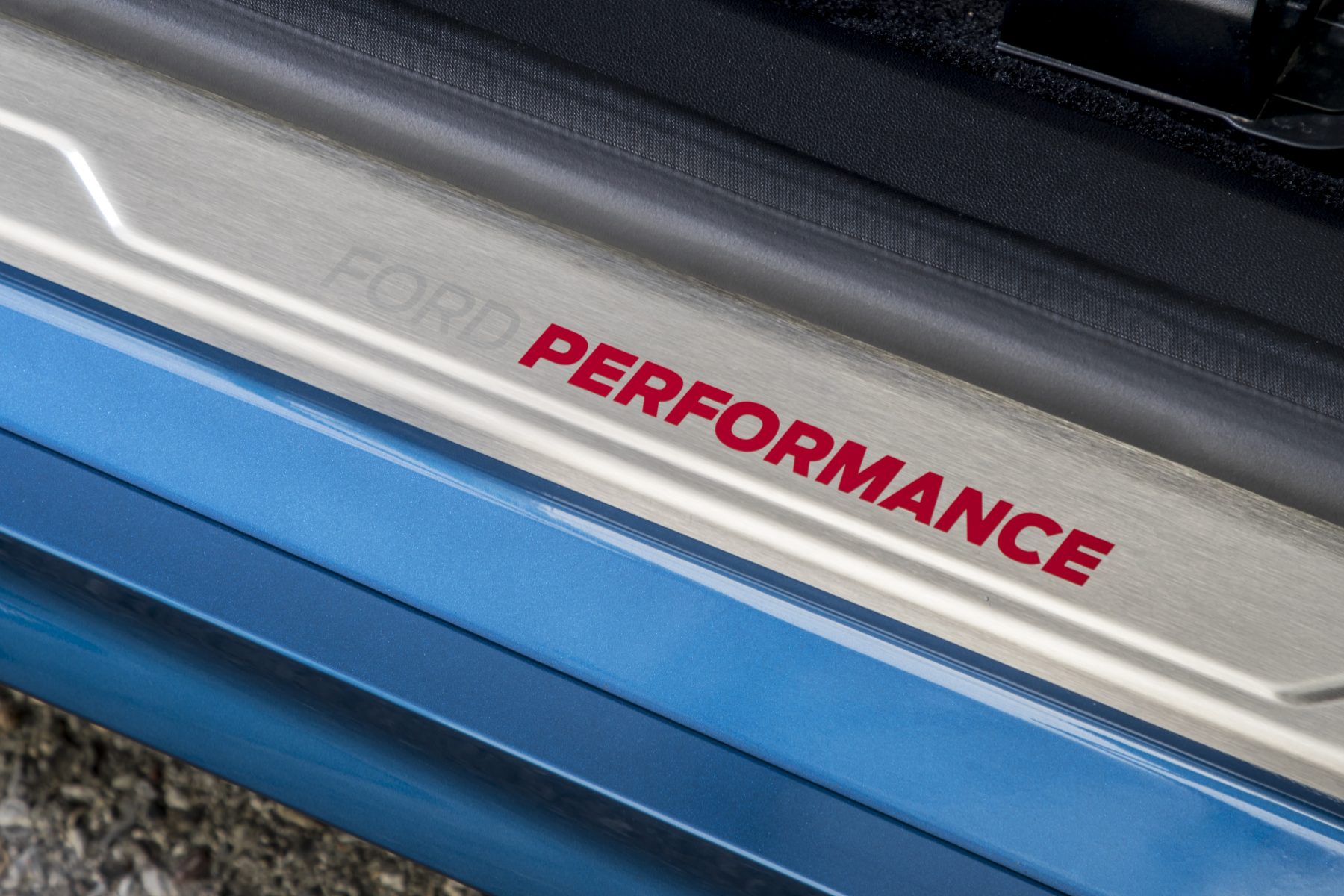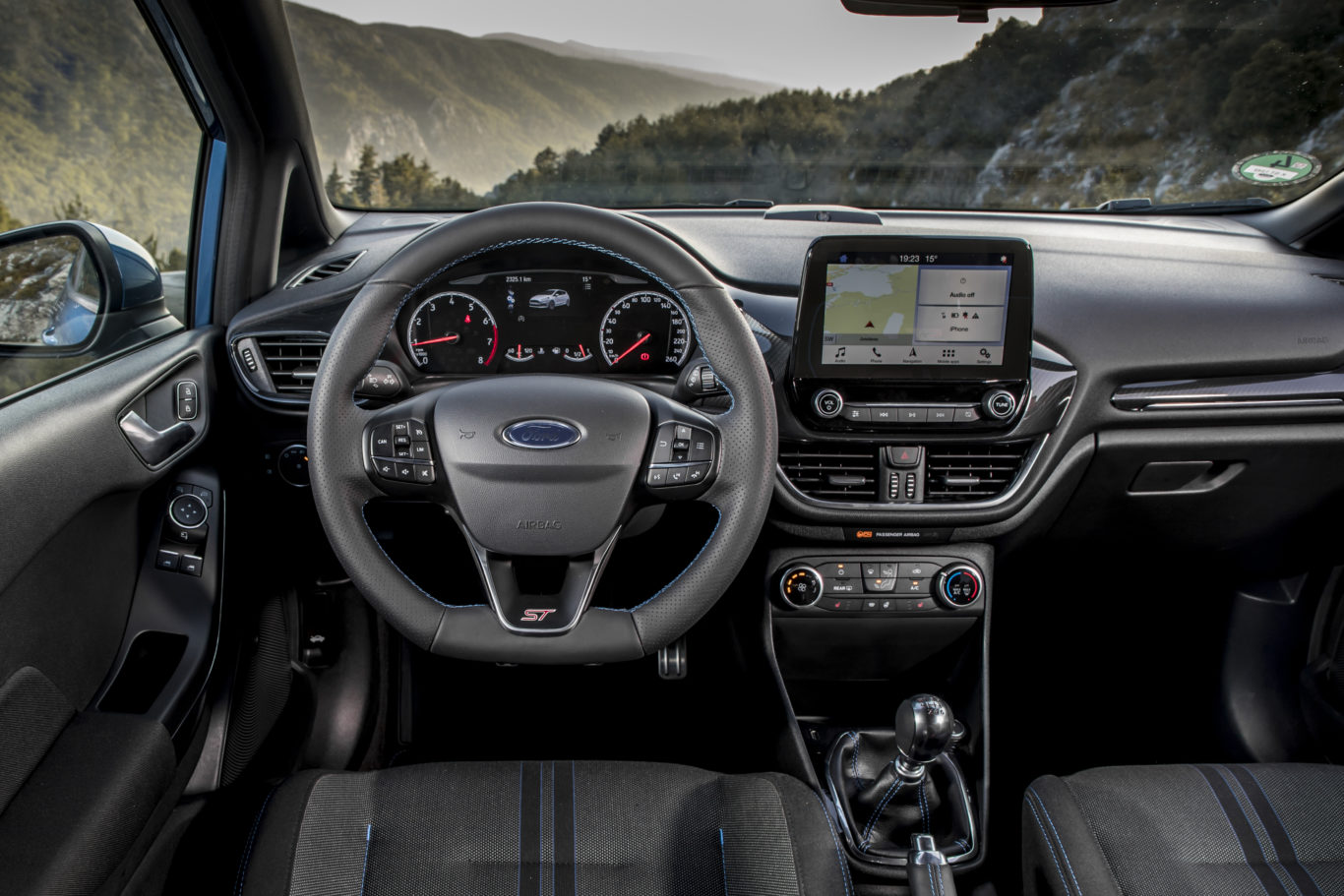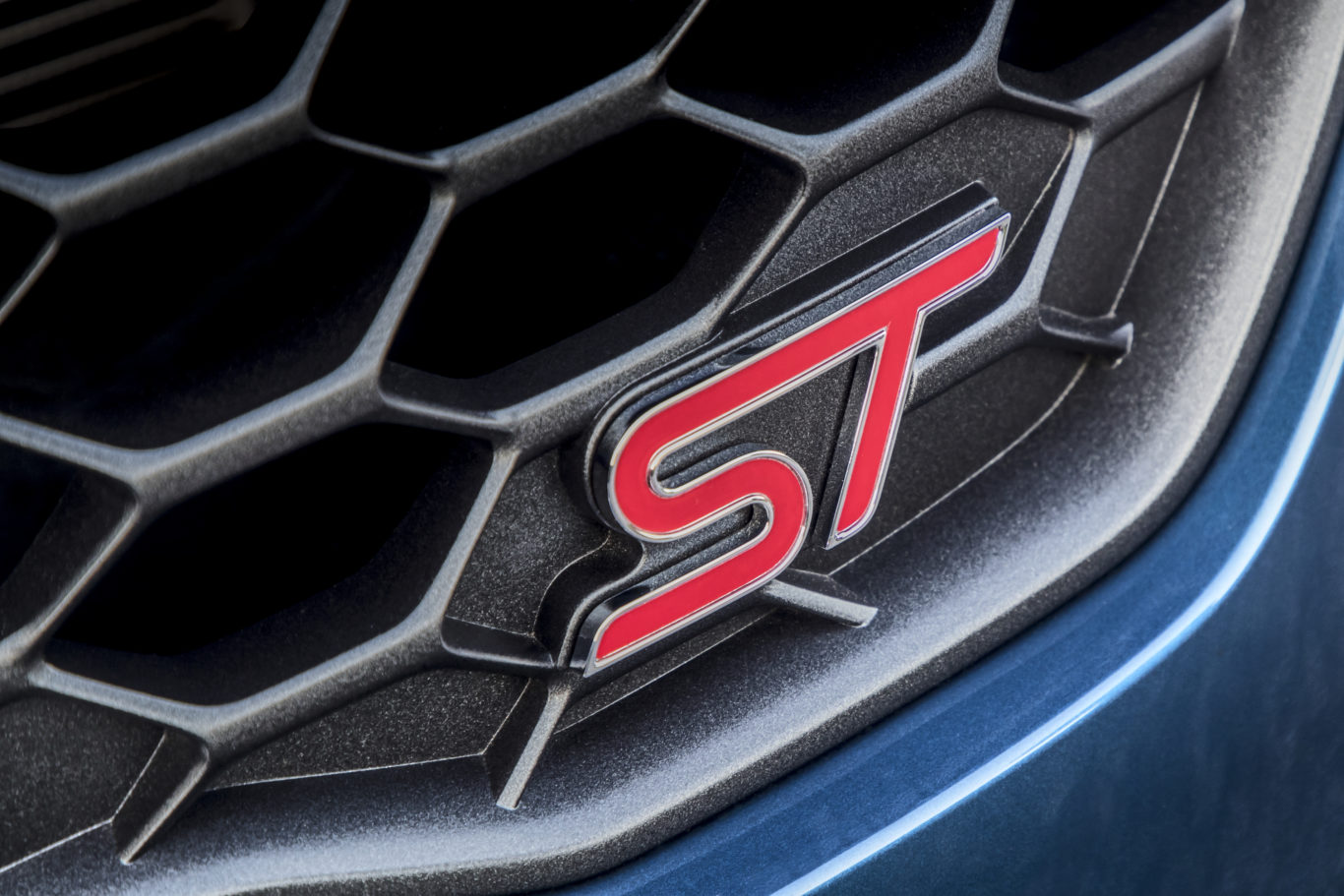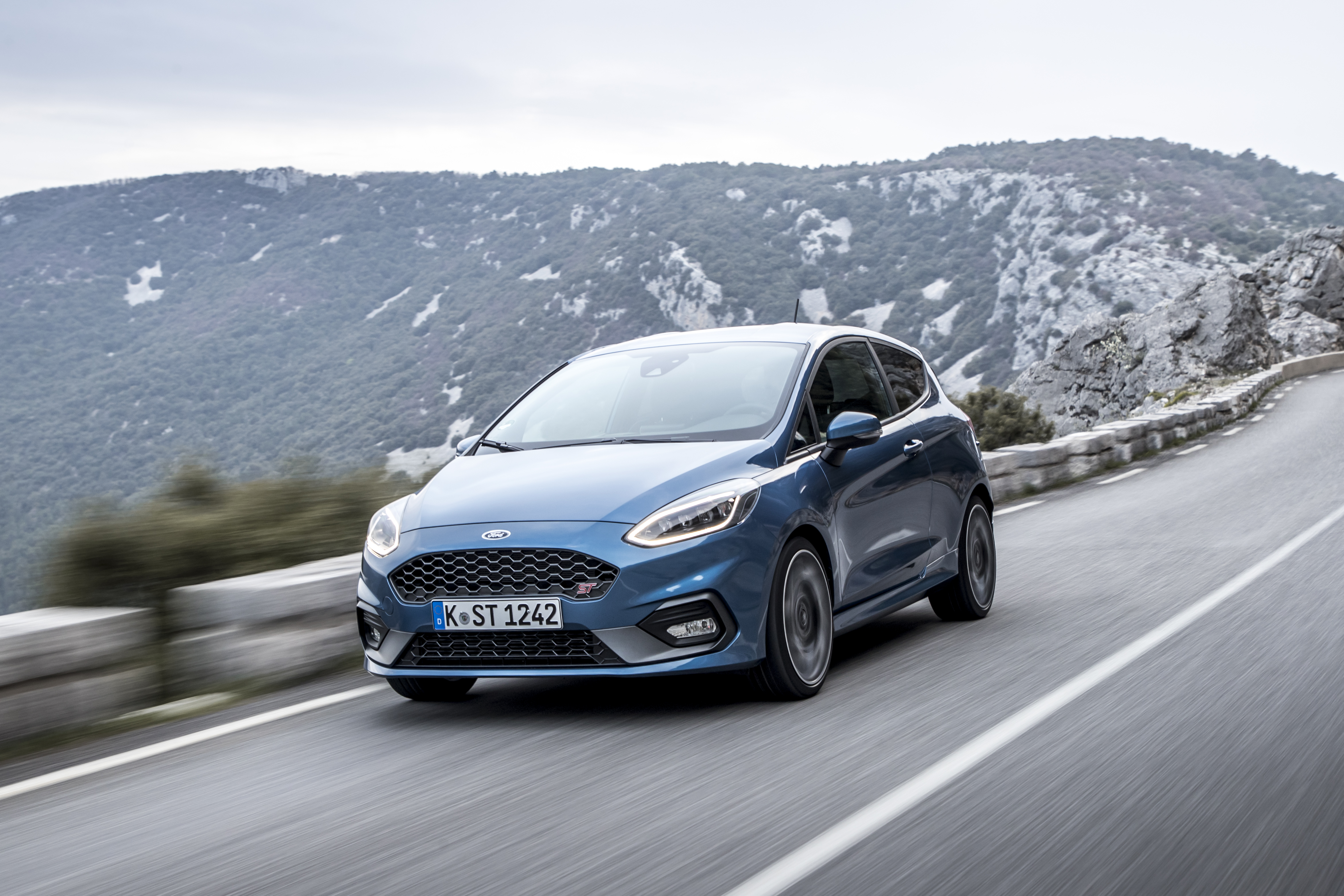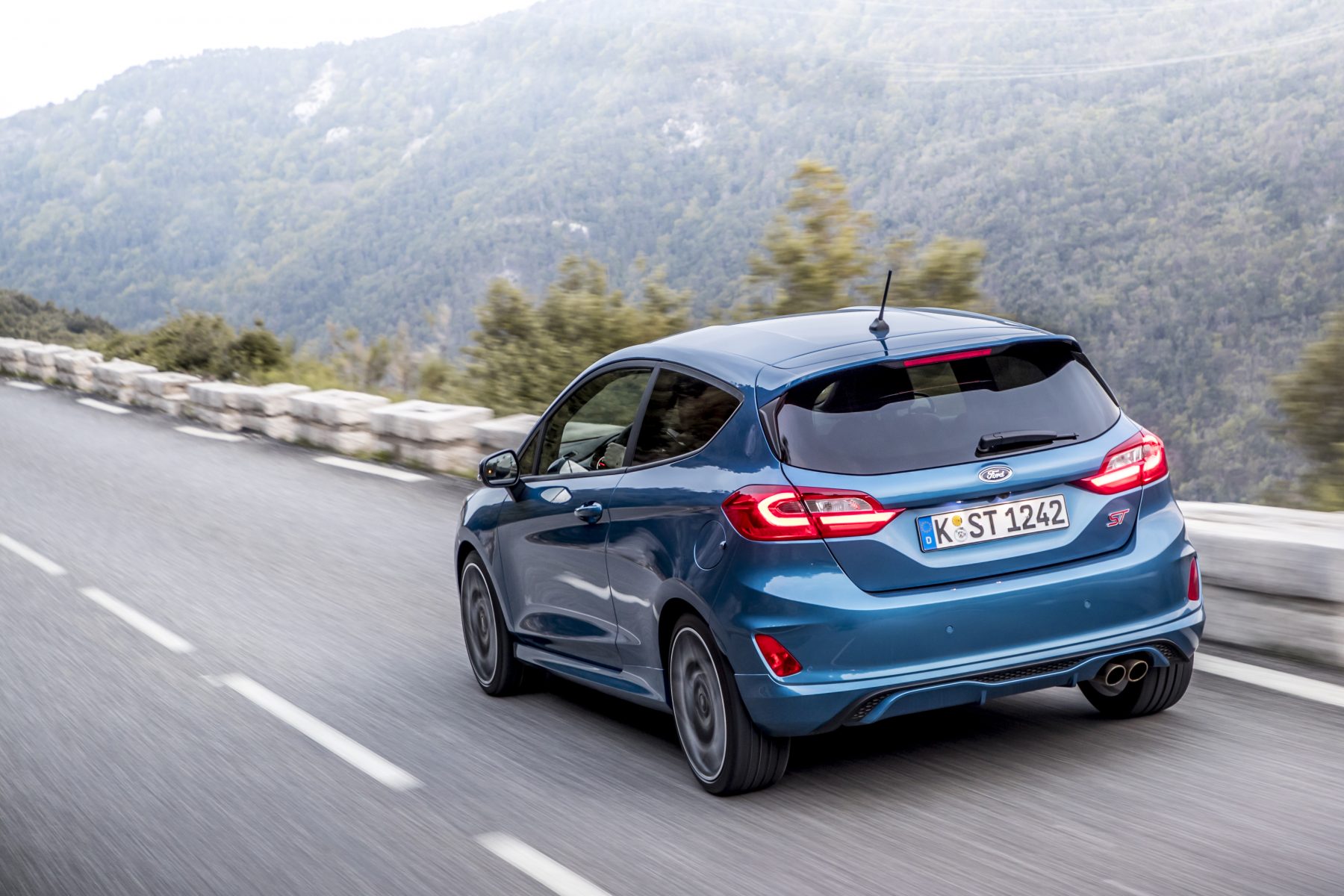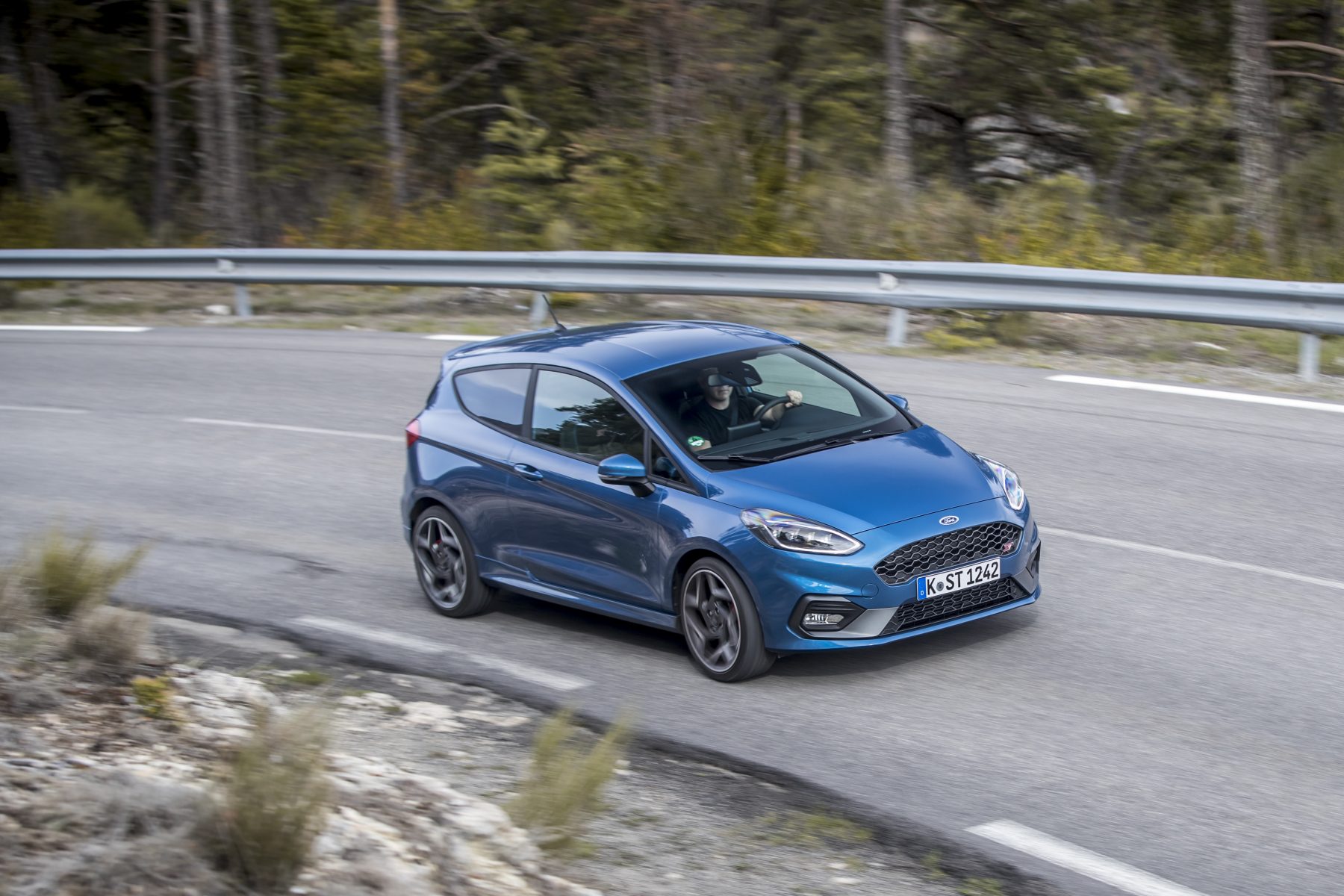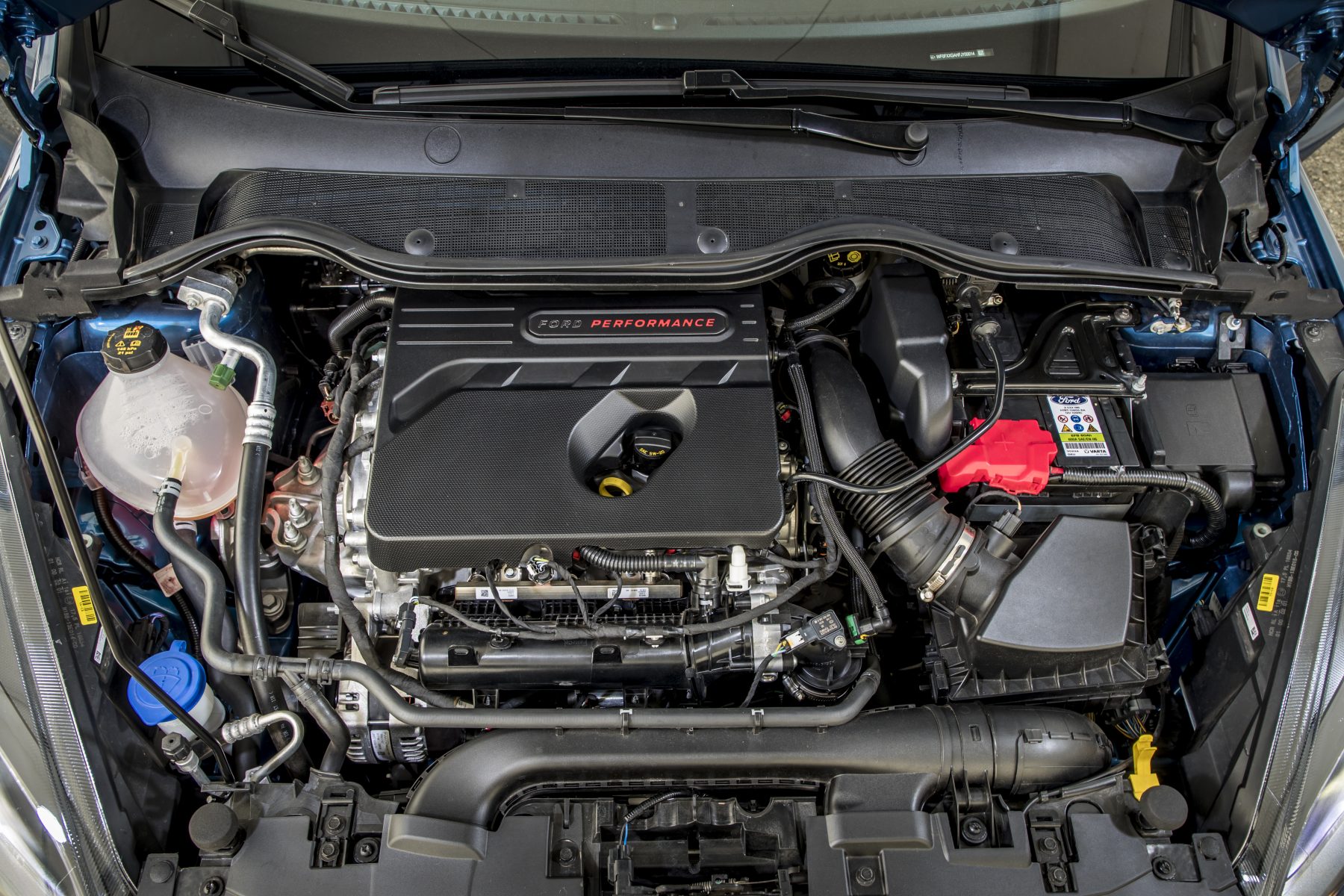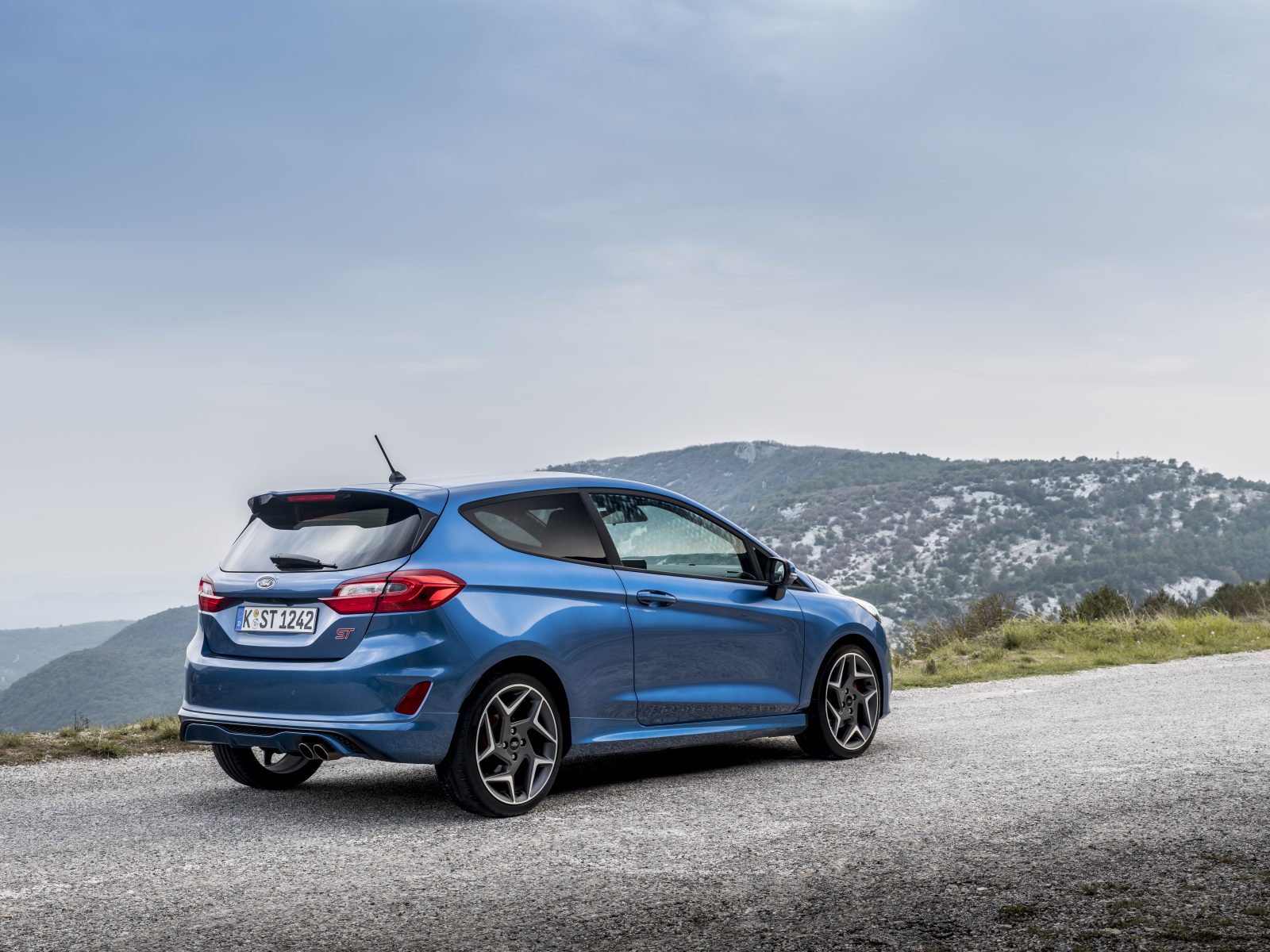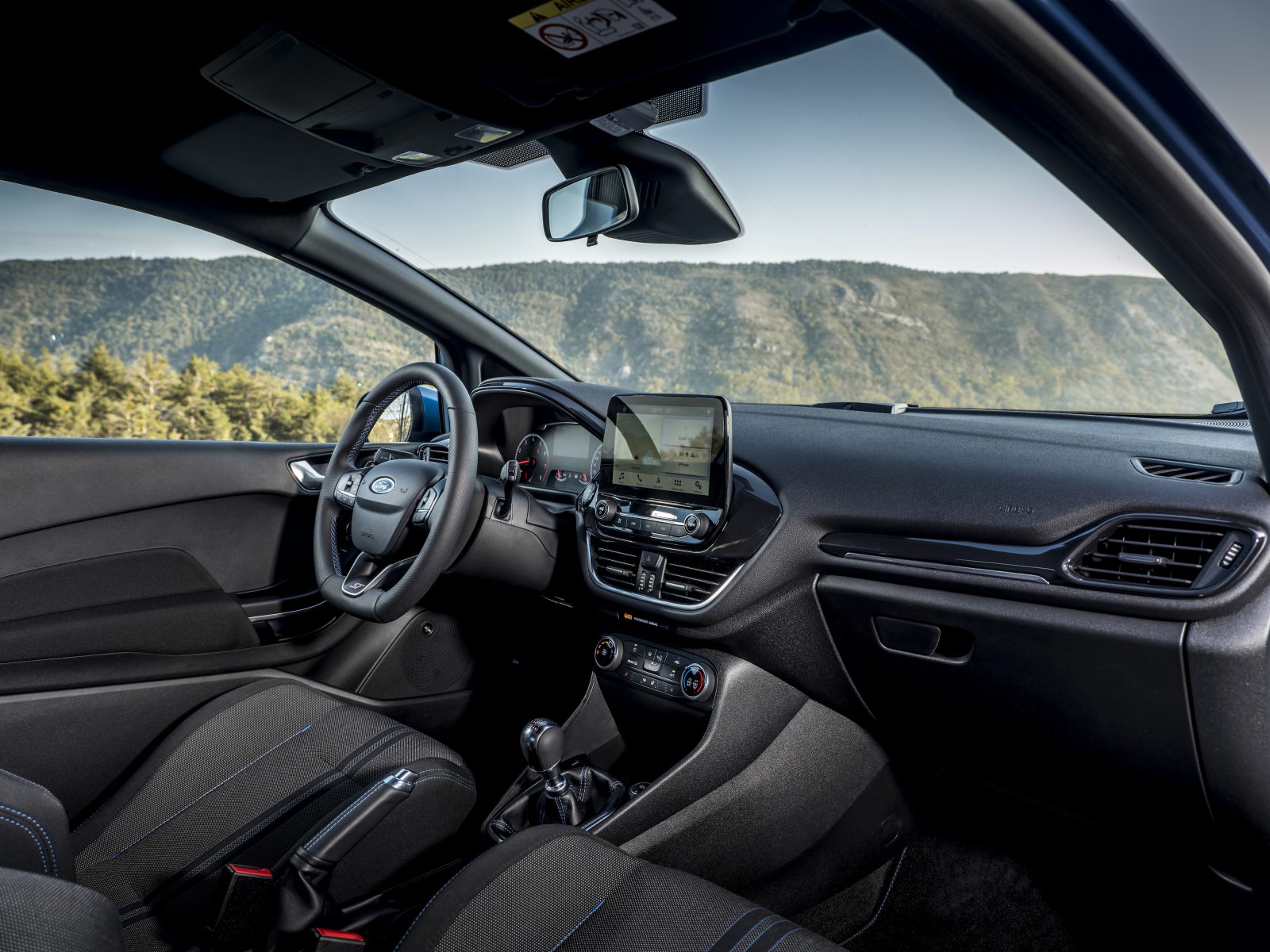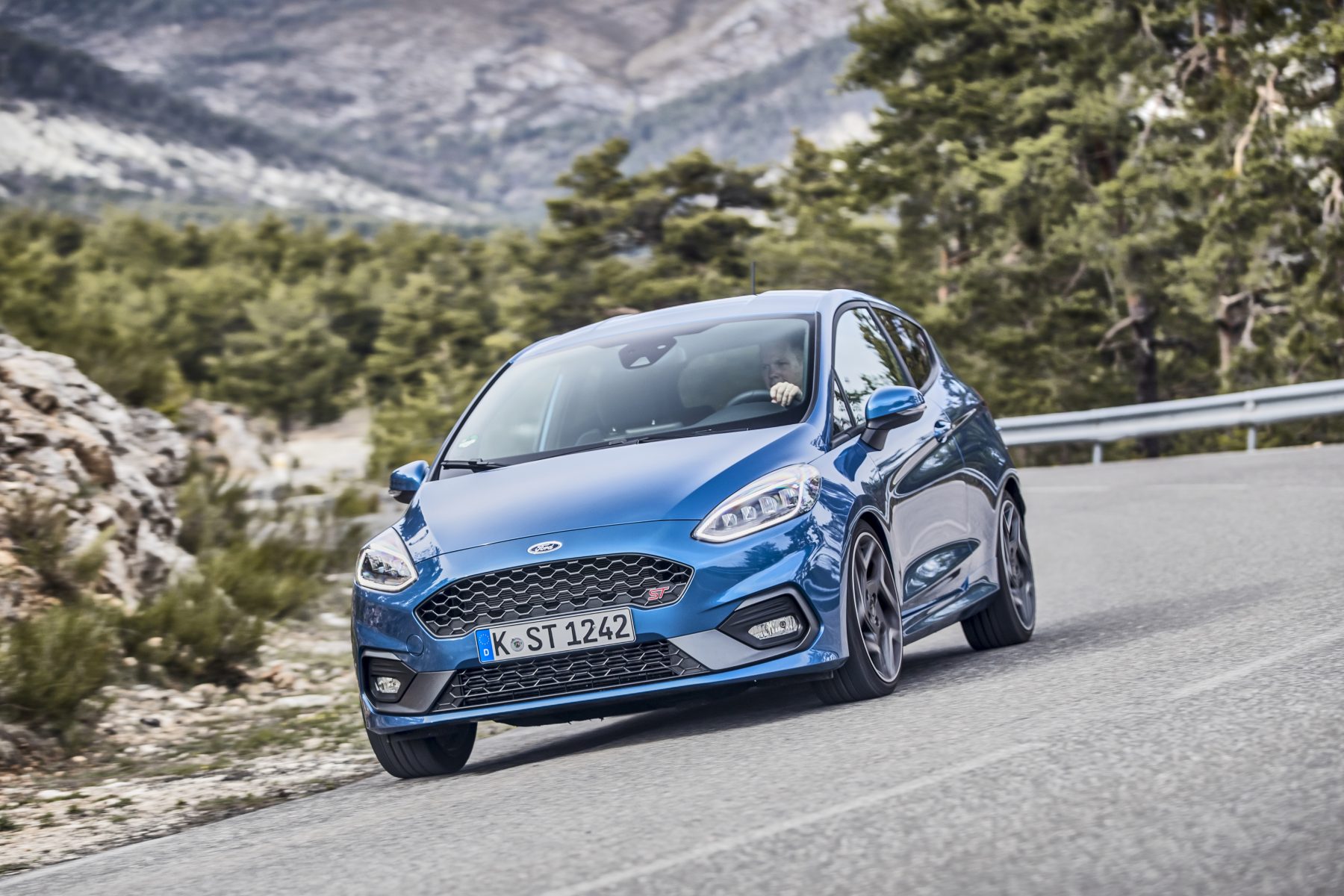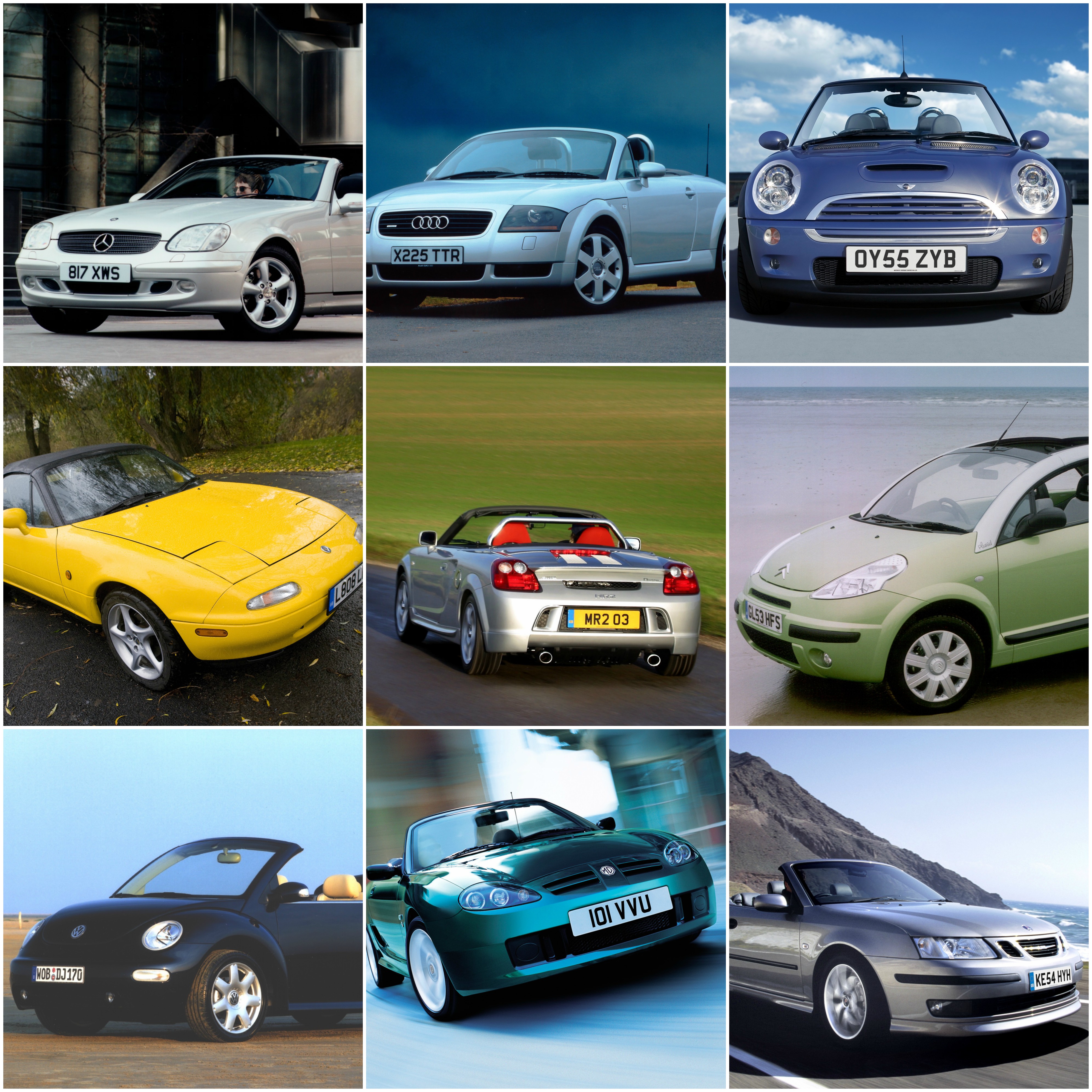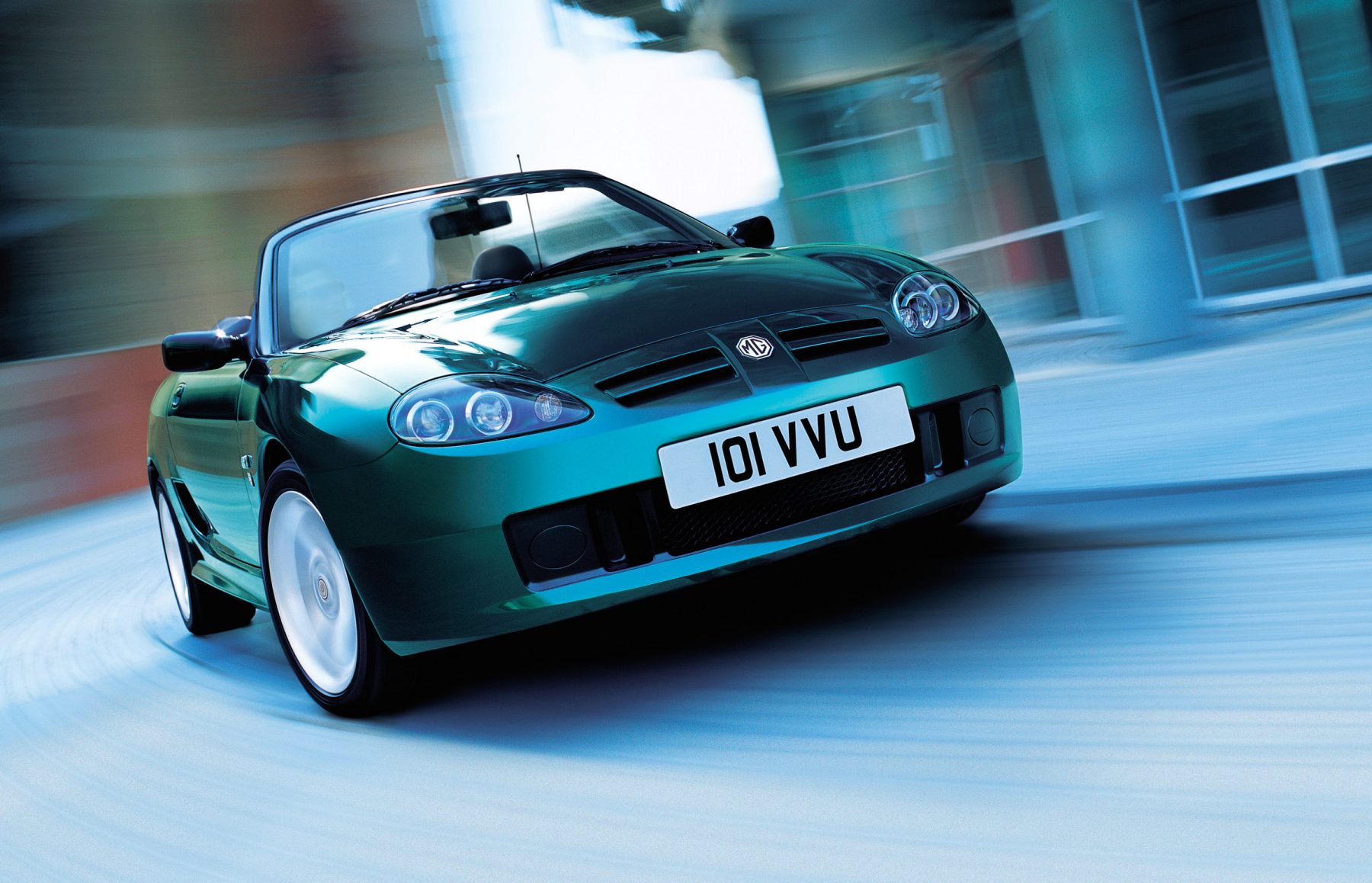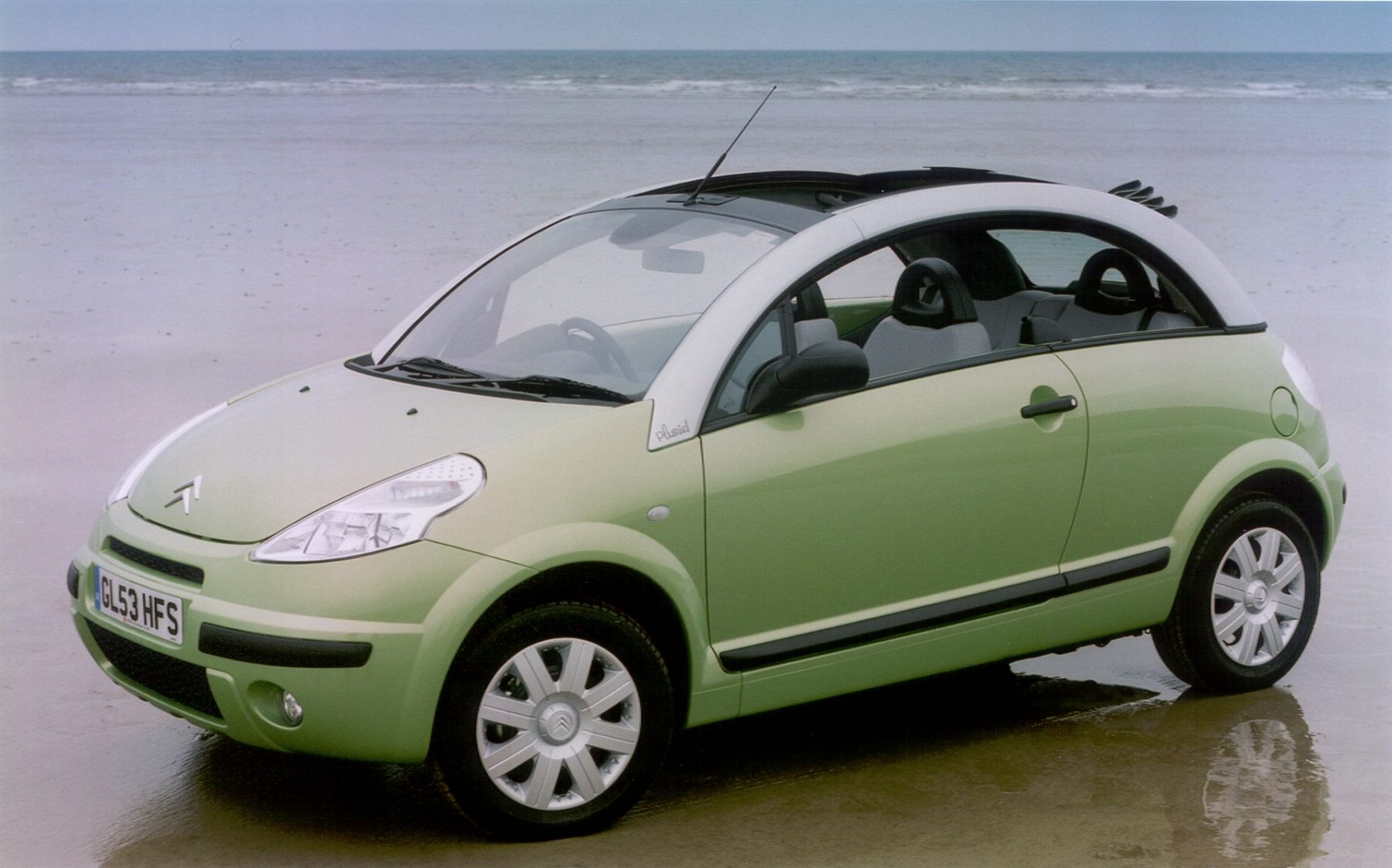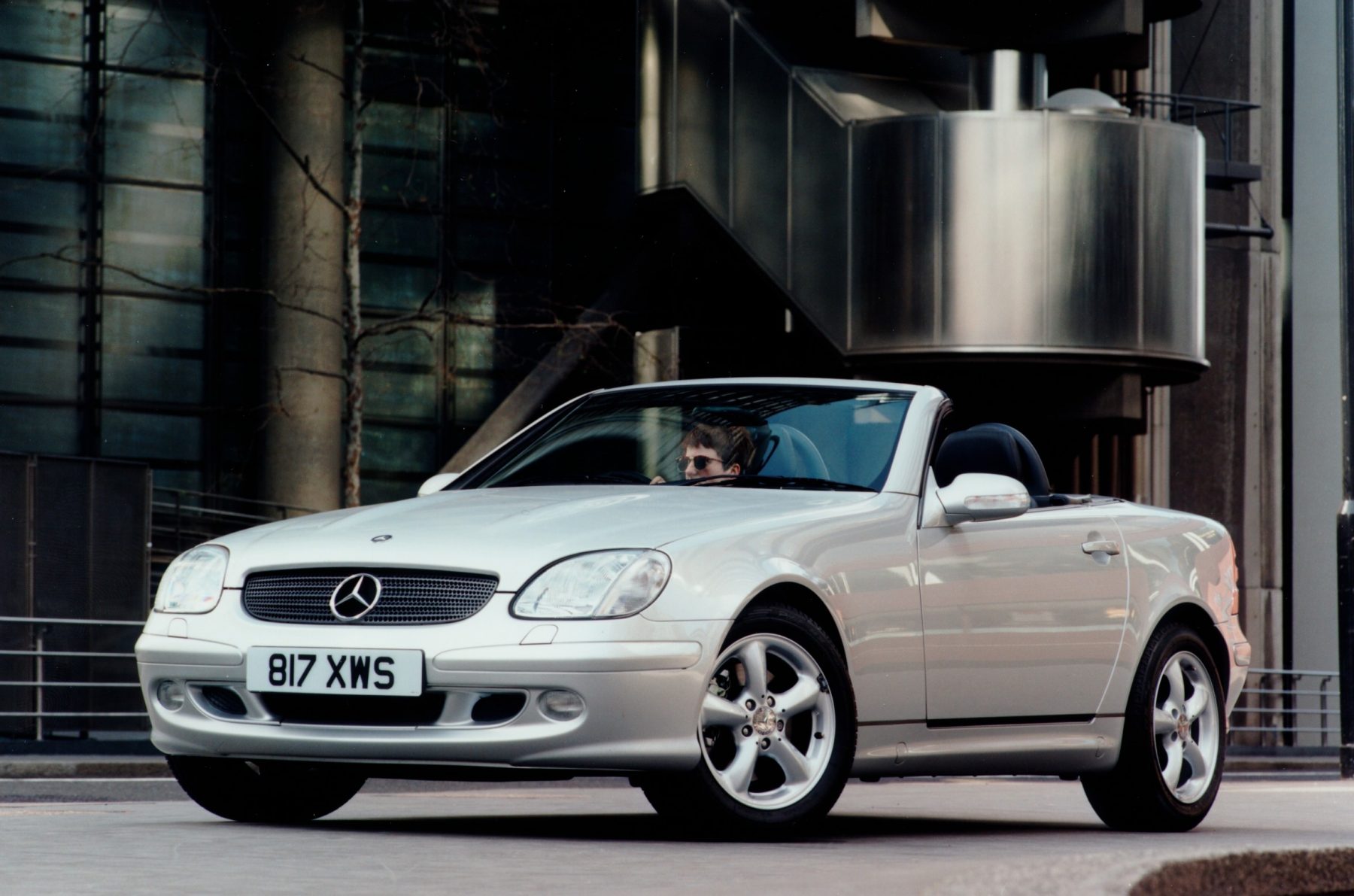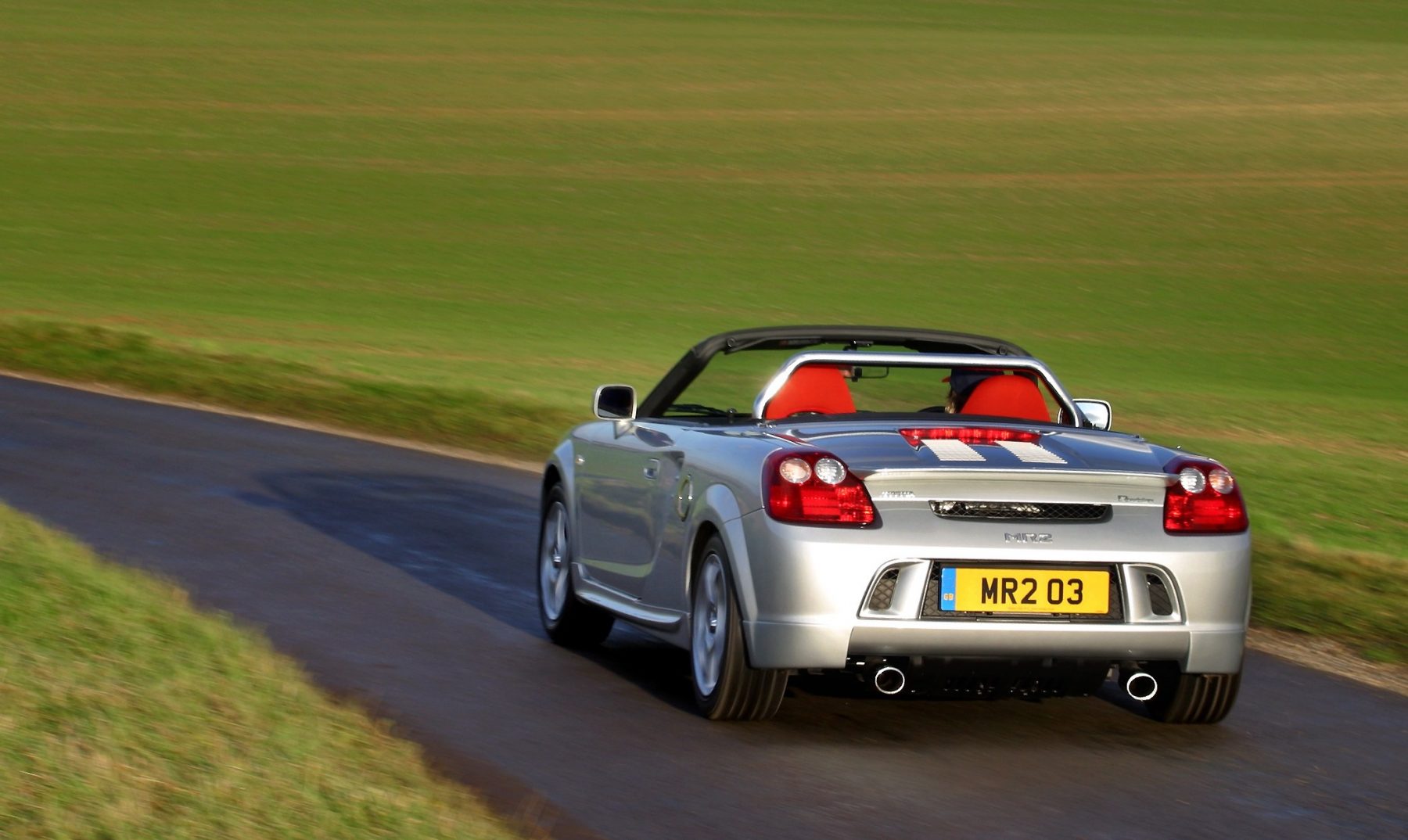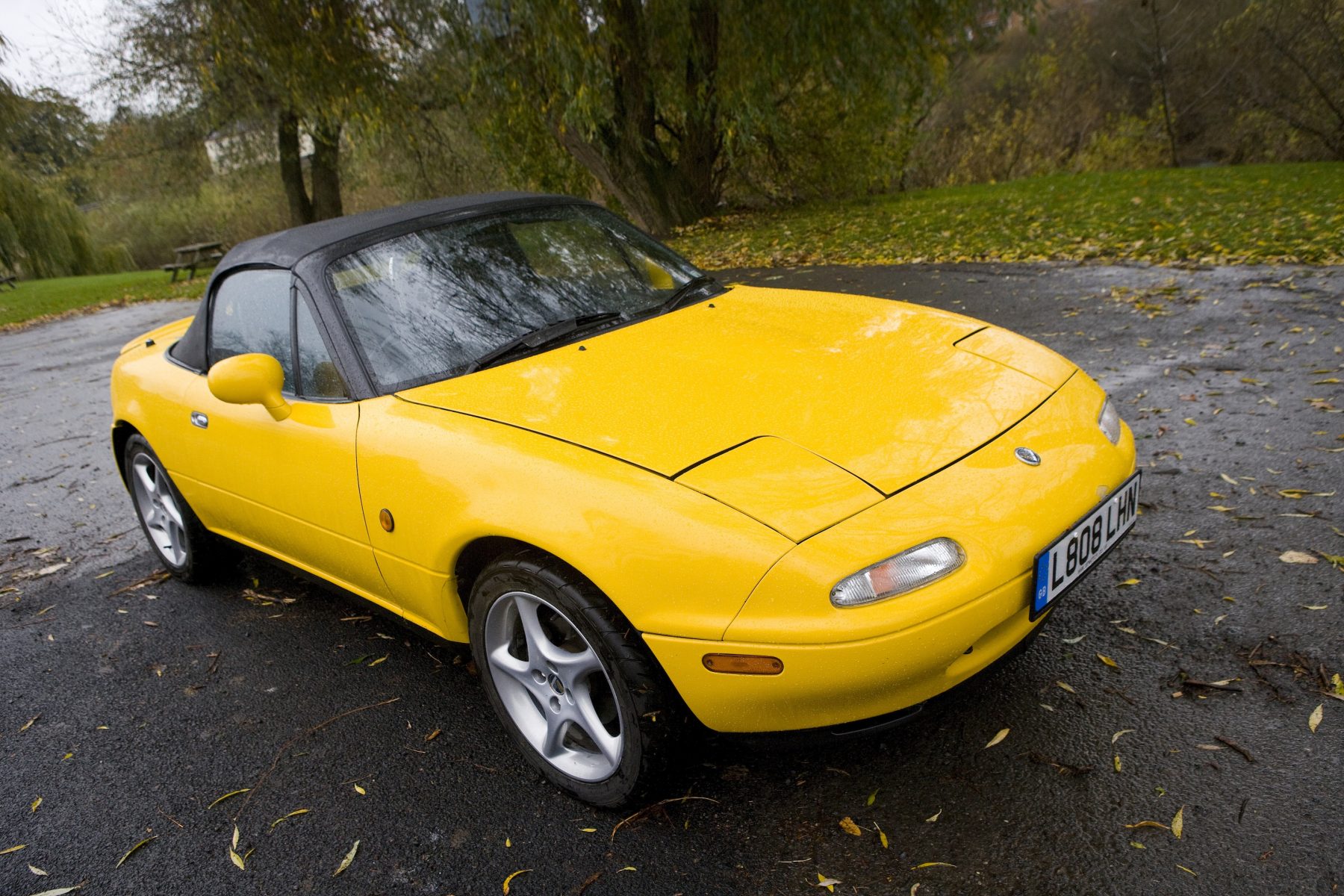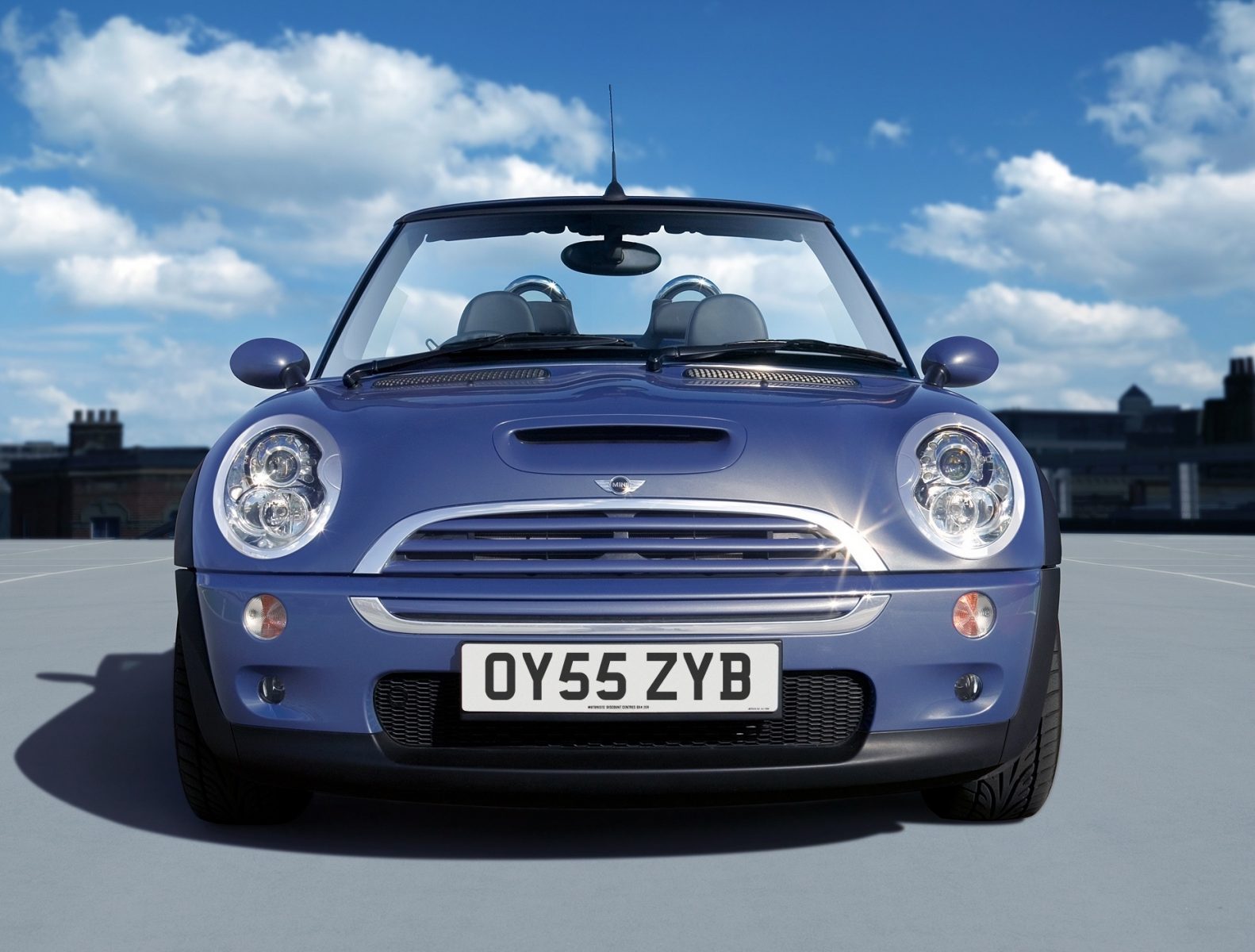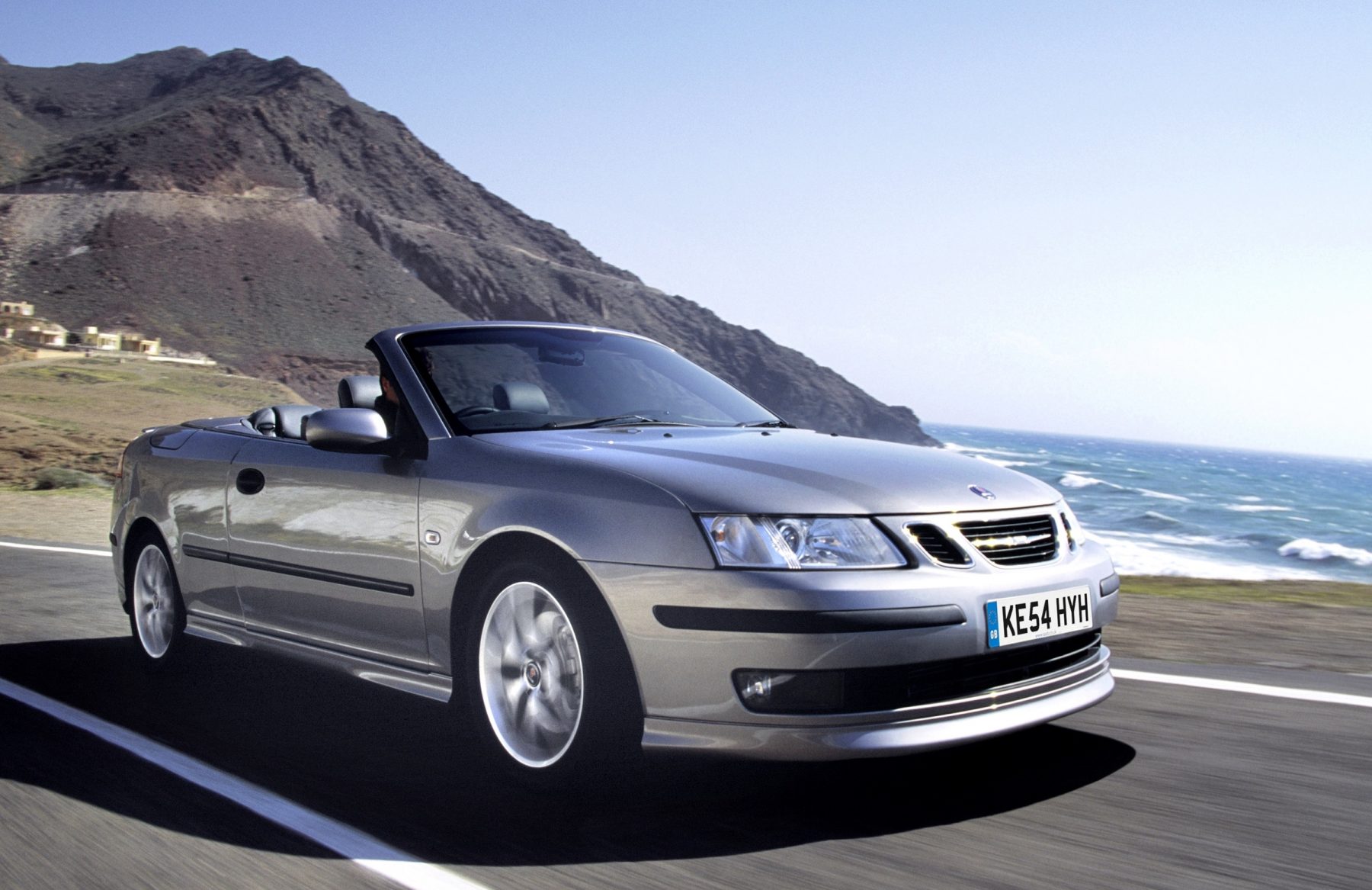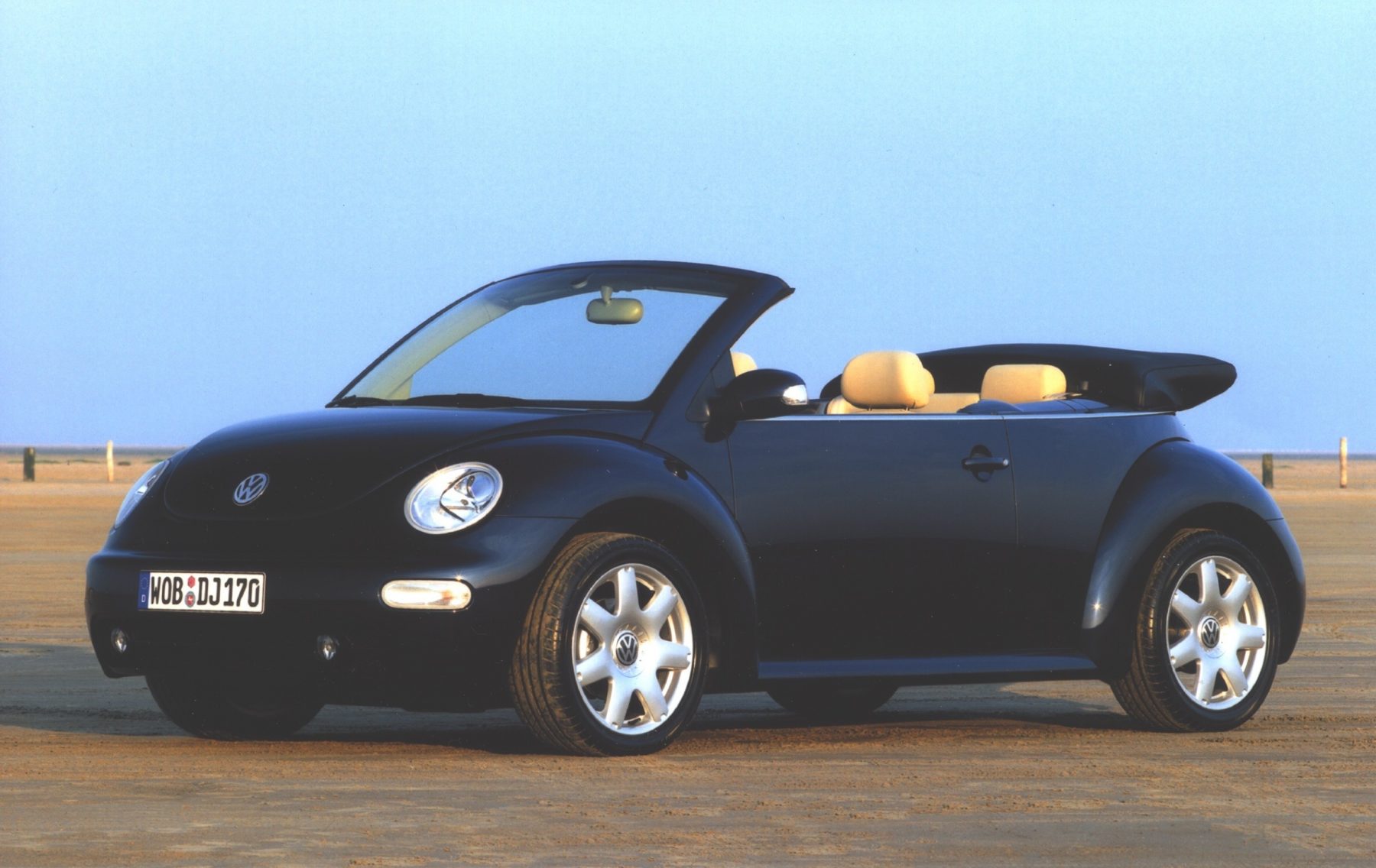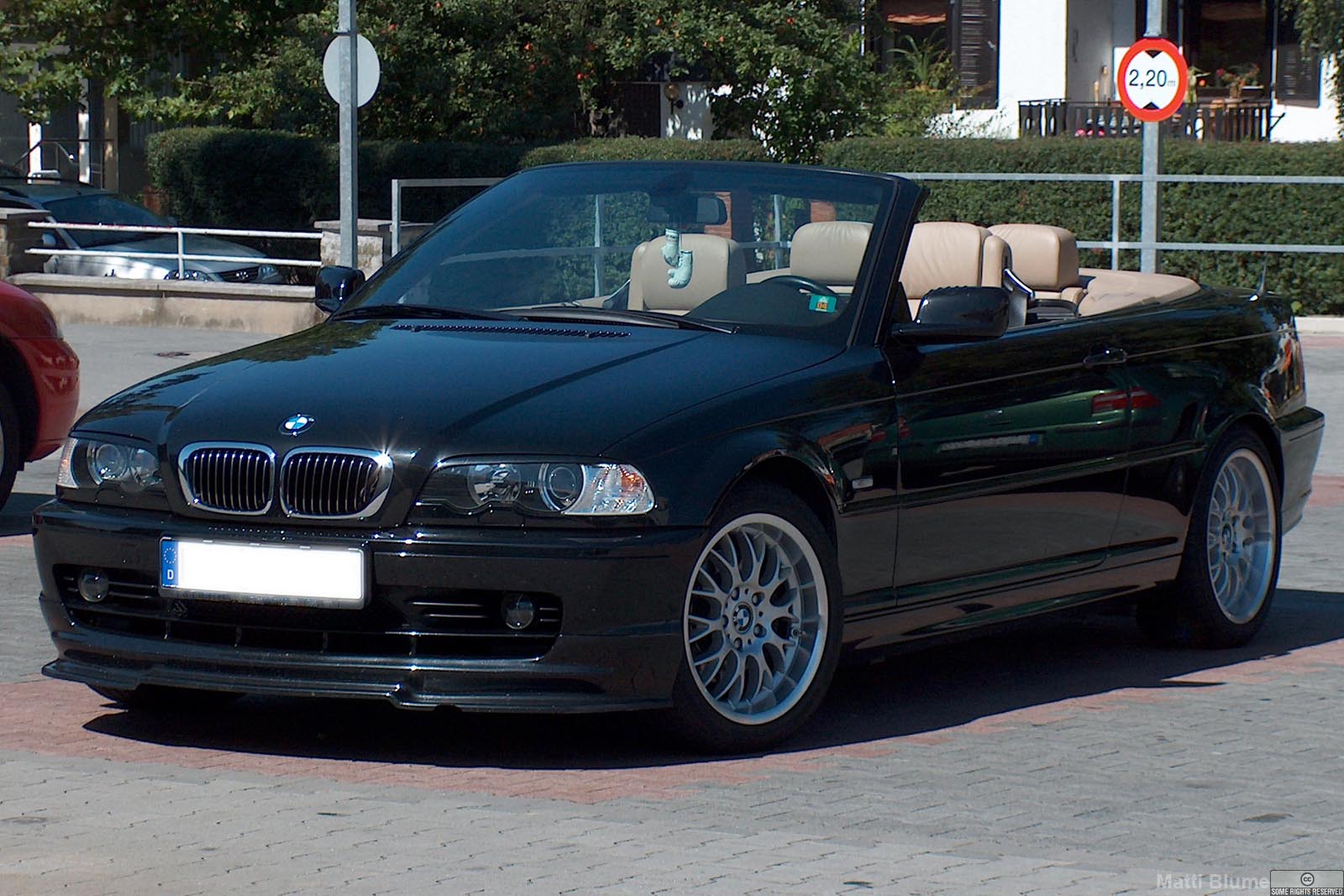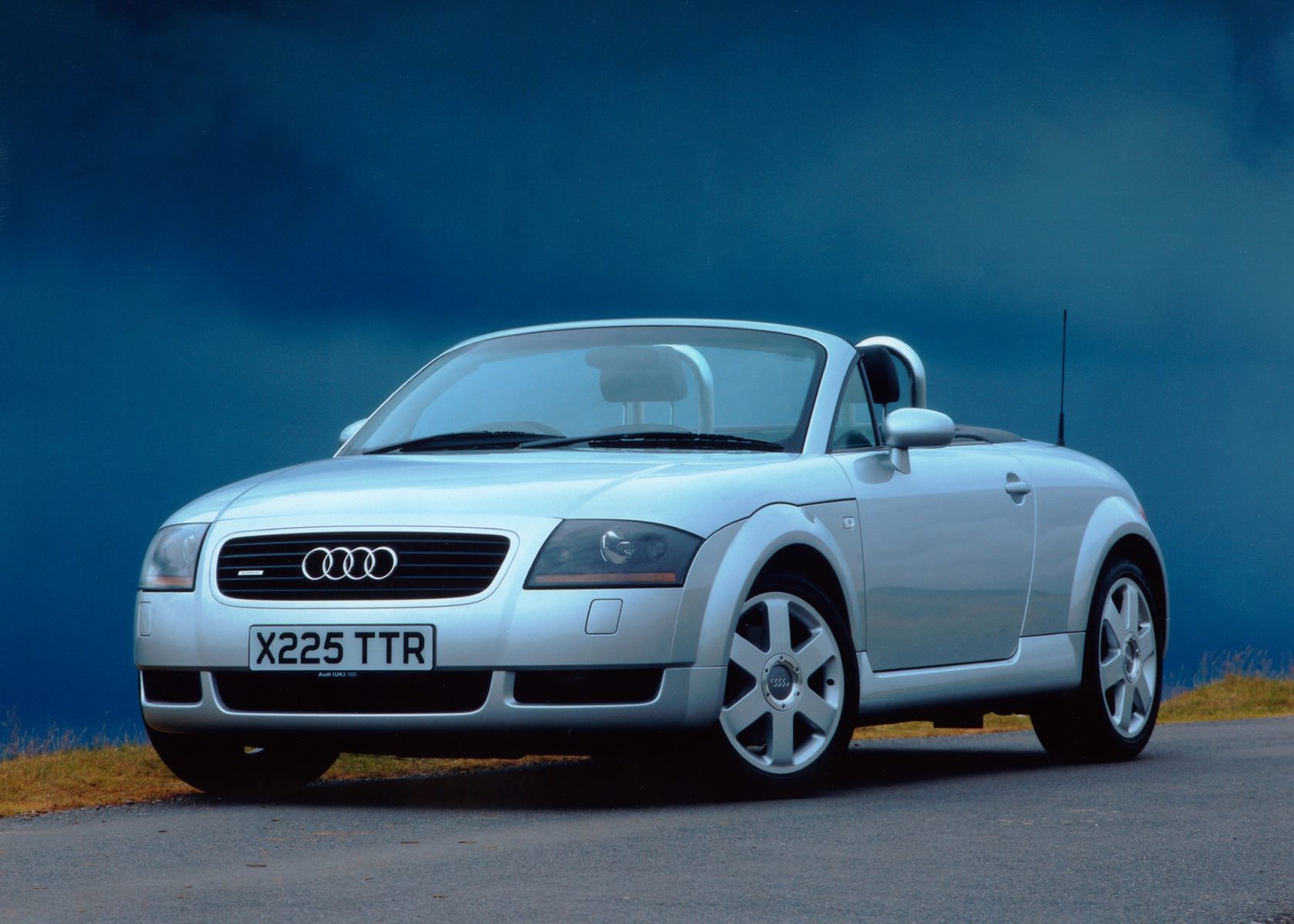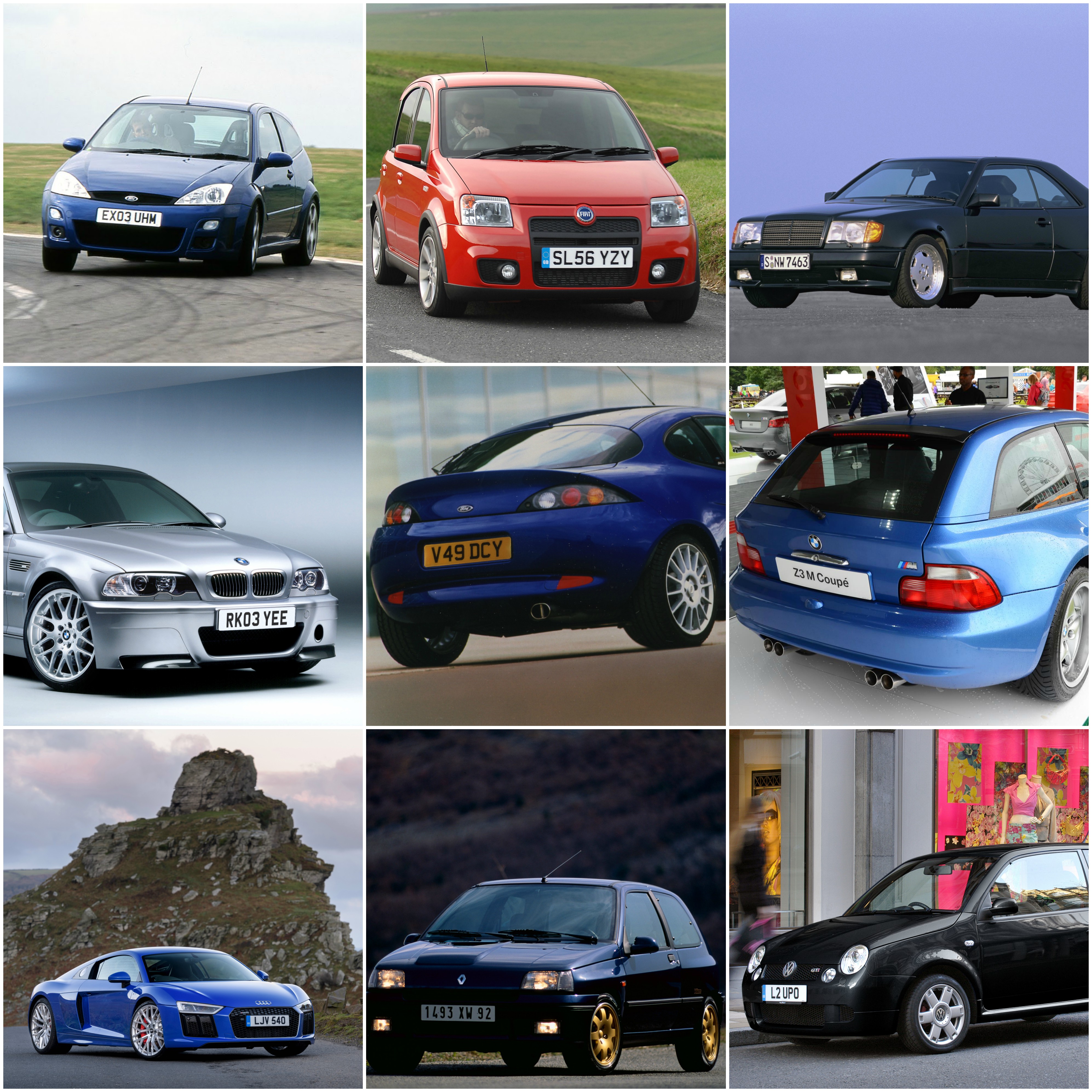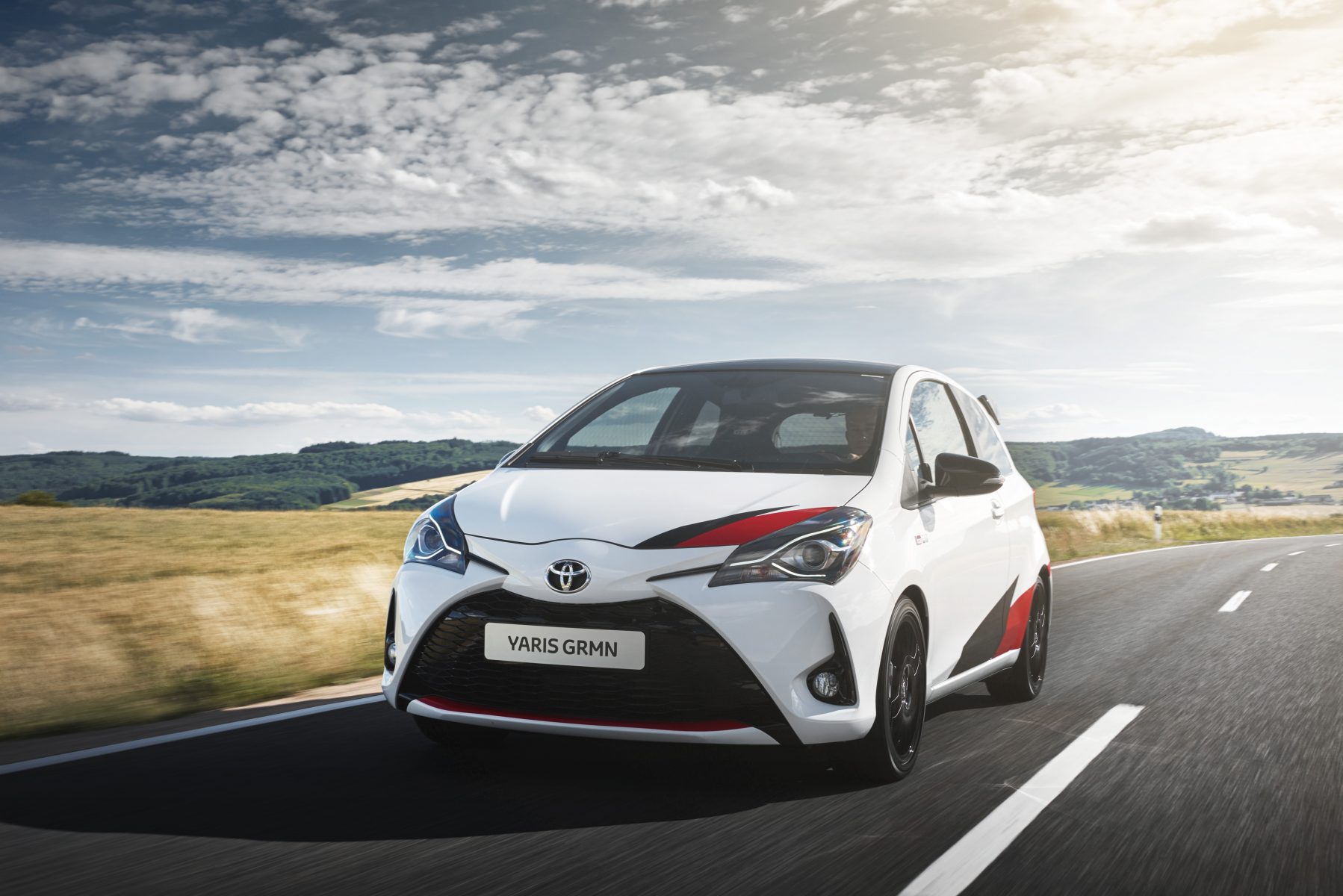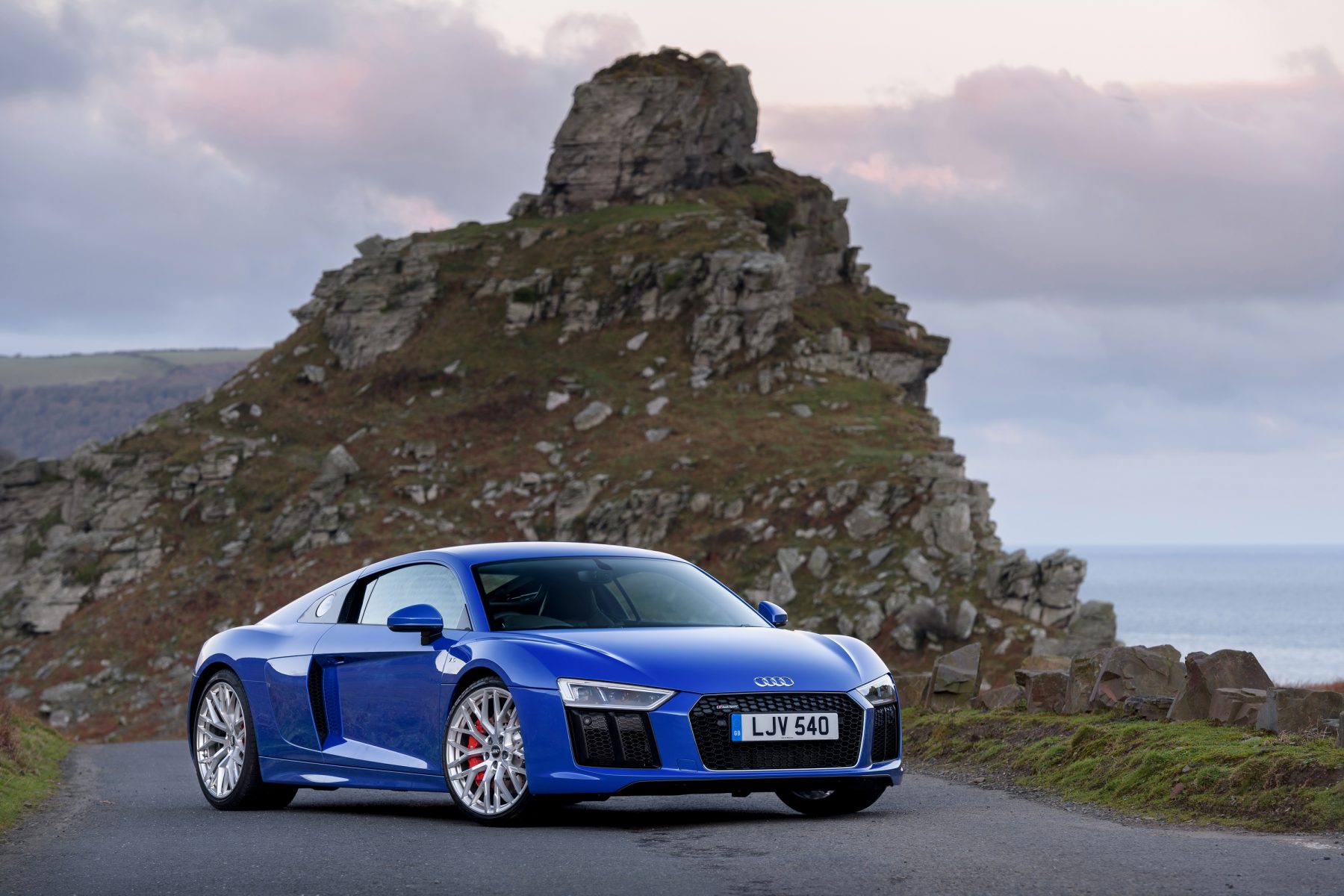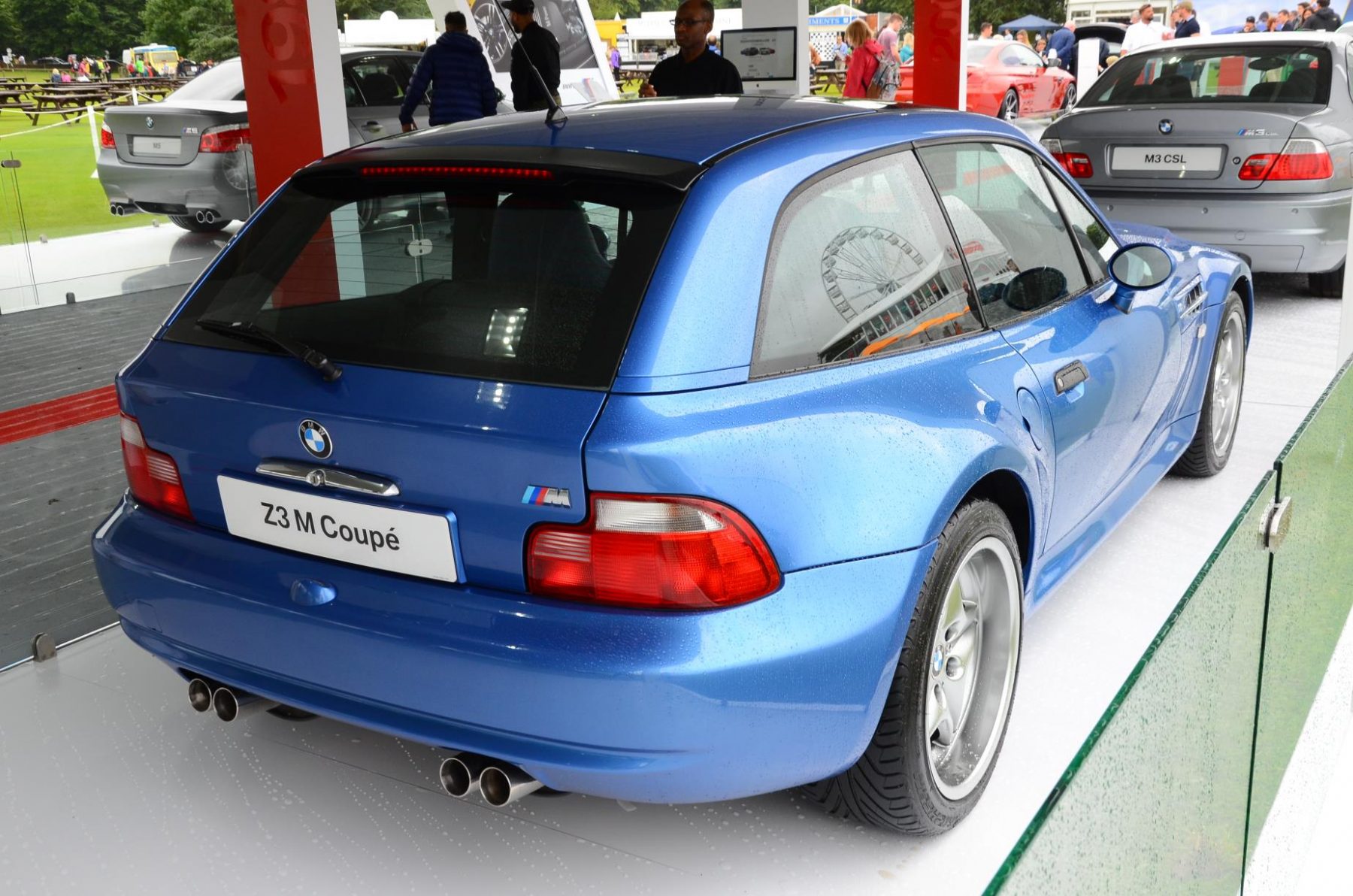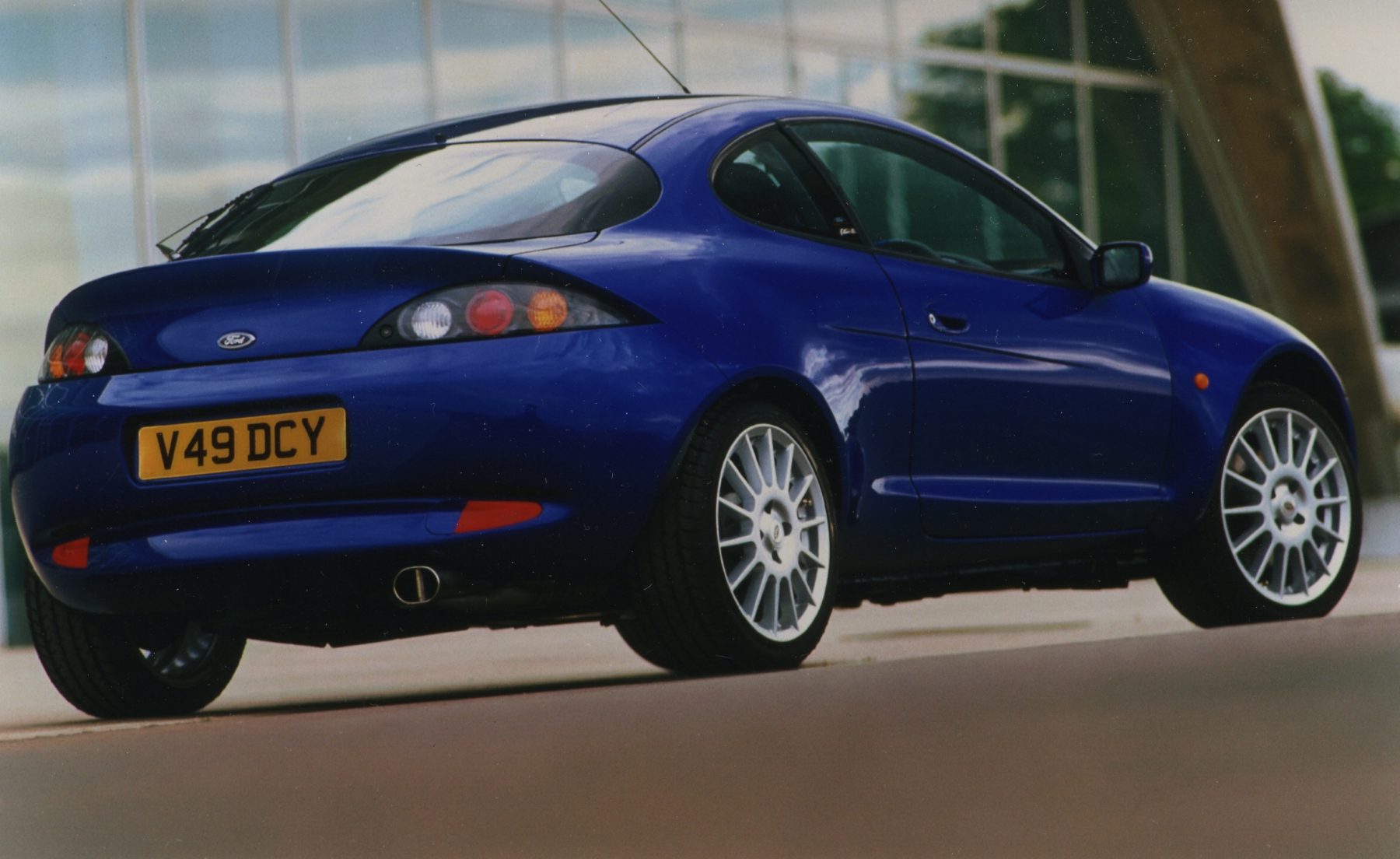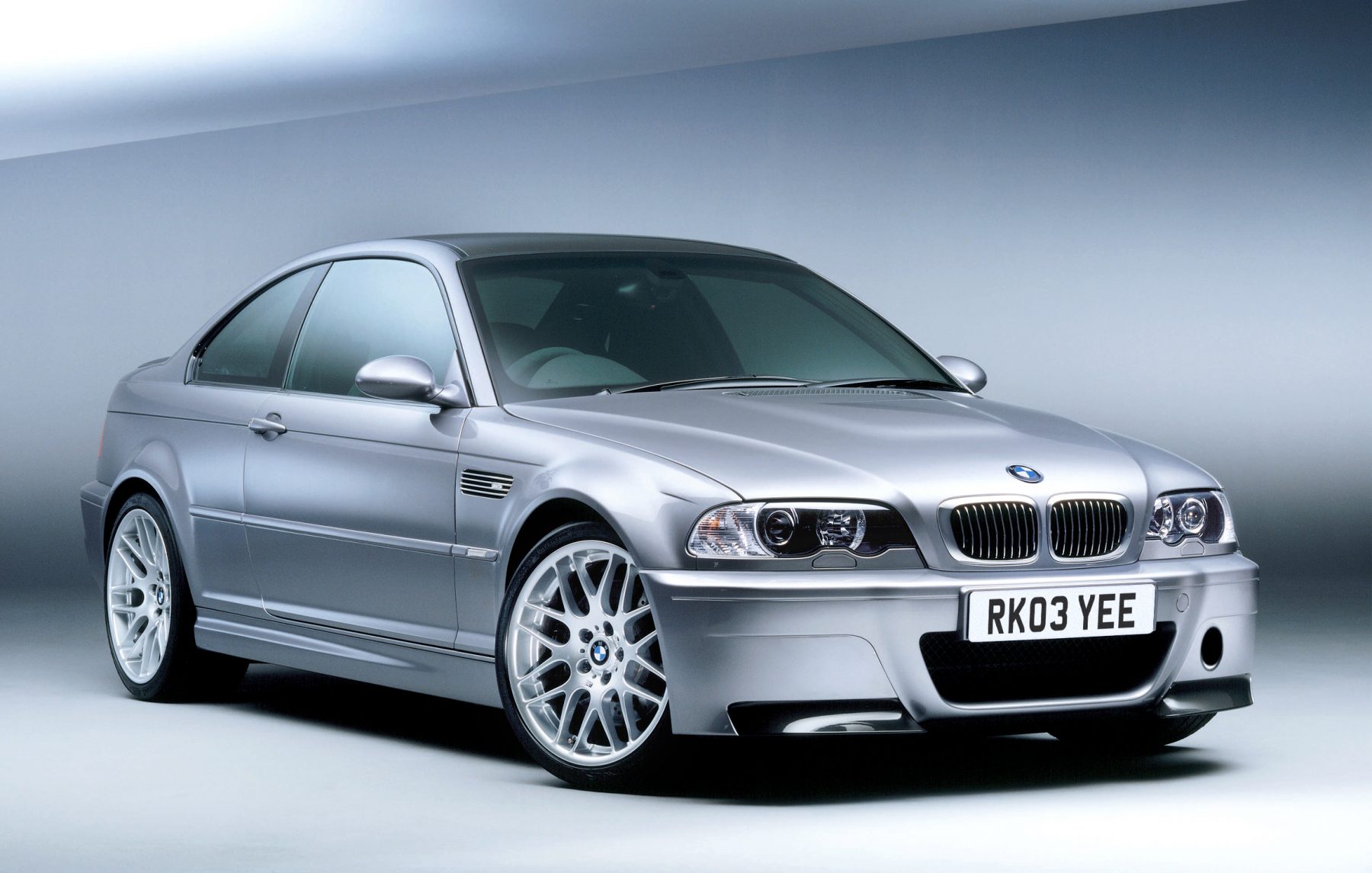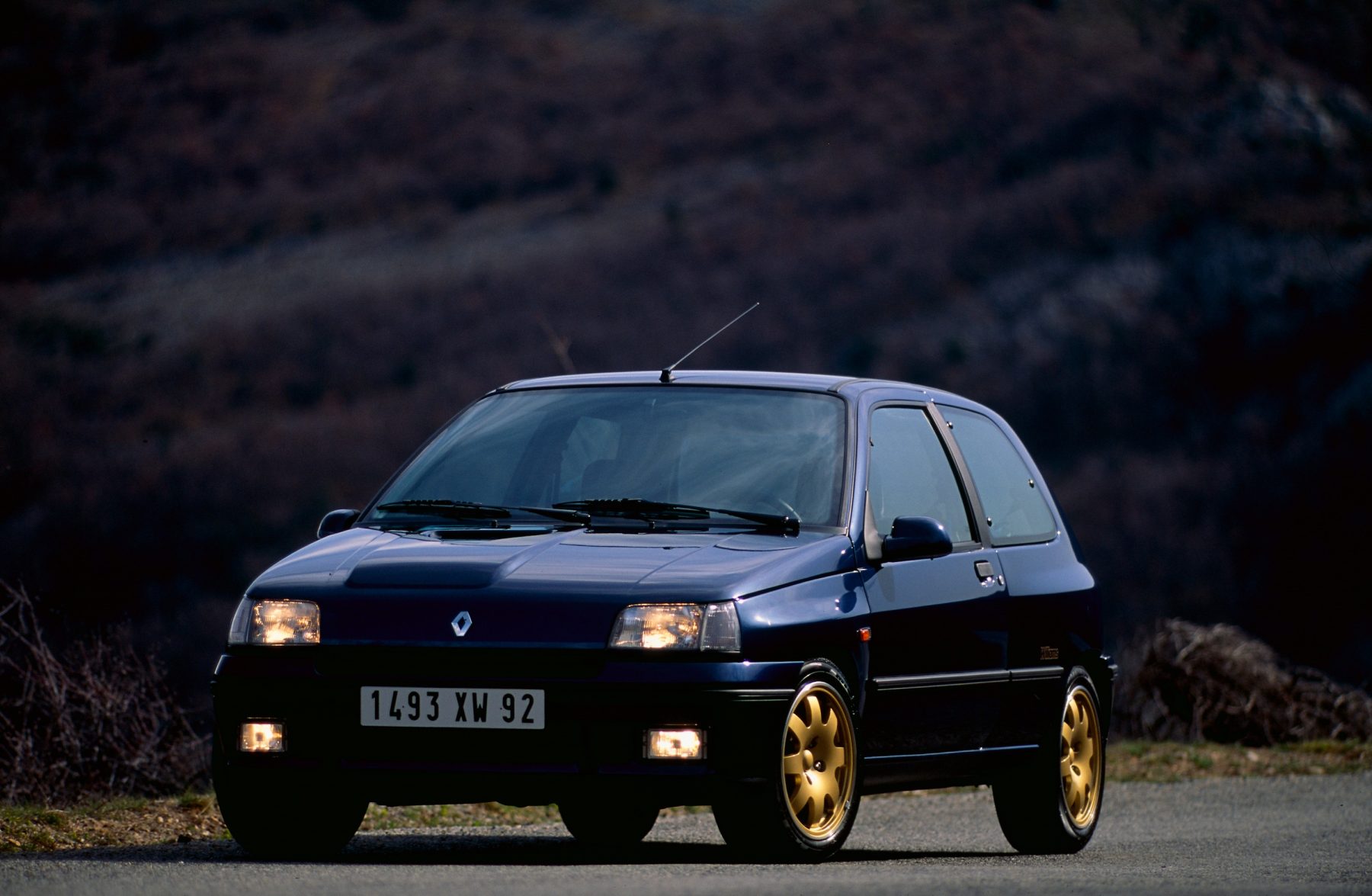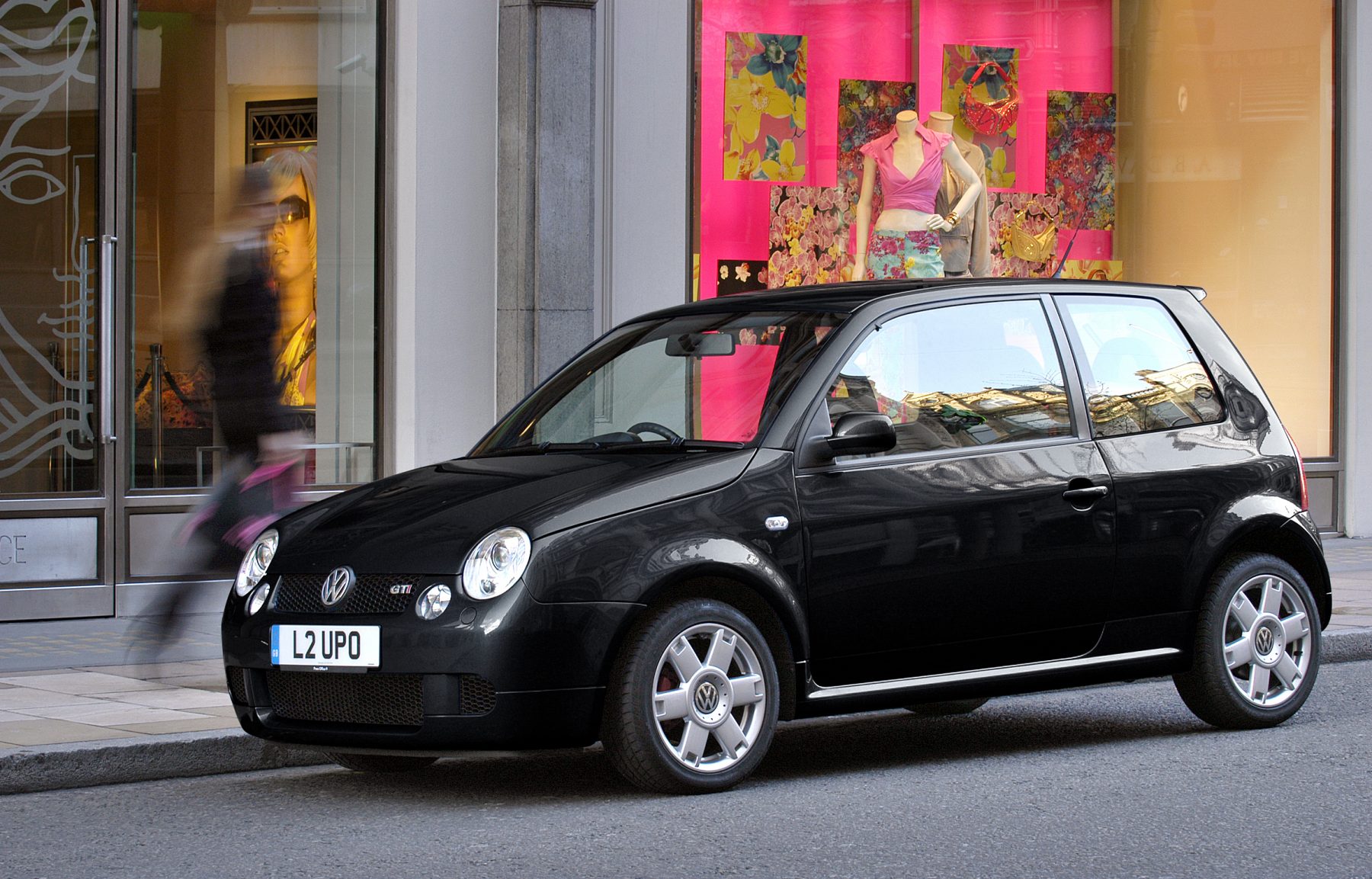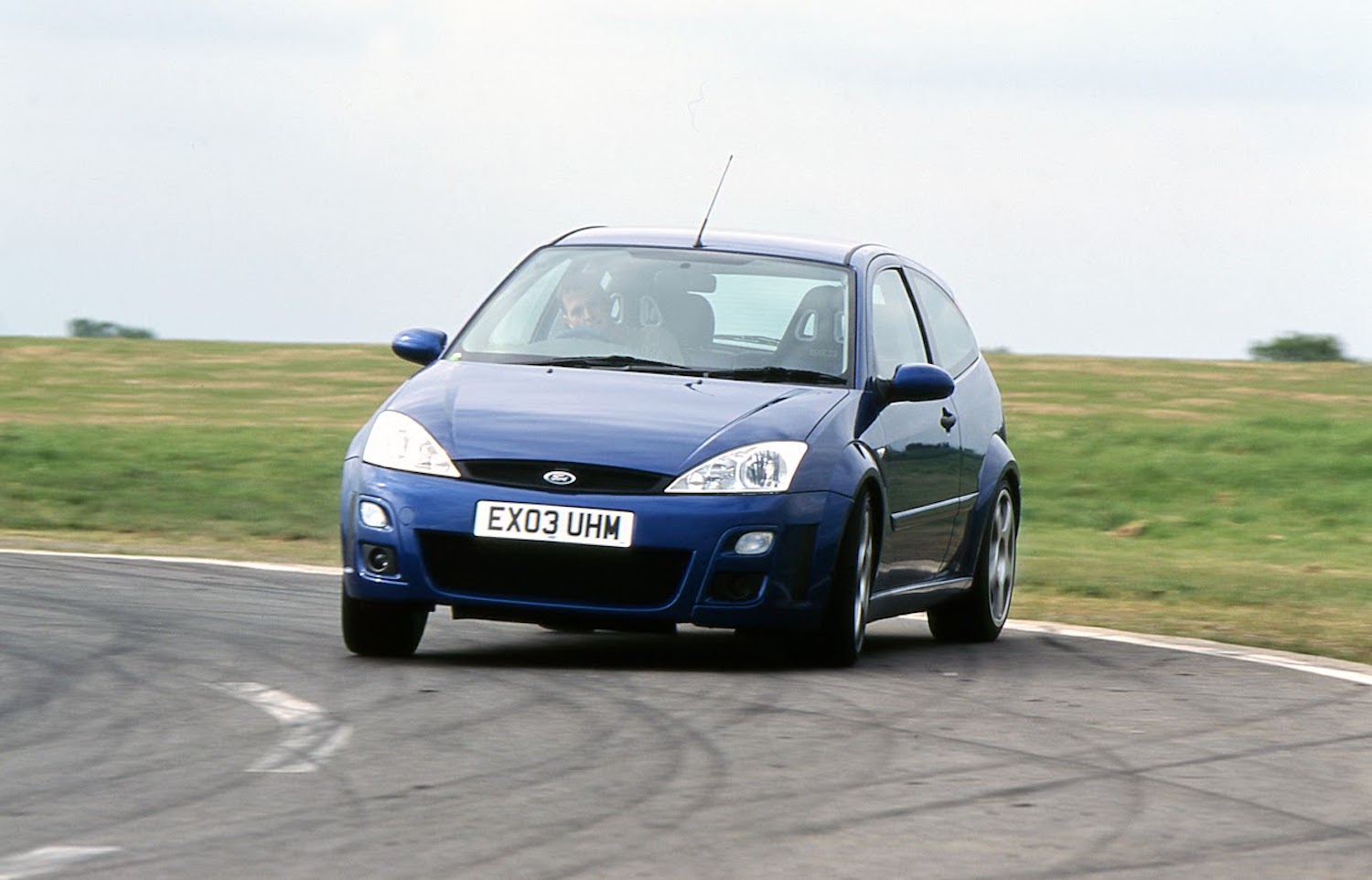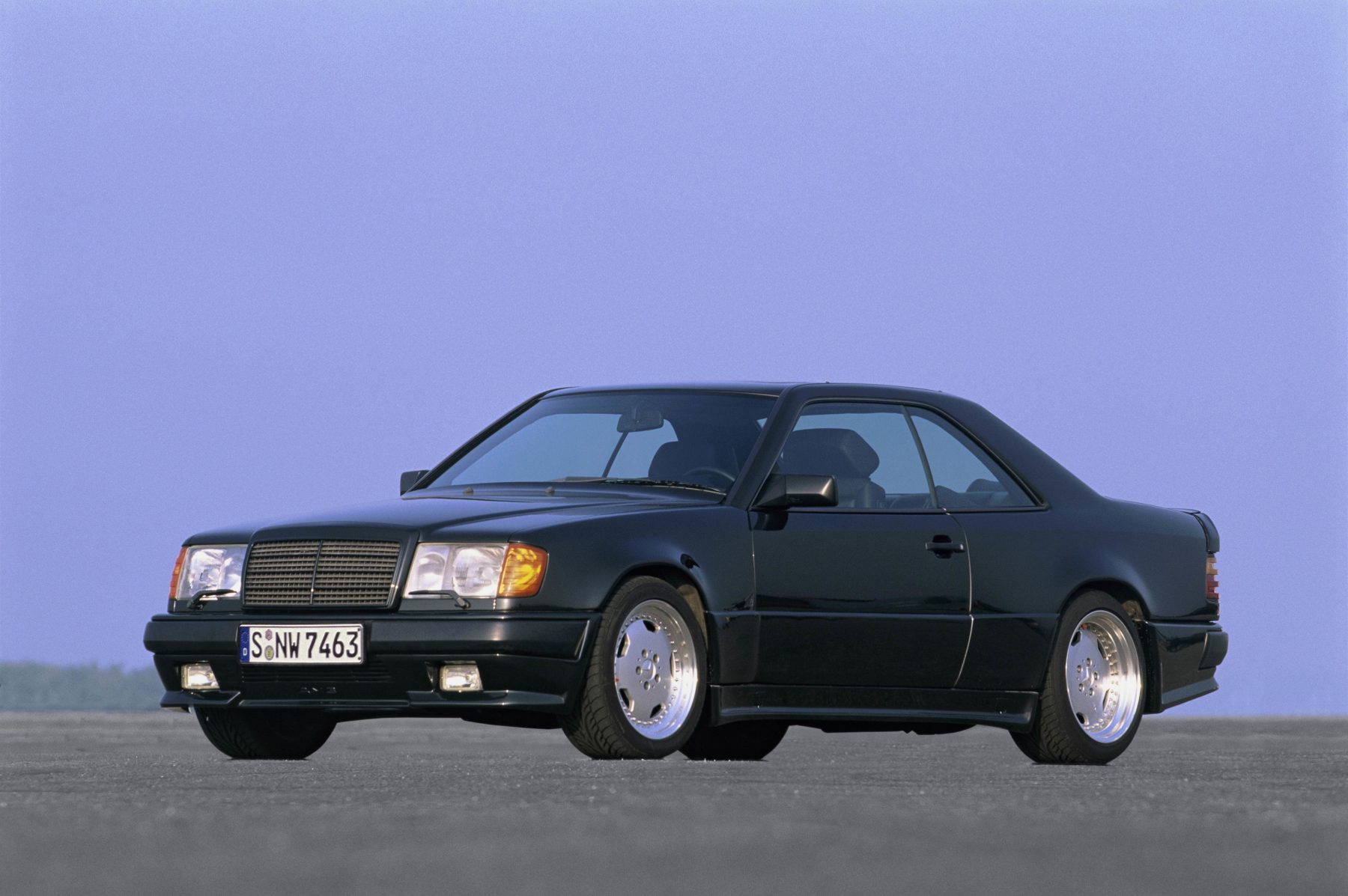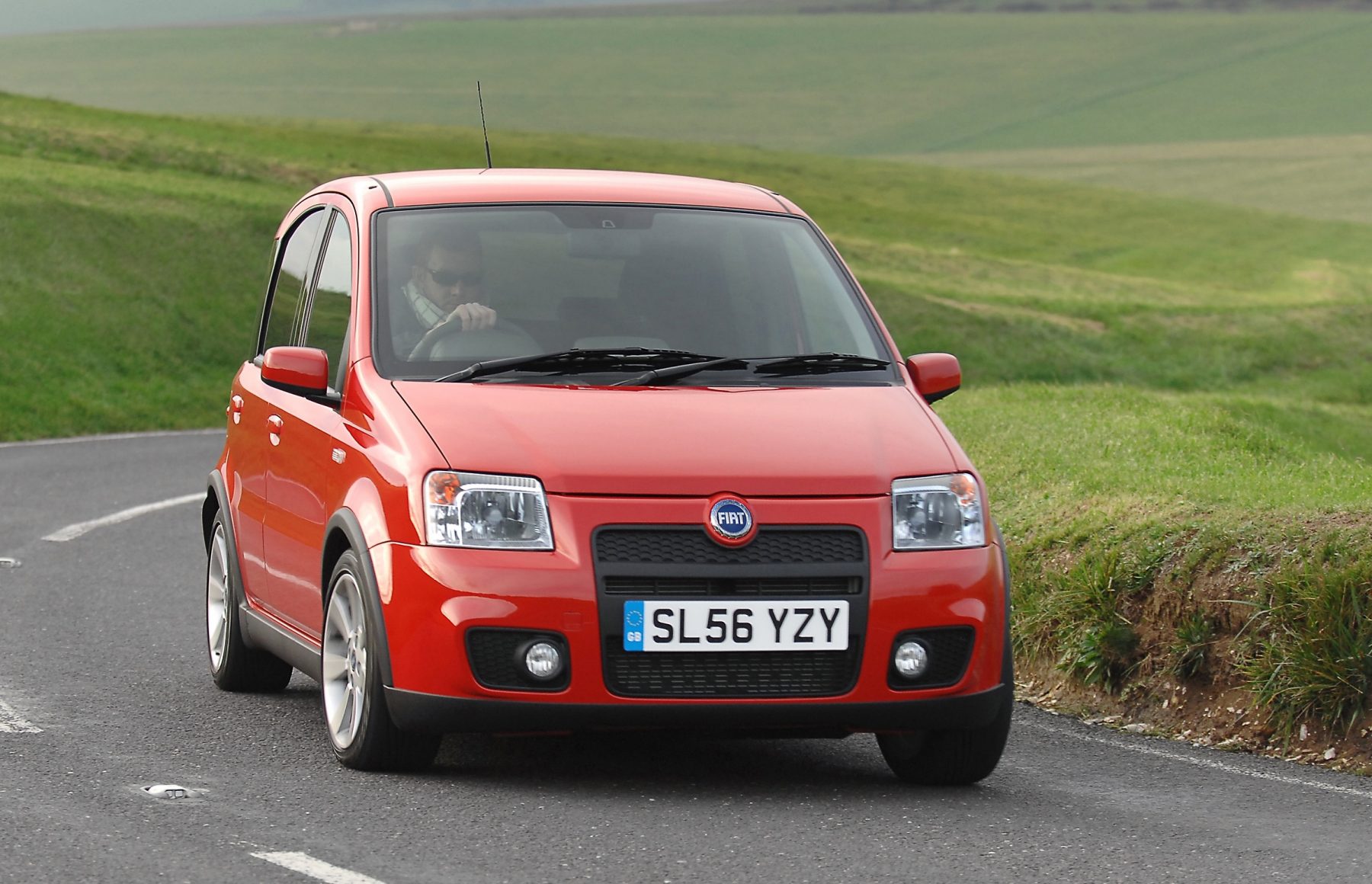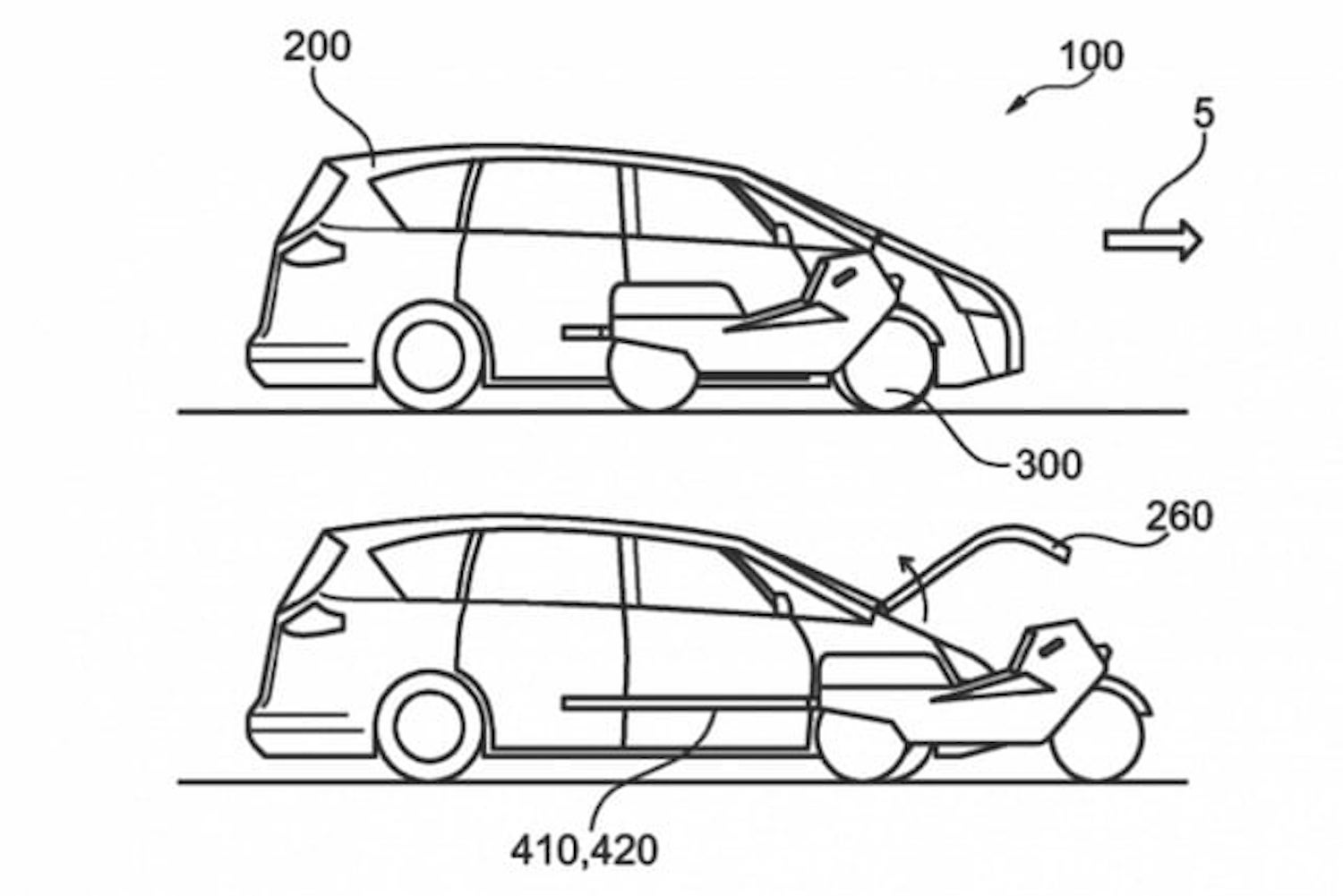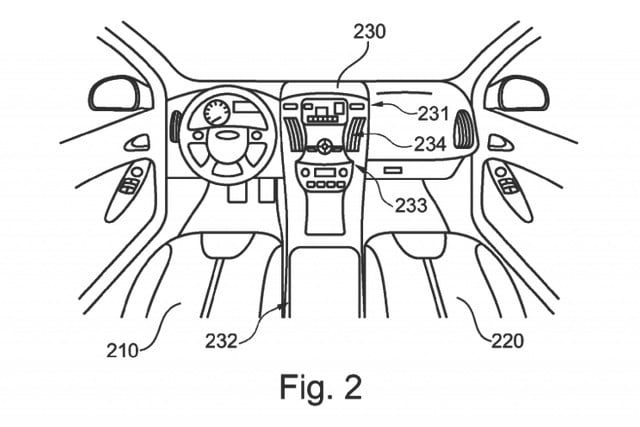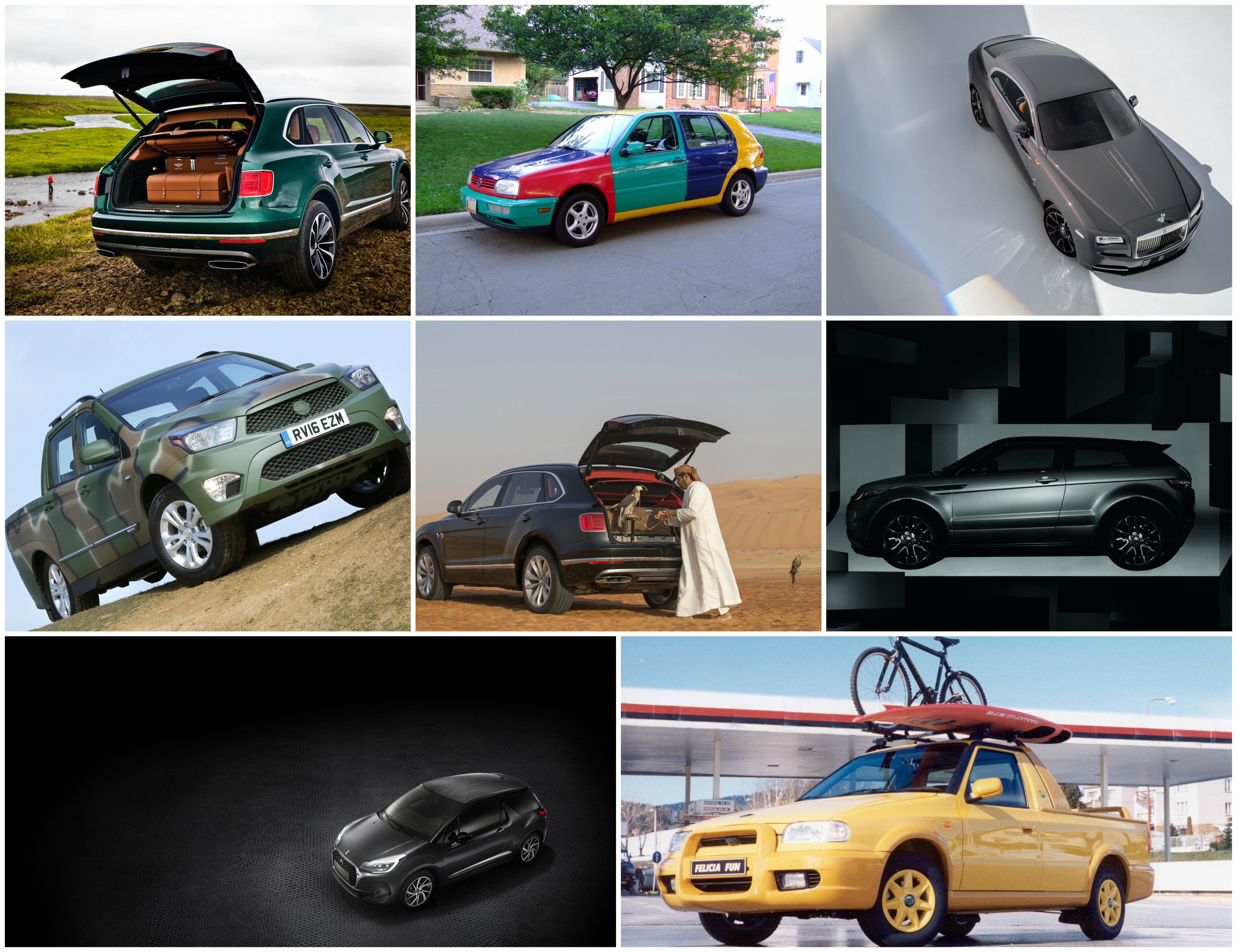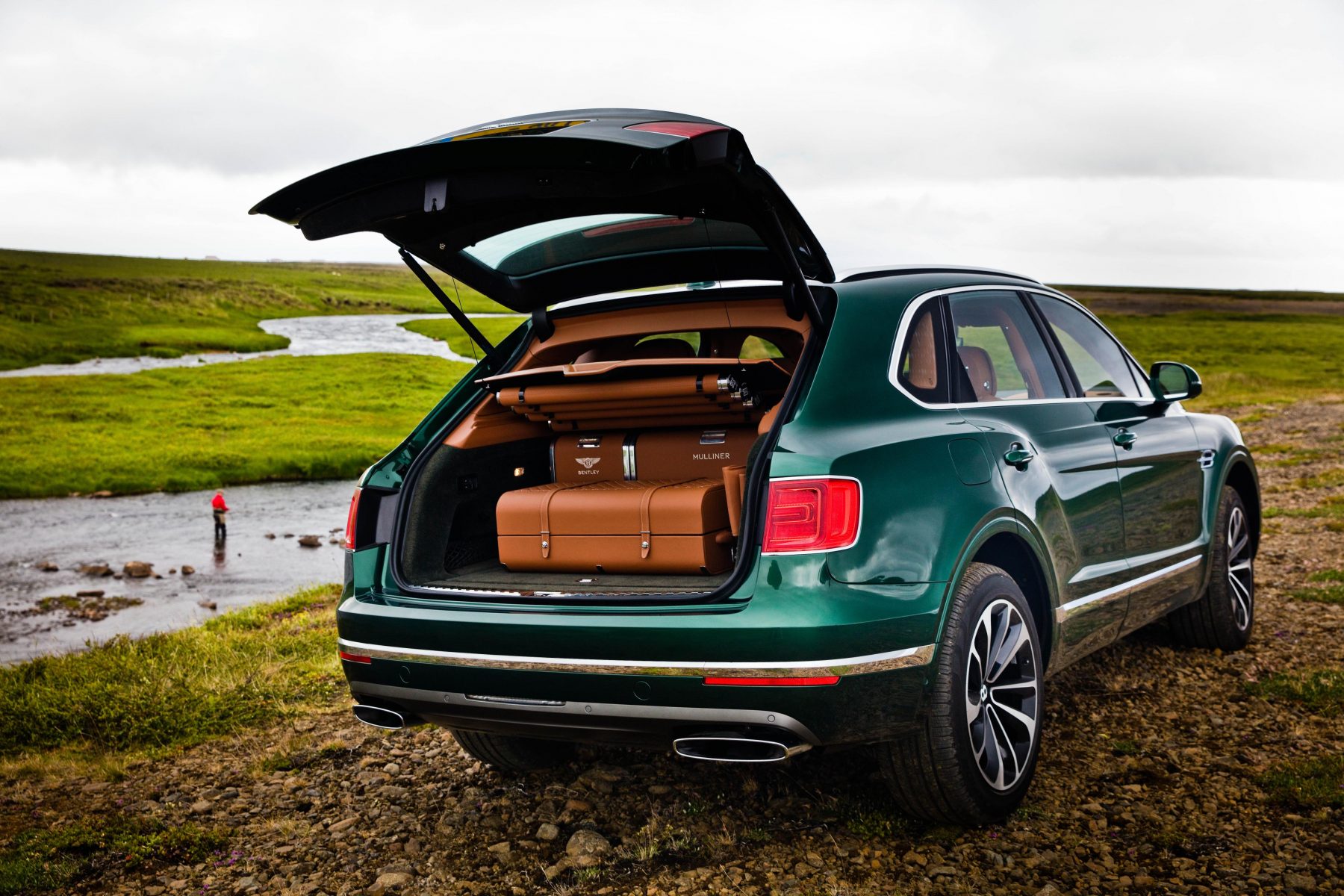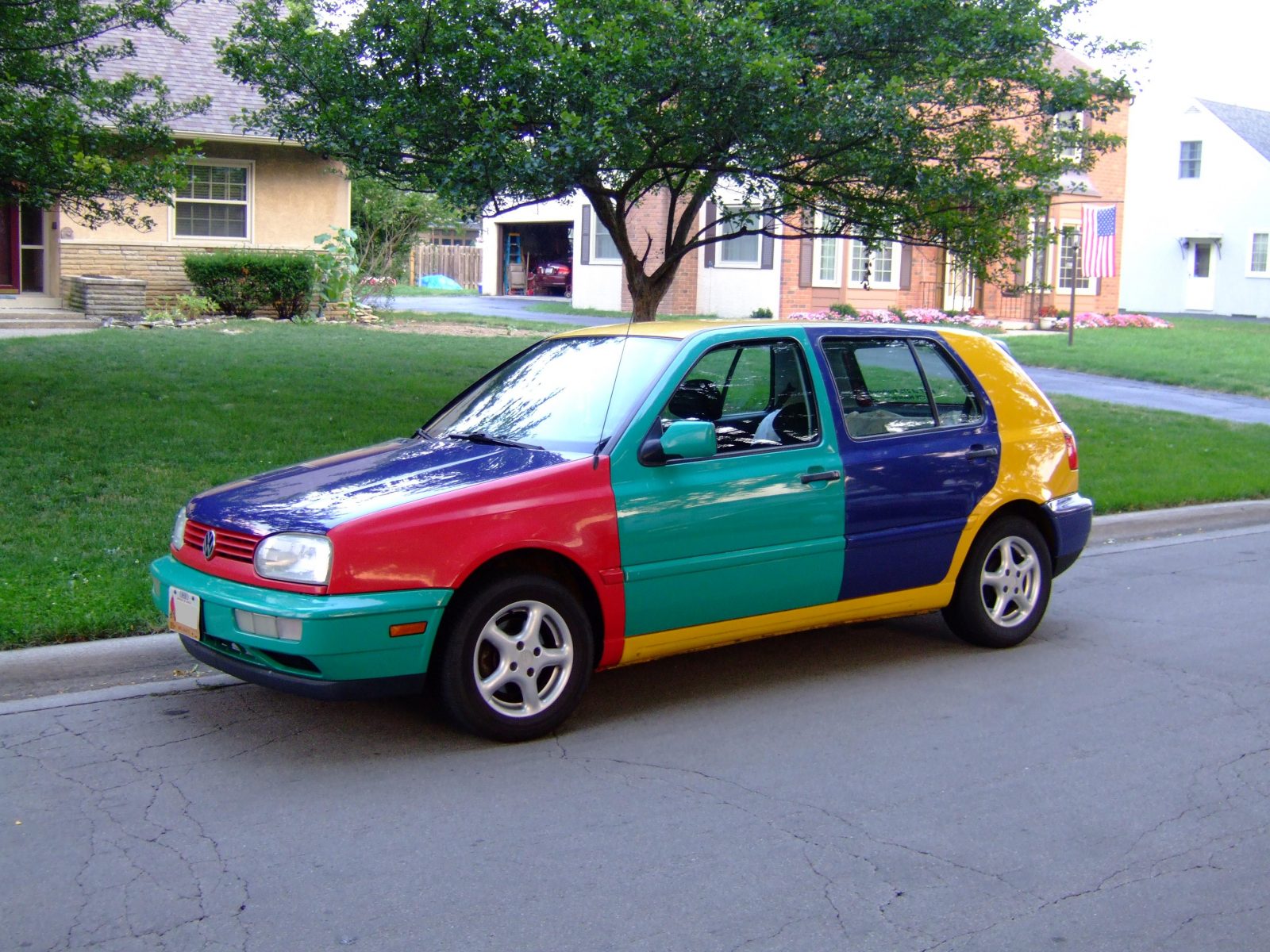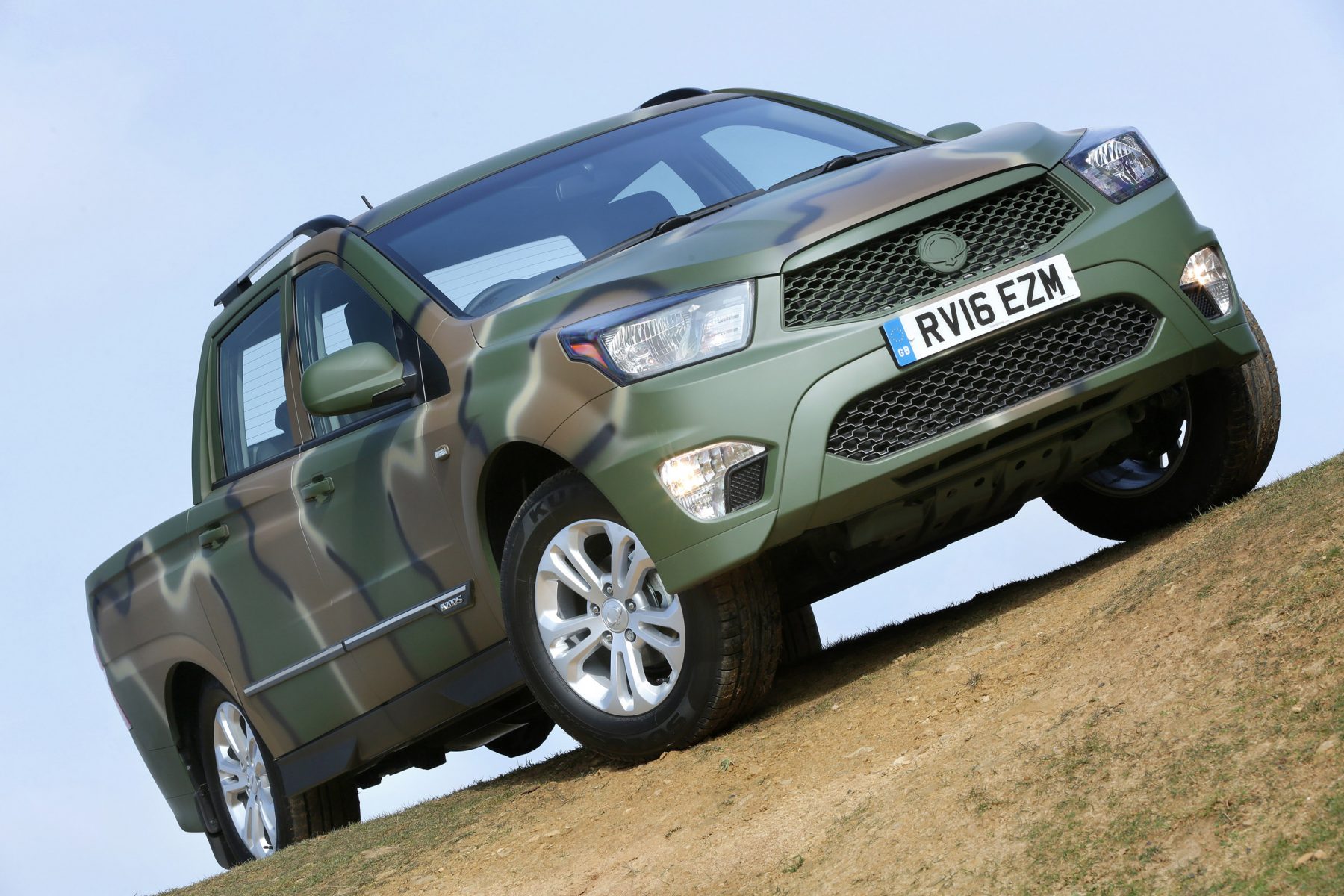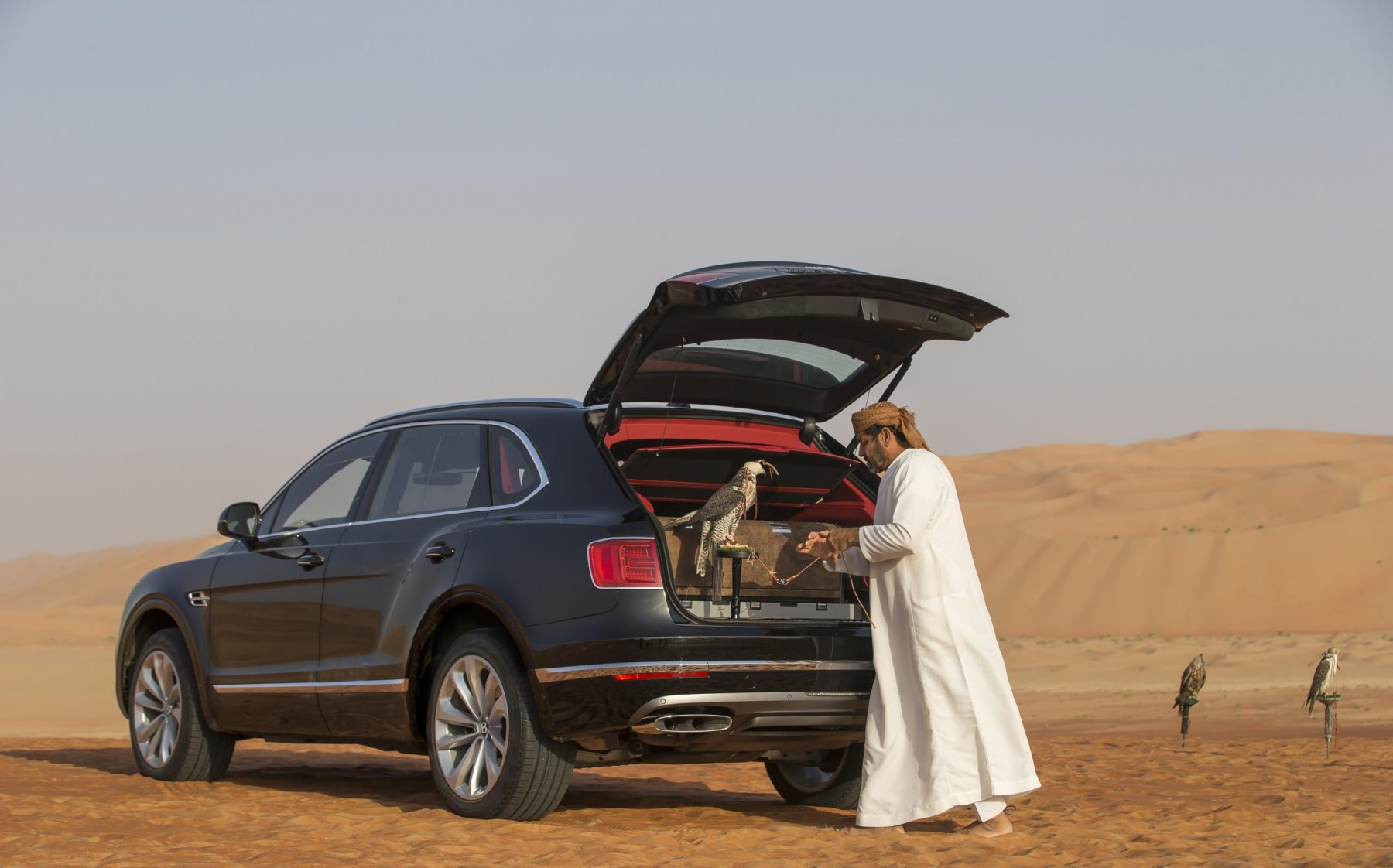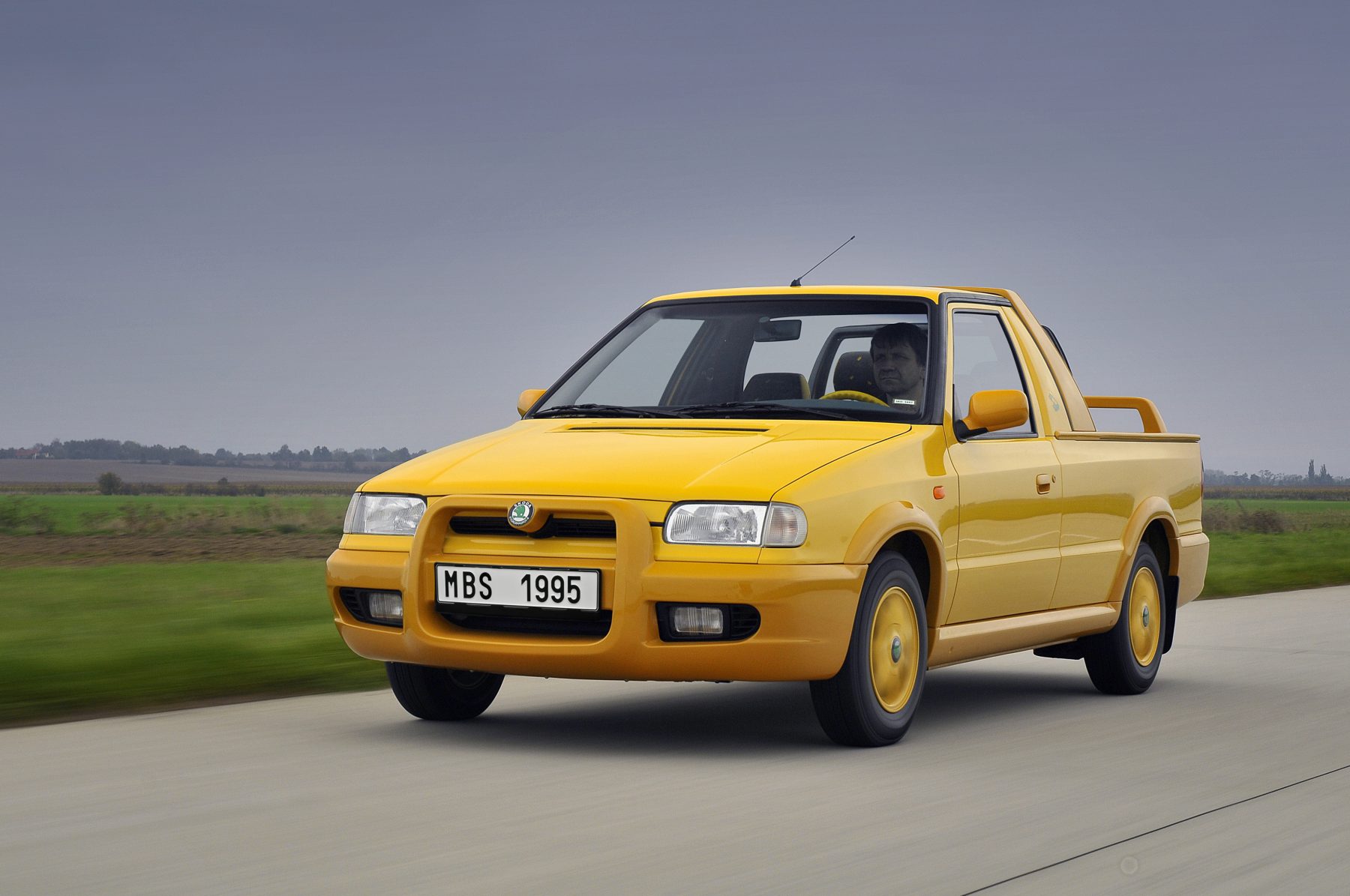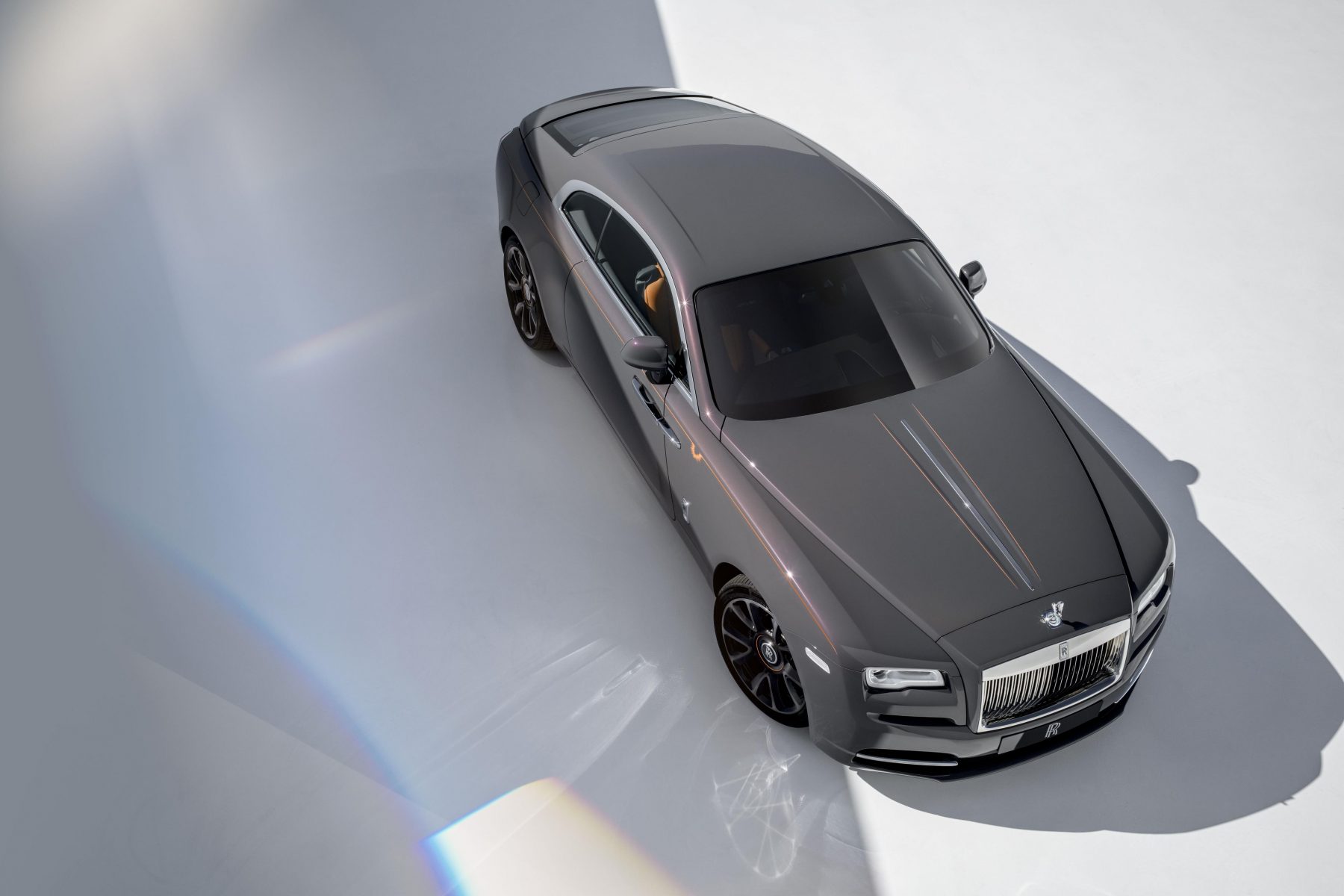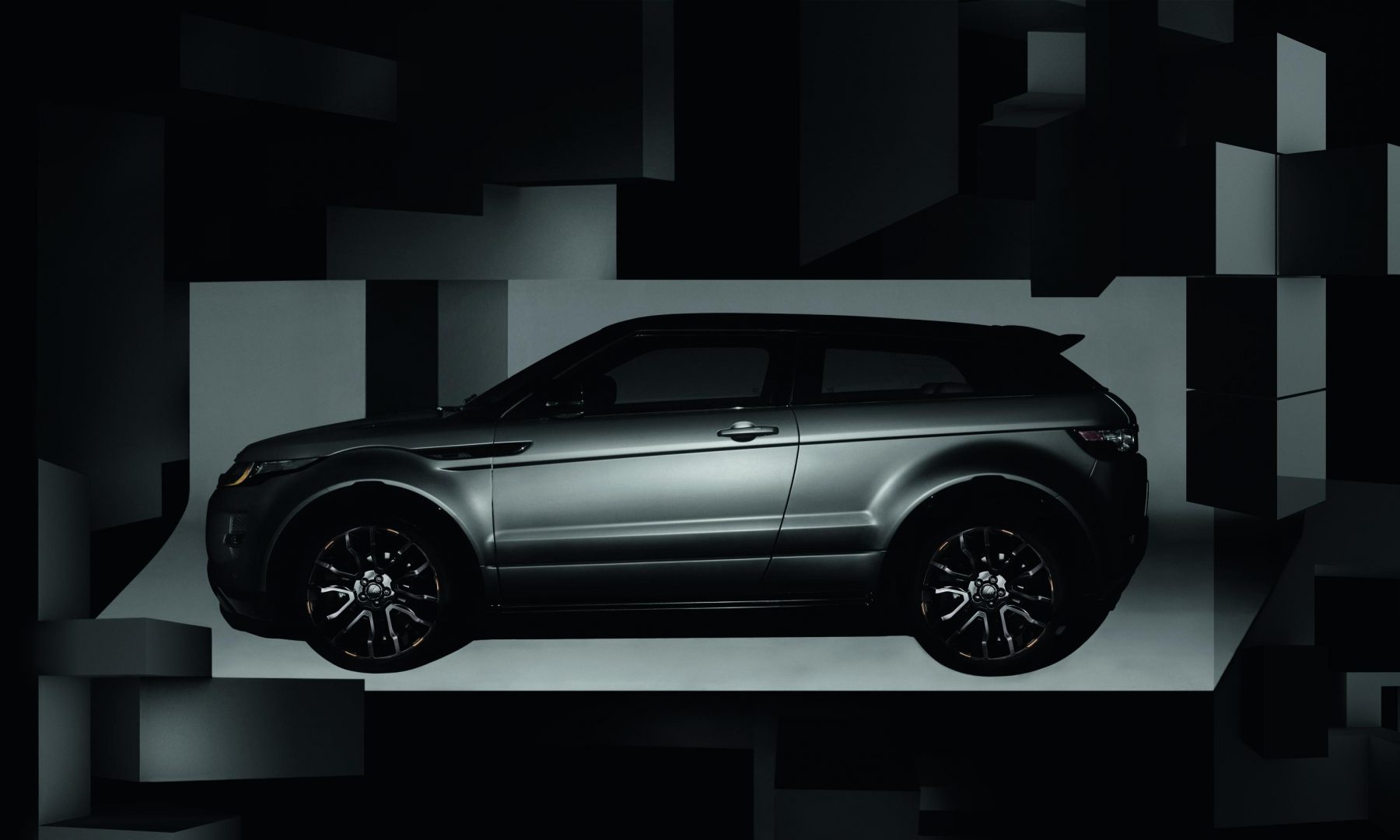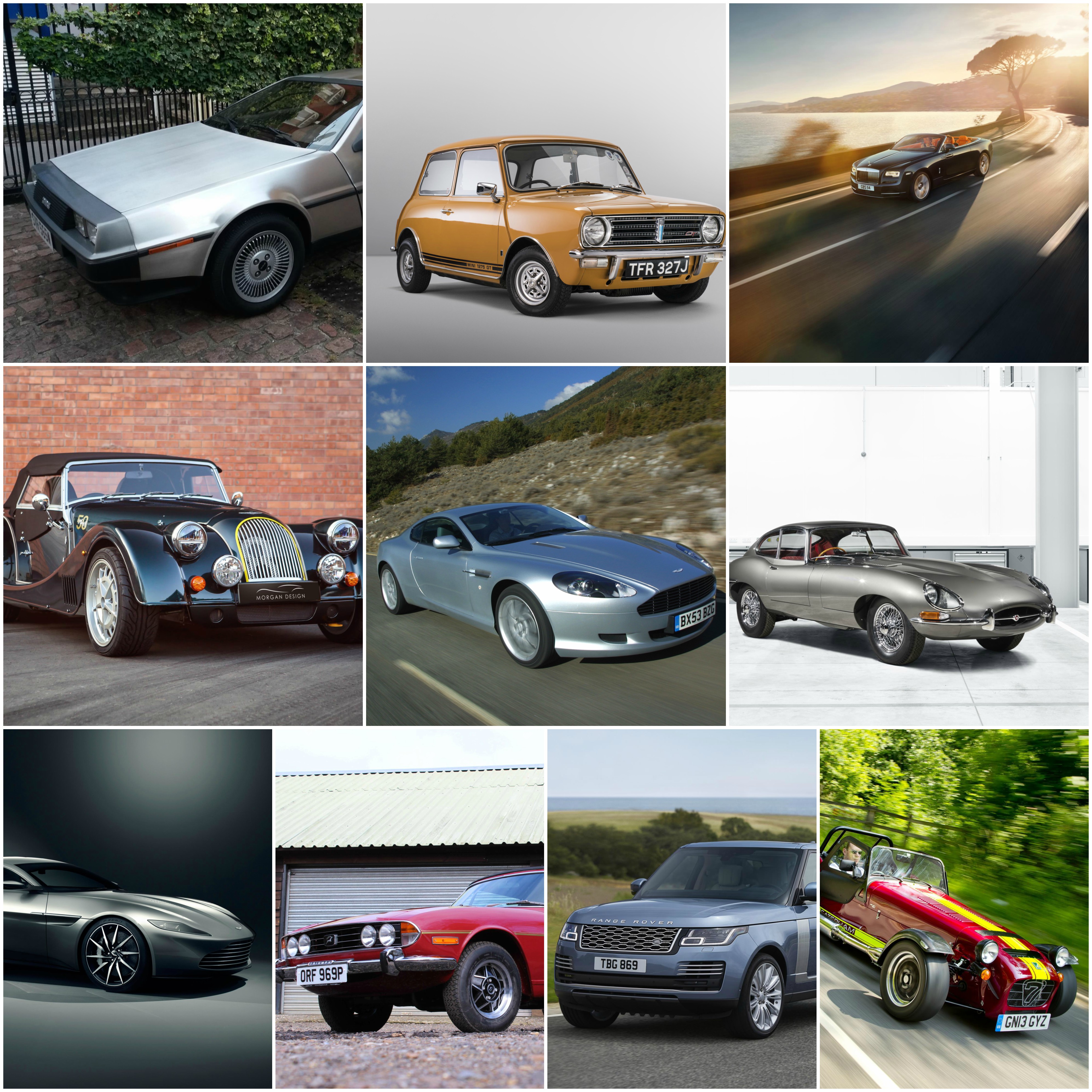Over the years, Britain has created some wonderfully good-looking cars. Yes, some haven’t quite hit the mark, but many have worked their way into the motoring hall of fame.
We know that this list could go on forever, but we’ve hand-picked a small selection that stand out from the crowd. See if you agree with them.
Aston Martin DB10
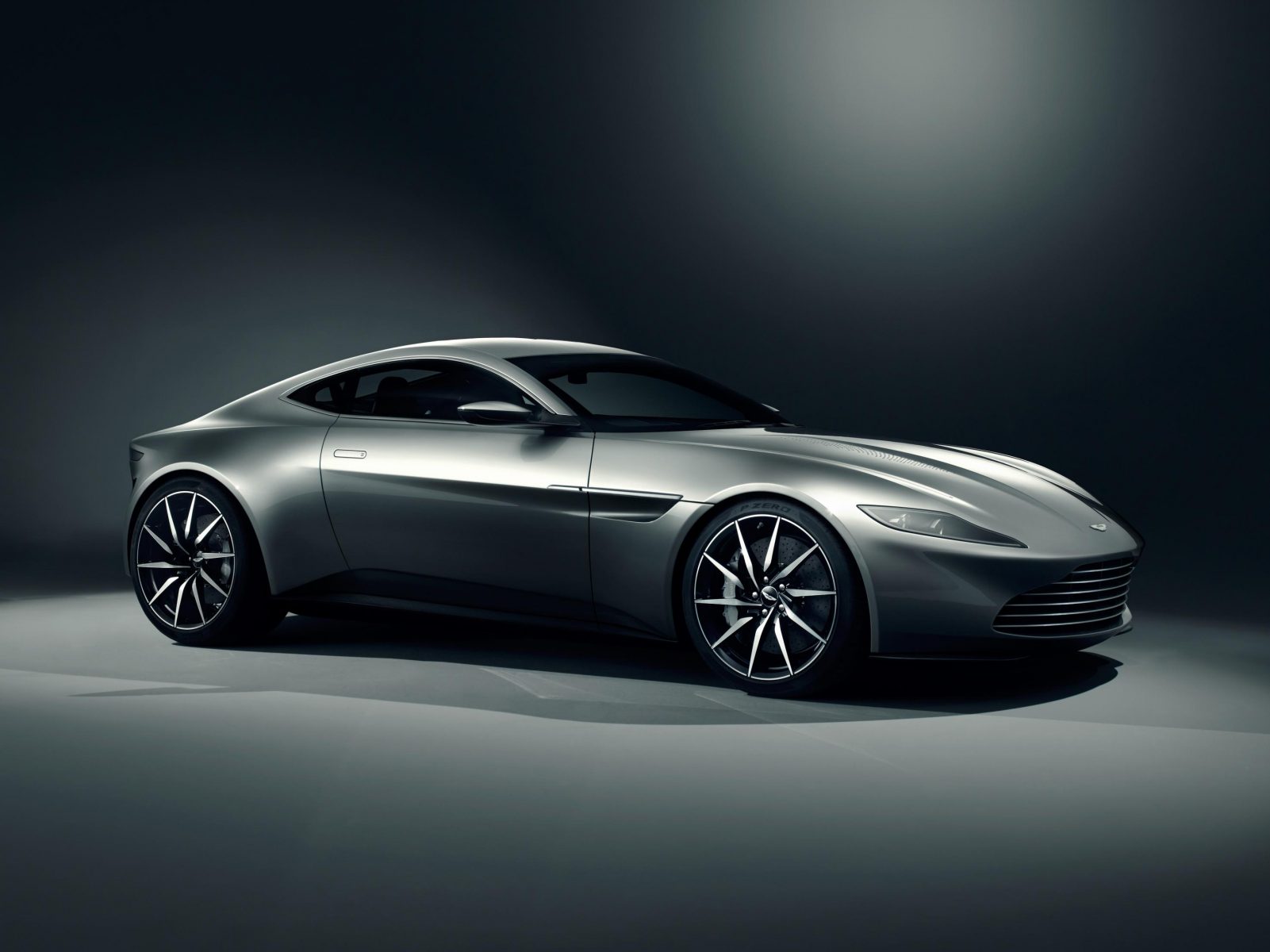
The Aston Martin DB10 was designed for one of the coolest film characters ever – James Bond. Sleek and elegant in design, it’s given way to the current Vantage – with many design cues on the production car lifted directly from the DB10.
There isn’t a single angle that the DB10 looks bad from. It’s got some hallmark Aston design features – the large, upside-down wing grille, for one – but it’s definitely a modern car. We’d argue it’s one of the most beautiful, too.
Range Rover
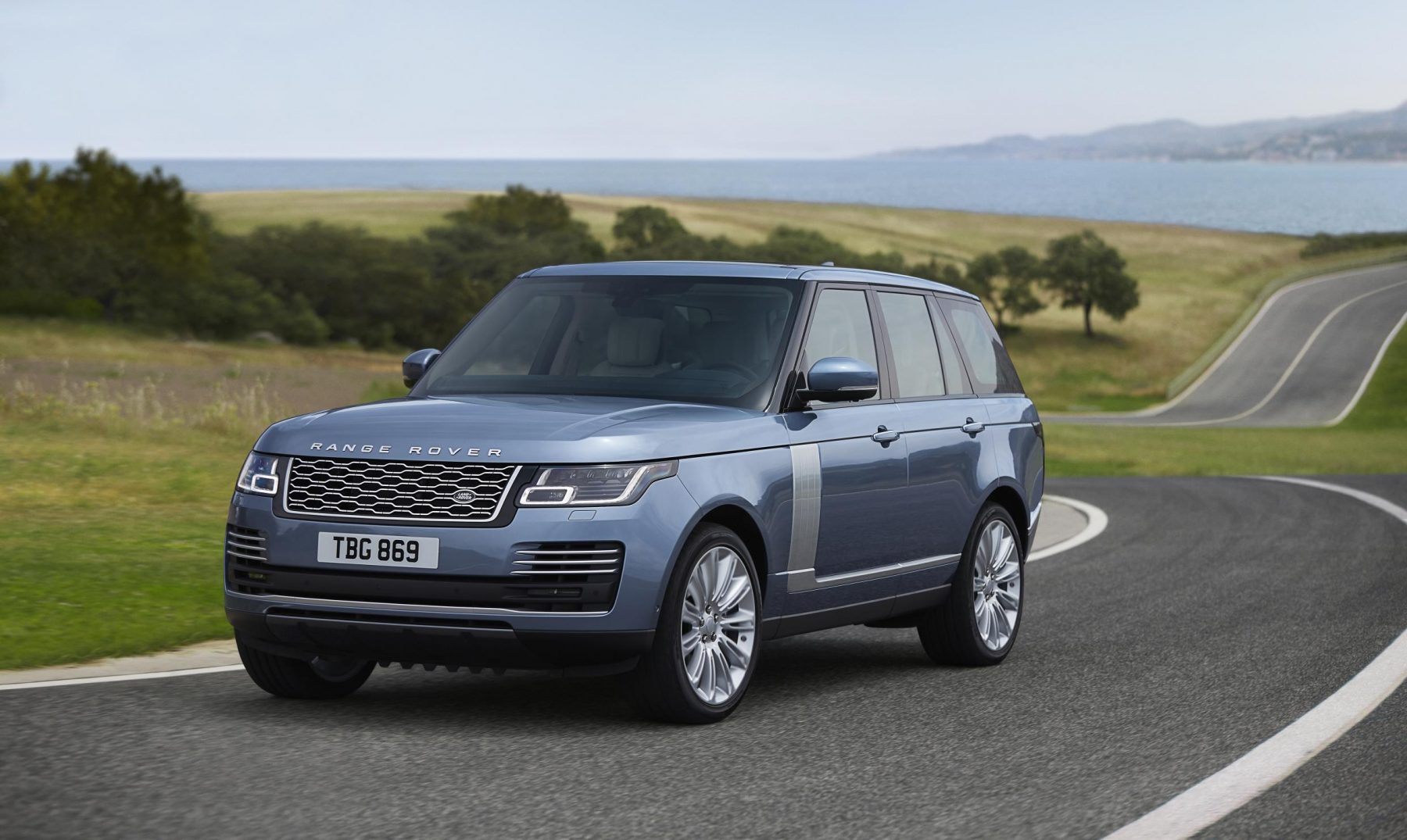
The Range Rover is one of very few totally classless cars – and we don’t mean that in a bad way. In fact, what it’s capable of is appearing totally at home wherever it is – whether that’s outside a fashionable Chelsea member’s club, up to its sills in thick mud, on a country estate or cruising round some of the less reputable suburbs in the country.
It helps that it’s an incredibly capable car – class-leading off-road, pretty decent on it, and equipped with one of the most luxurious interiors on the market. The imposing styling and sky-high driving position also ensure that whenever you’re behind the wheel, you feel like the king of the road – and there’s not much higher praise than that.
Triumph Stag
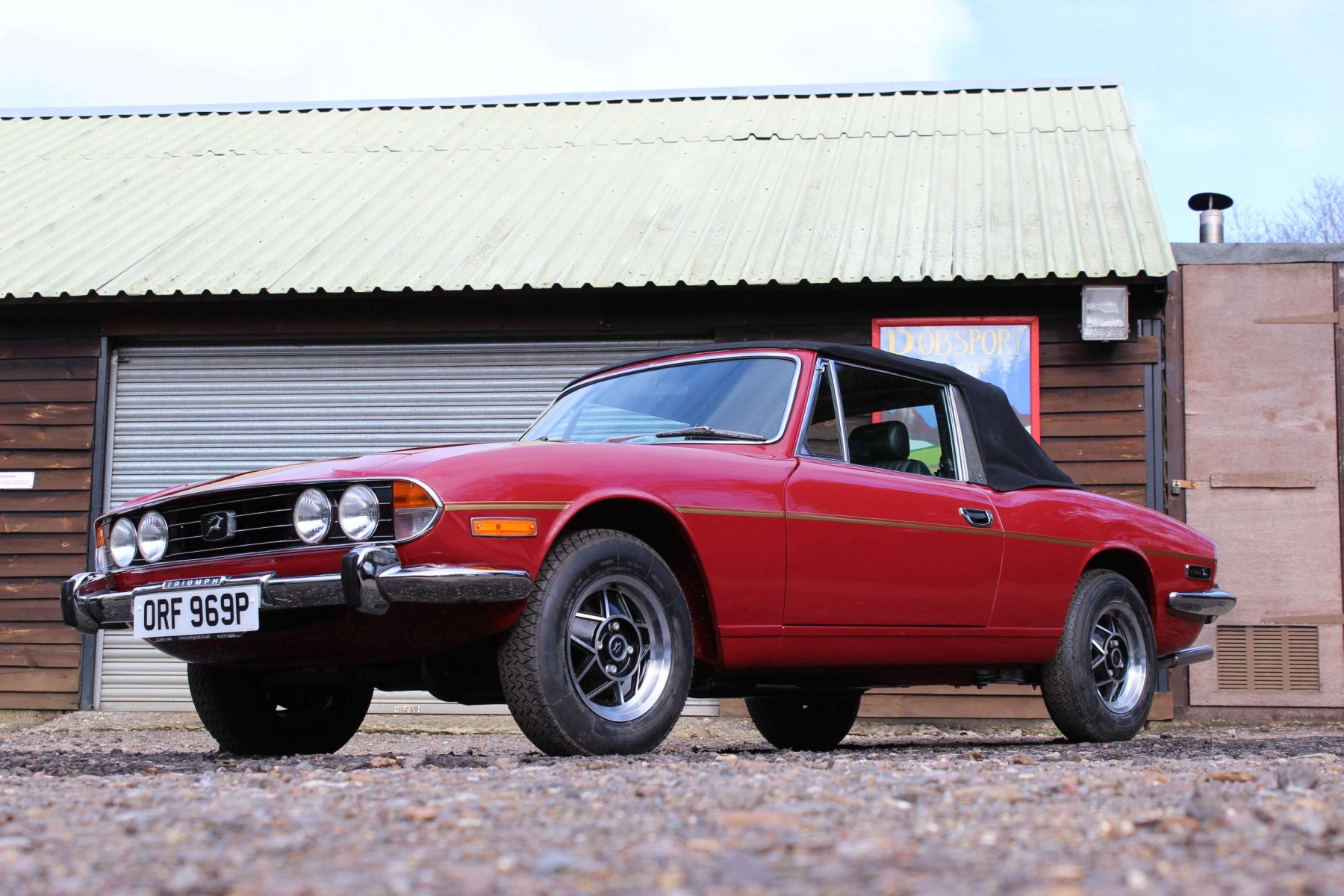
James May once described the Stag as ‘the blokeiest bloke’s car ever’. That’s not to say it was objectively fantastic, as it was slow, poorly built and heinously unreliable.
However, the Stag’s long, lean lines are undeniably equal parts gorgeous and striking, with testosterone flooding out of every panel gap. Make no mistake, if the Stag was a person, it would have a hairy chest with a medallion on.
Caterham Seven
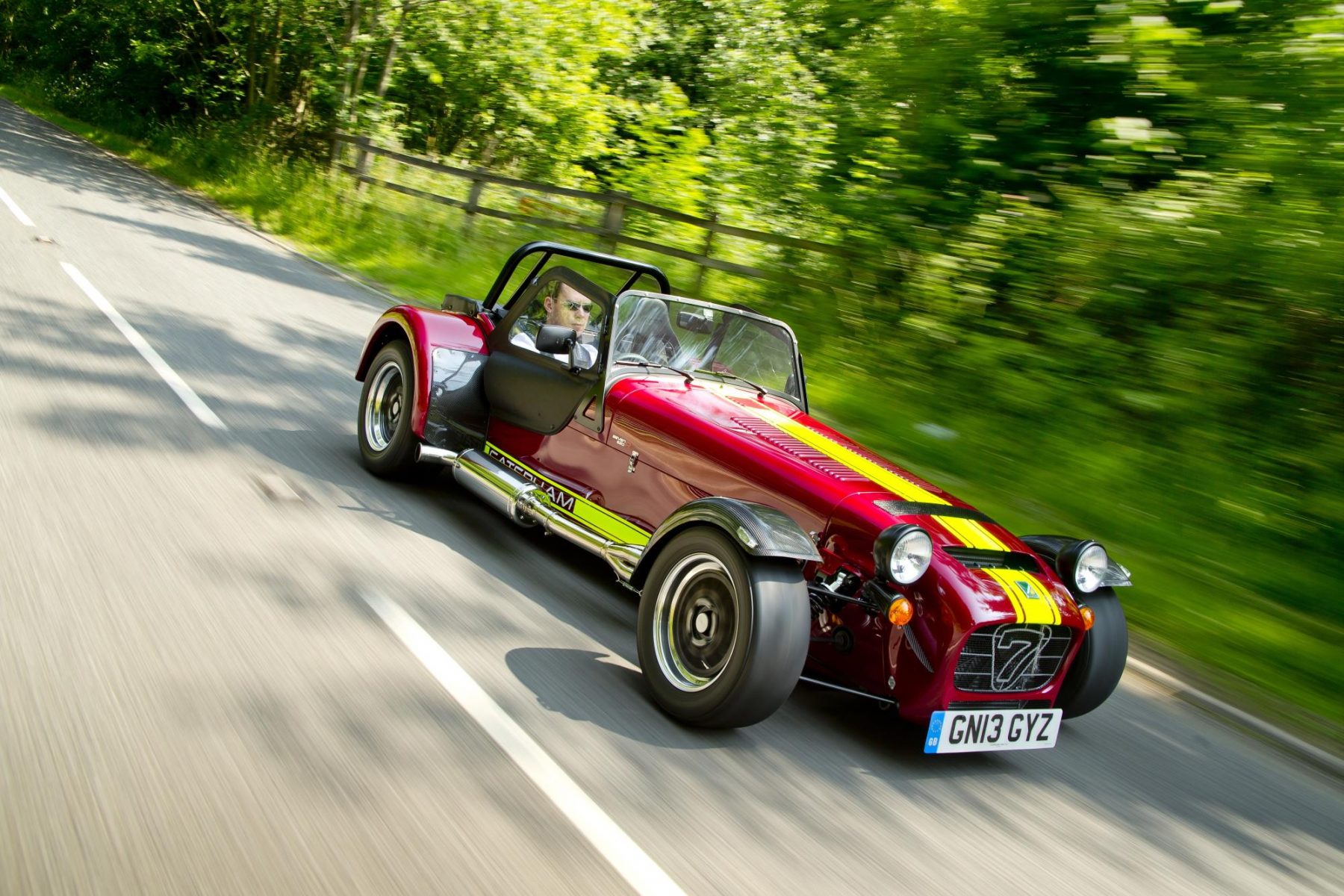
The Caterham has been around for some time now and, across the years, has changed very little in terms of design. It’s another car which has been created with lightness in mind, and in that sense, it’s very stylish indeed.
Even the widened SV chassis introduced relatively recently has the same styling as the traditional Caterham – and keeping things light is the name of the game. Its looks are created through a need to make it as sharp and agile as possible, and that certainly makes it distinctive.
Ariel Nomad

Okay, so it may not have actual styling, but the Nomad is an impressive thing to look at, simply because its looks are dictated by its function. Yes, it doesn’t have any doors and yes, the likelihood is that in the rain you will get wet, but the way the Nomad moves down the road – or any surface, for that matter – is nothing short of incredible.
It may not be one of the most ‘stylish’ cars on this list, but its looks are impressive because of its dedication to going fast.
Jaguar E-Type
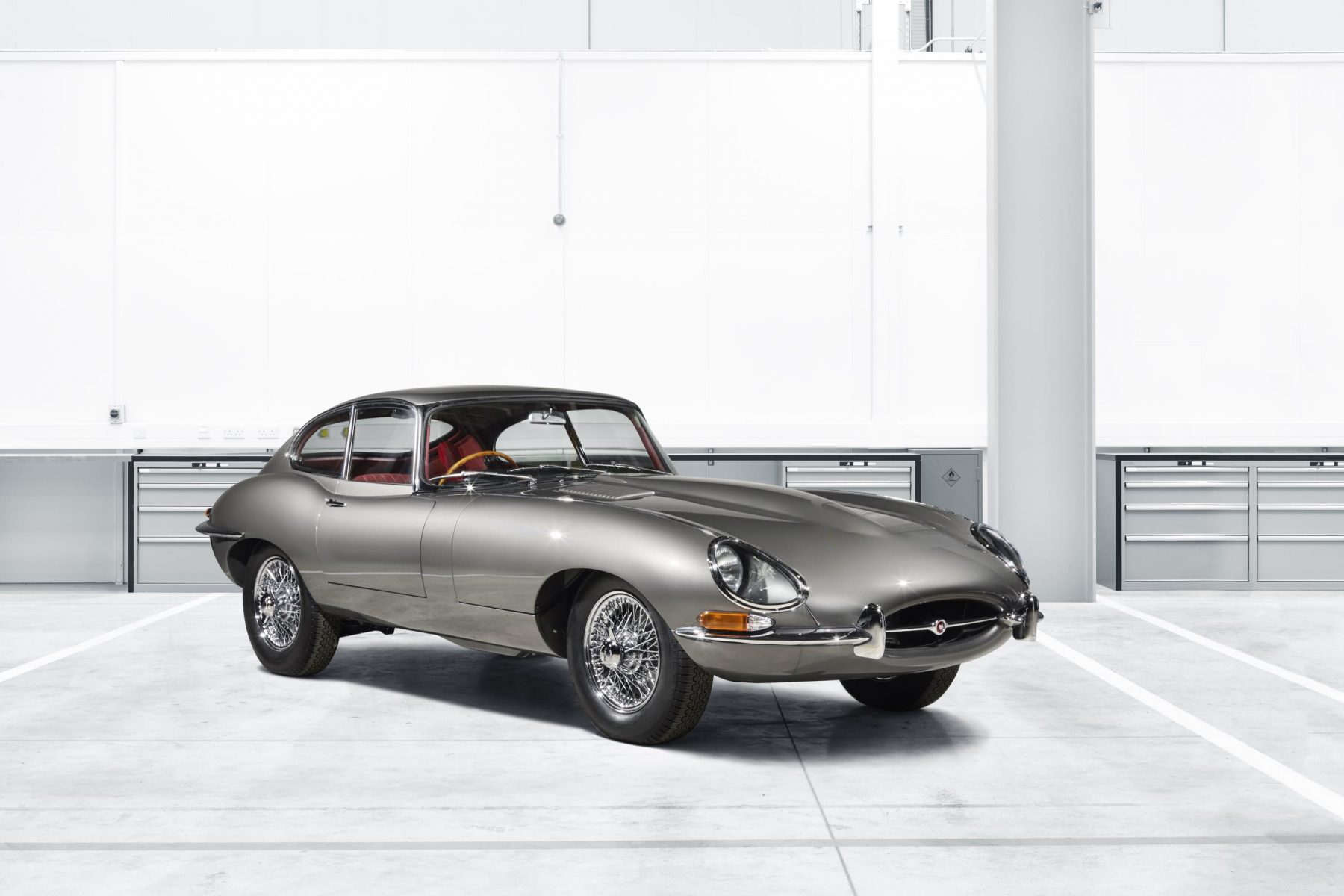
We couldn’t in all good faith leave the Jaguar E-Type out of this list. It’s been voted one of the most beautiful cars ever made more times than we could count, is always one of the first mentioned whenever you’re asked for a British icon, and quite frankly it’s just stunning.
It was also surprisingly accessible, providing British drivers with one of the cheapest routes to 100mph+ motoring. Effortlessly cool, timeless, sleek, and stylish – that’s the E-Type.
Aston Martin DB9
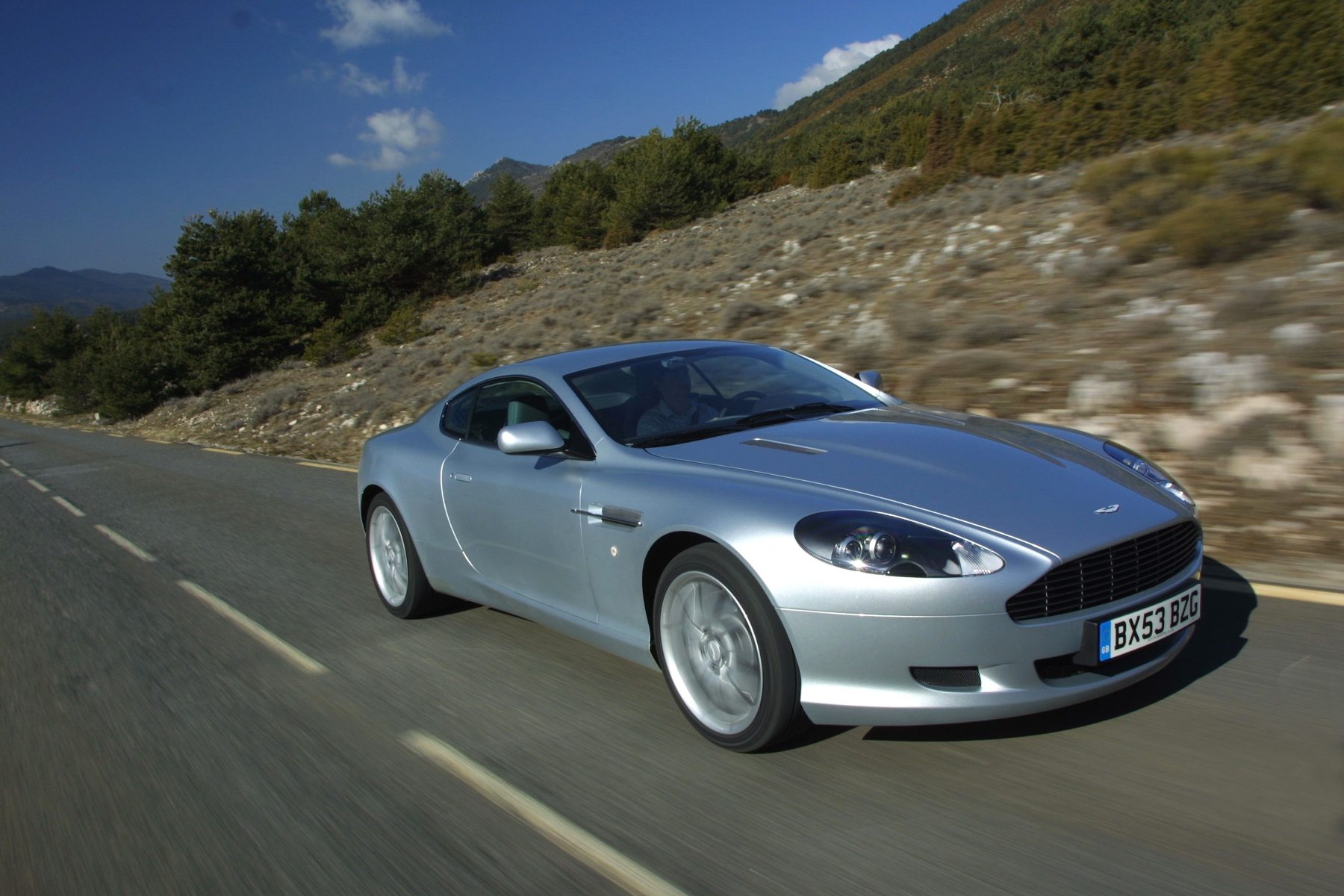
When Aston Martin revealed the DB9 back in 2003, it kicked off a whole new generation of vehicles for the British manufacturer. Even now, the V12-powered grand tourer looks effortlessly stylish, with its raked roofline and long, swooping bonnet echoing design touches of past Astons while also moving forwards.
It became immediately desirable, and set the precedent for future Aston vehicles. Even now, with a new wave of cars coming into the market, the visual influence of the DB9 is easy to see – and that’s no bad thing at all.
Morgan Plus 8
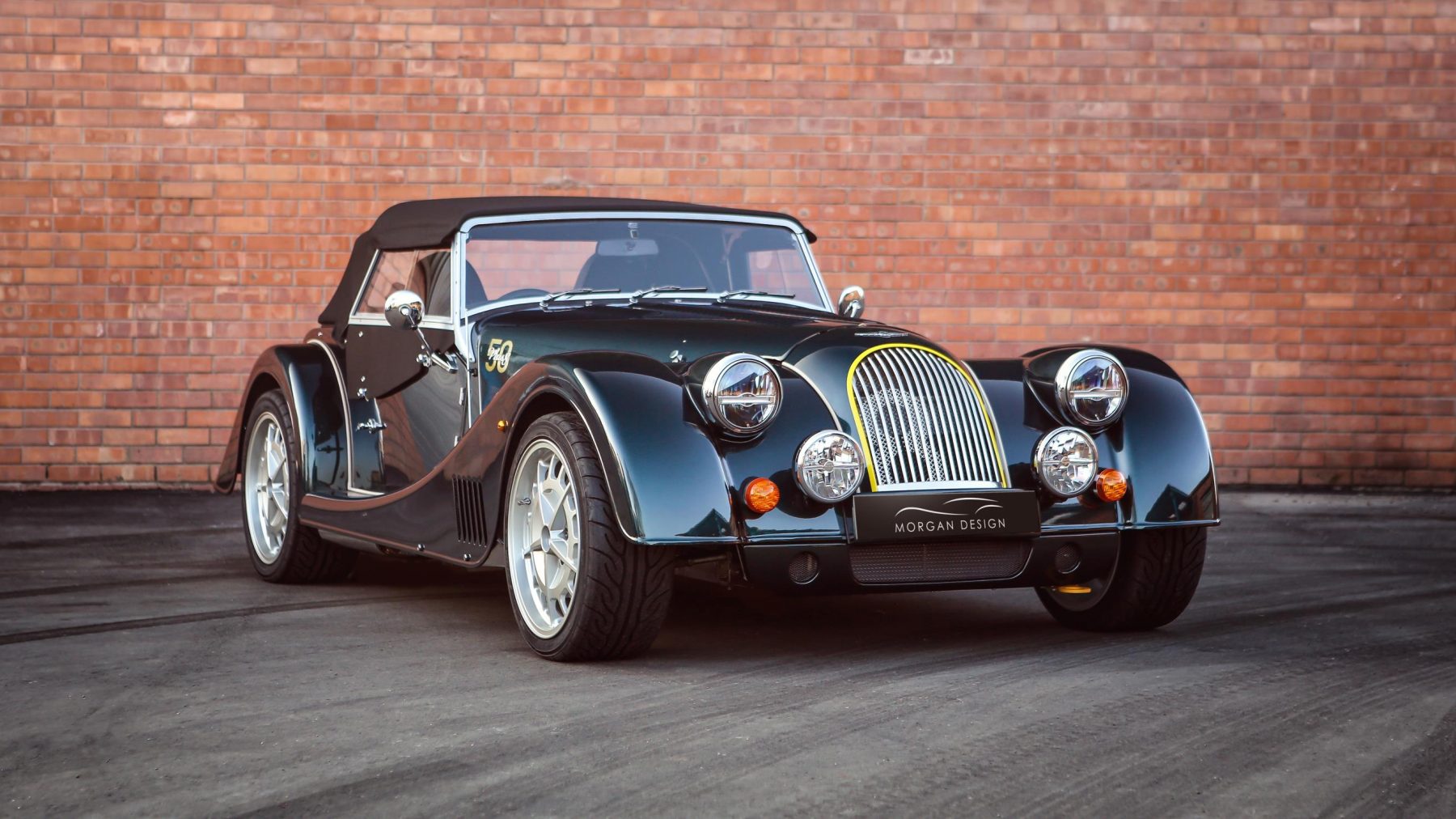
To some, the Morgan Plus 8 may be a little olde-worlde, but its long, flowing hand-beaten bodywork laid over an aluminium and ash wood frame is an exquisite blend of old building techniques and up-to-date technology.
In a world of sharp, angular car designs dictated by modern design methods, the Plus 8 is a breath of fresh air. The interior’s styling is equally as good, with large dials and hand-stitched leather combining to create a cabin which is more of a transport to yesteryear than a conventional cockpit.
Rolls-Royce Dawn
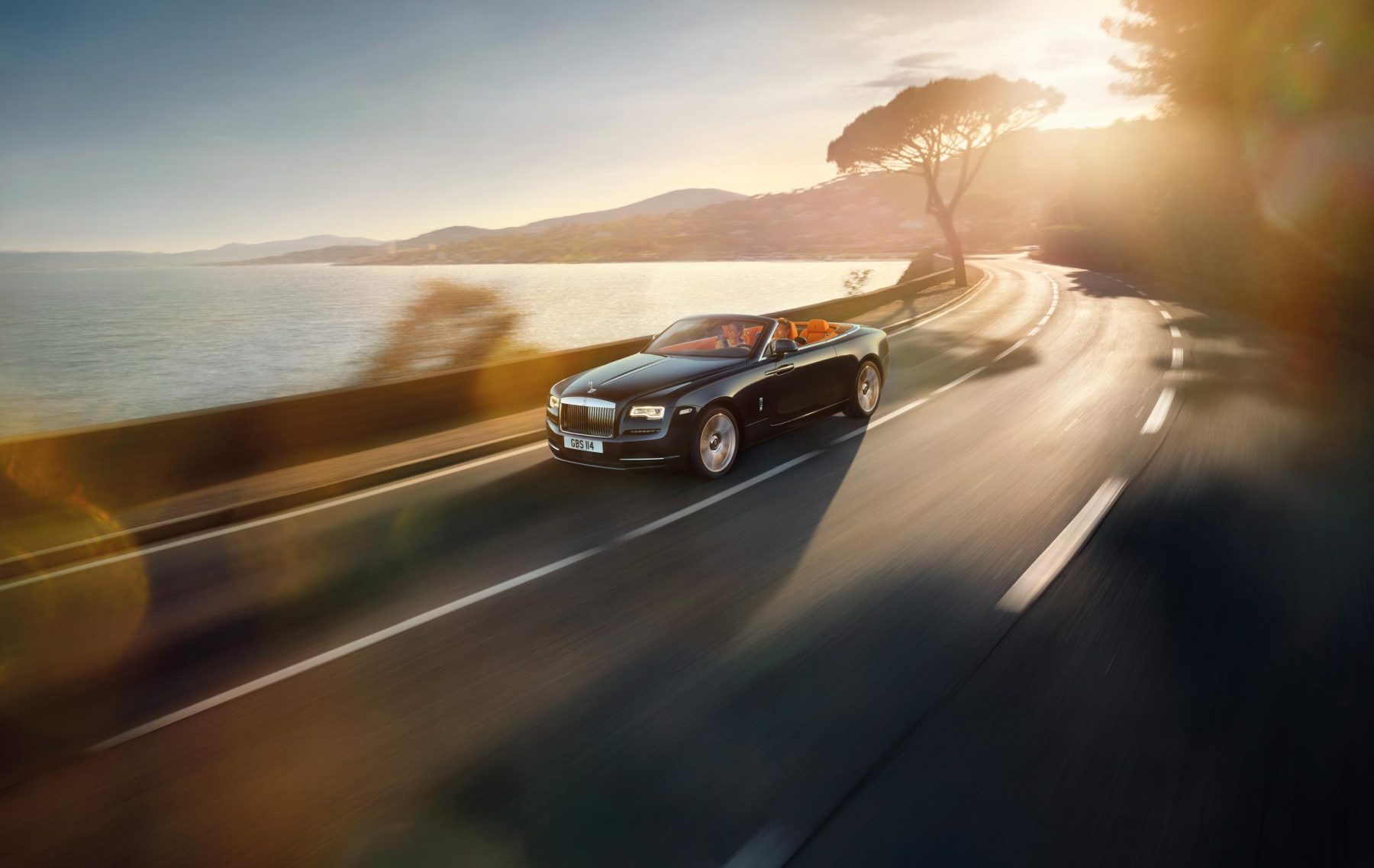
The Rolls-Royce Phantom is all very well if you want to be whisked around in total luxury. But what if your primary goal is to see and be seen? Then you’ll need the Dawn, which is Rolls-Royce’s flagship convertible.
It’s the size of a small country but remarkably sleek, and exquisitely detailed throughout – as you’d hope for a car that costs well above the average house price in the UK. It’s also eerily silent, but put your foot down and the 563bhp V12 engine will hustle you to scary speeds in no time at all. In many ways, it’s quite magical – and definitely a car for the exhibitionist.
Mini
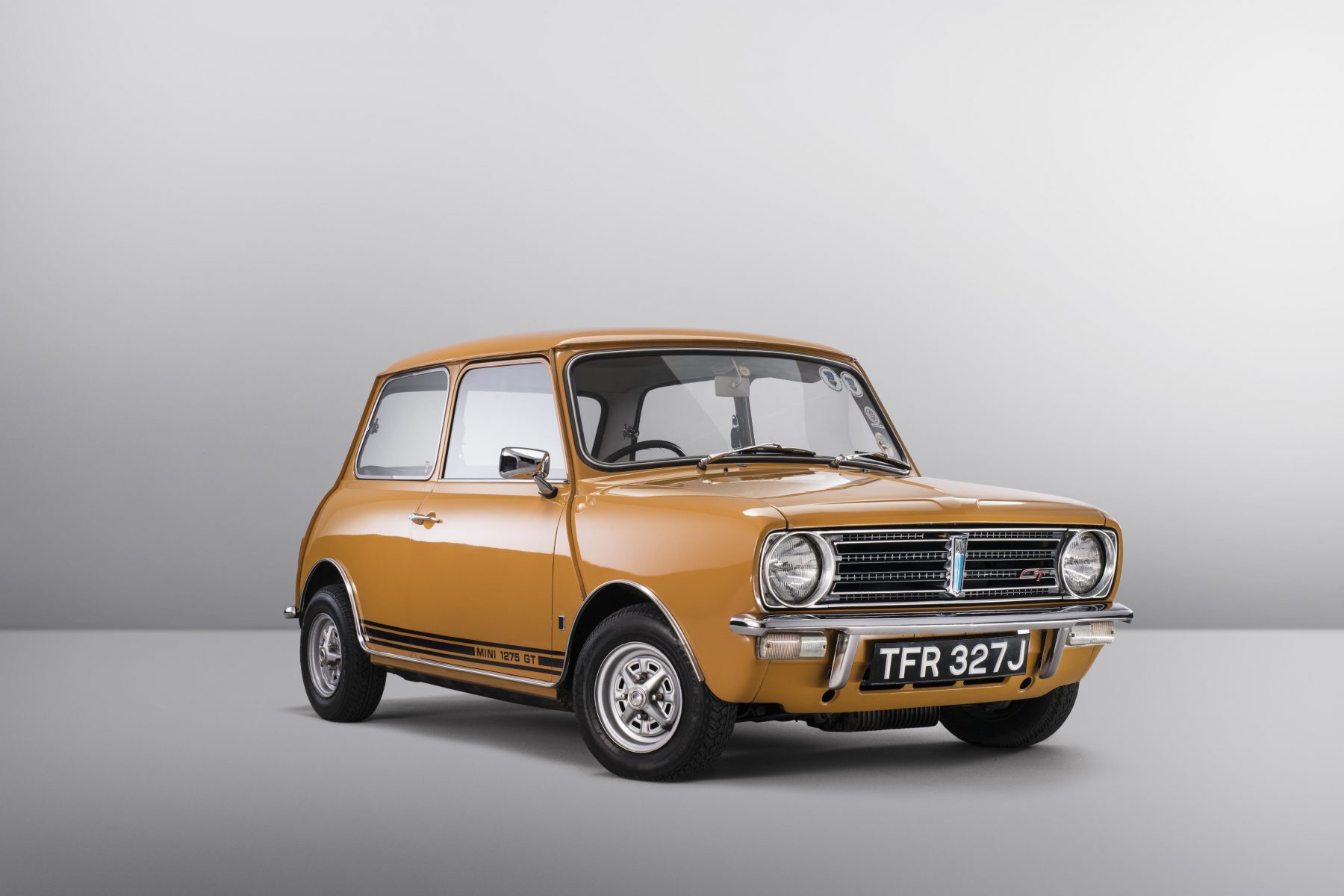
The Mini is easily one of the most iconic car designs of all time. Created through the need to produce a compact car with decent interior space, it’s overall architecture is all about creating room where there really shouldn’t be any. A Mini is recognisable on any road, in any country – and it’s all down to way it looks.
The ‘new’ Mini has attempted to capture some of the magic of the original, and has done well in some respects. In others, it will never be able to match the iconic first-generation car in the way it looks.
DeLorean DMC-12
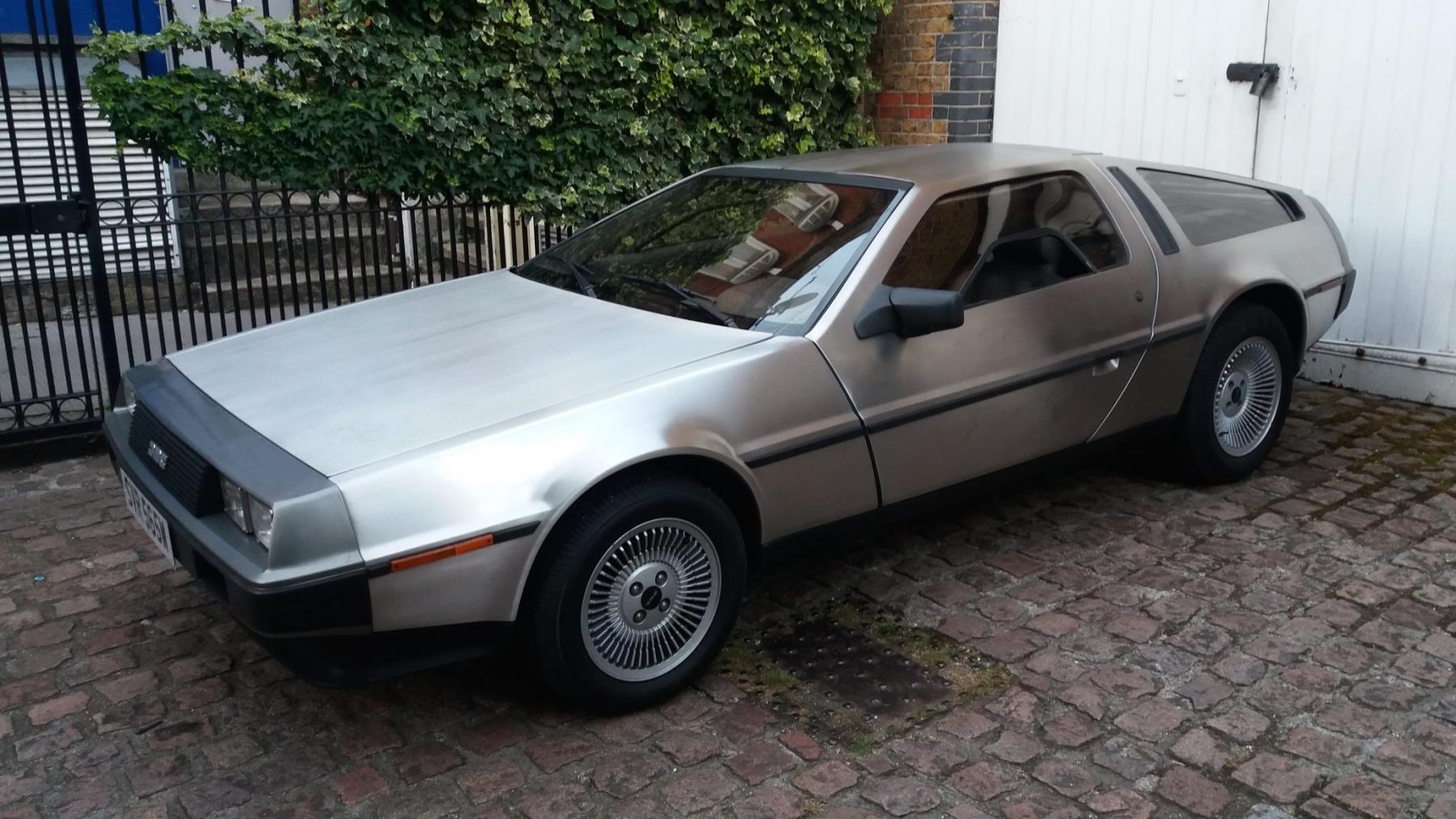
The DeLorean DMC-12 was but a fleeting entry into the ever-changing world of motoring, but it certainly made an impact. Built in Northern Ireland, the DMC-12’s body was designed by Giorgetto Giugario of Ital Design, and crafted from brushed stainless steel.
Then there were the doors. The DMC-12 featured gullwing doors, giving it an even bigger visual impact when parked. Yes, the DeLorean DMC-12 was short-lived, but it’ll go down as one of the most iconic cars of all time – and easily one of the most impressive to look at.
